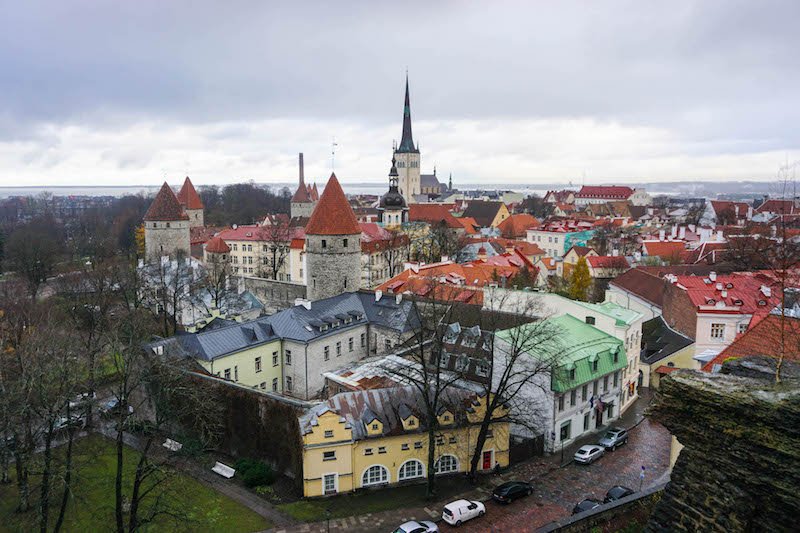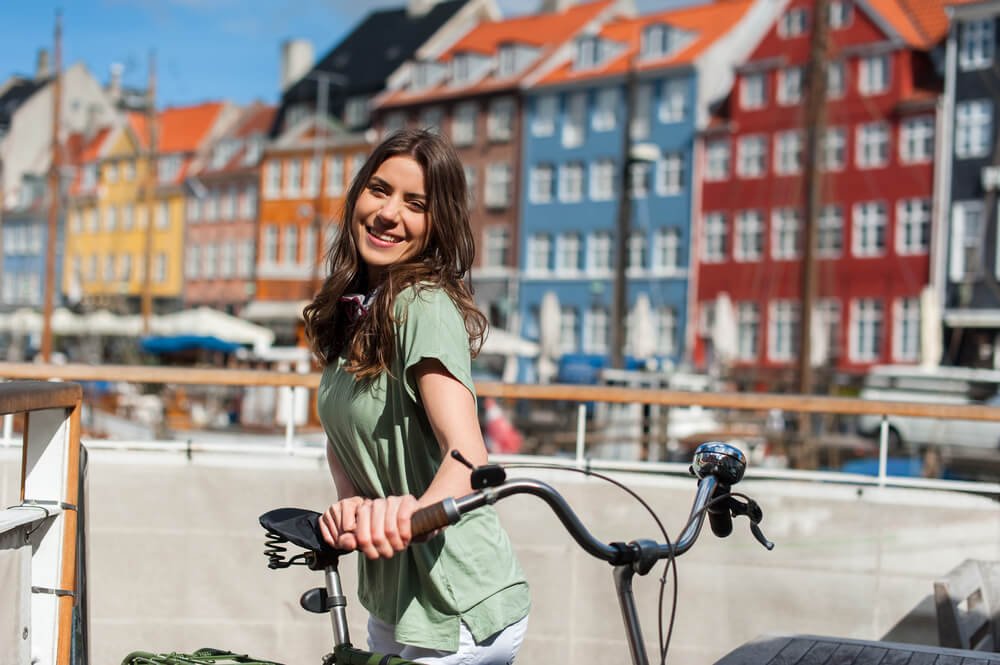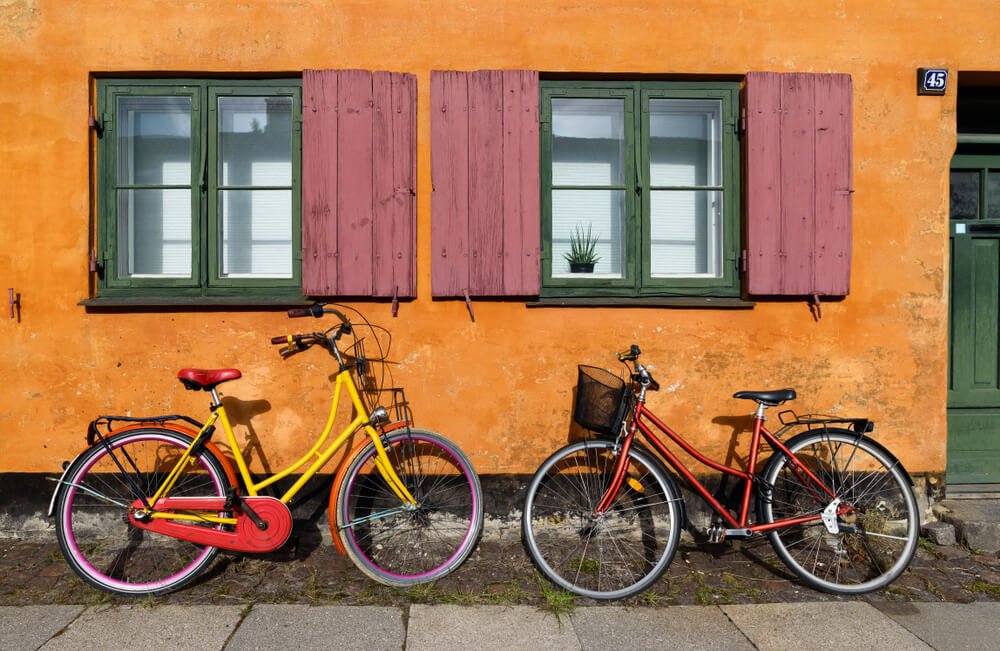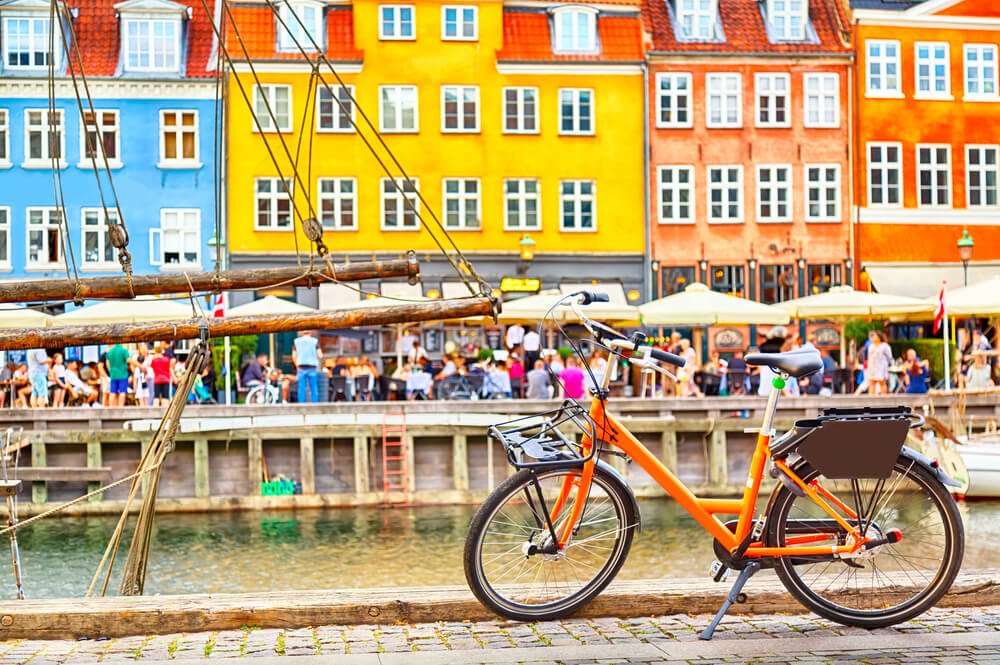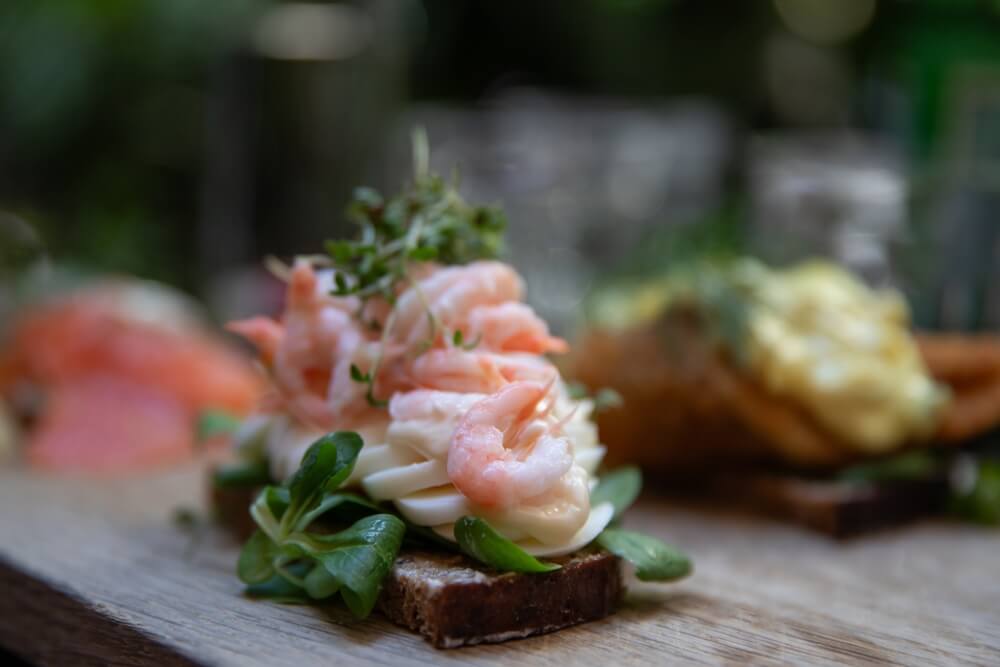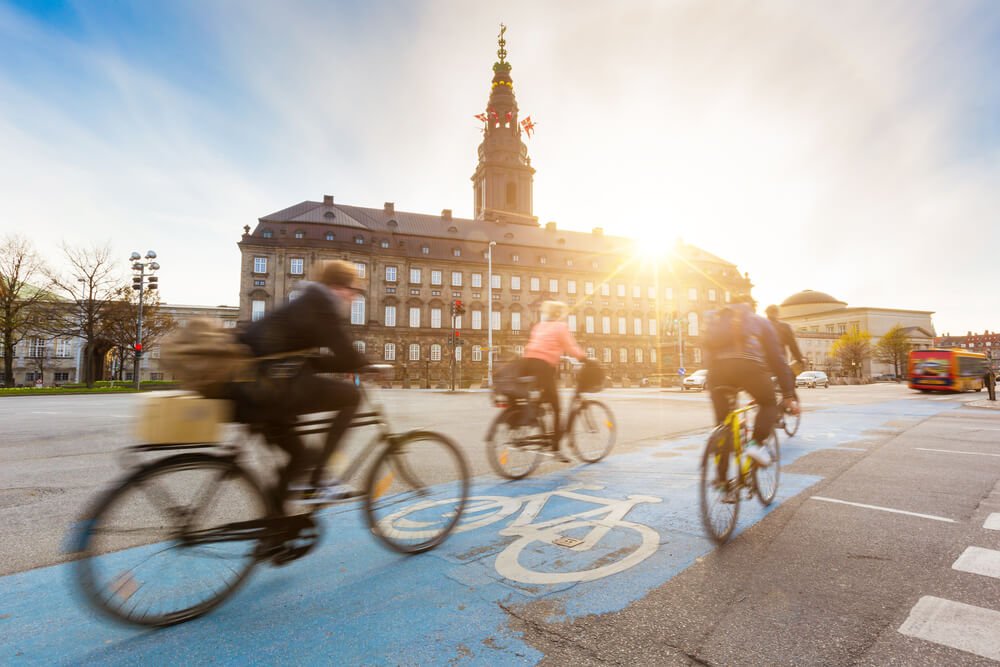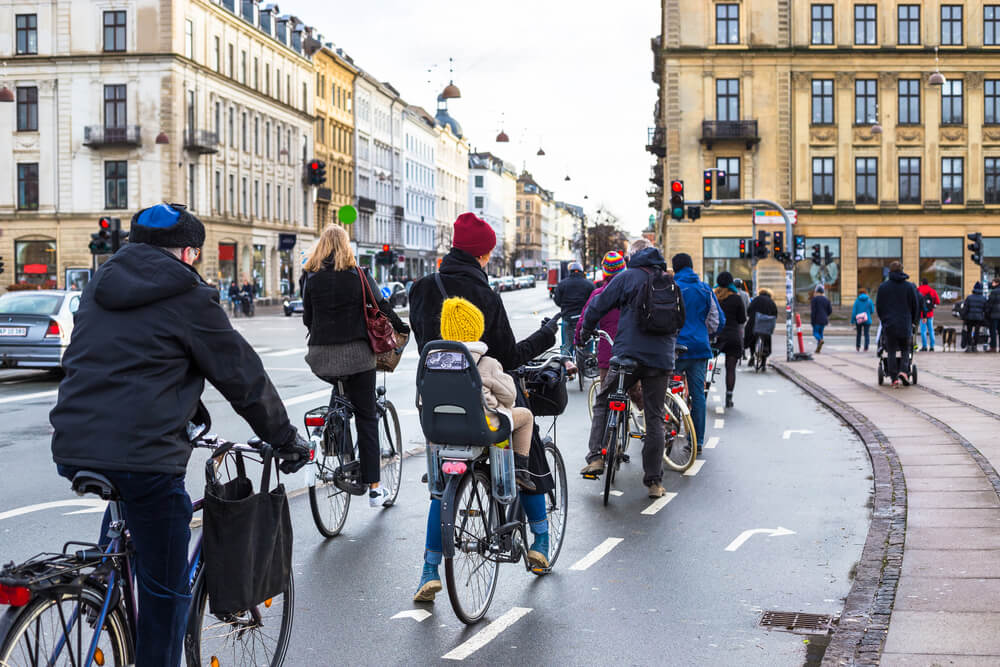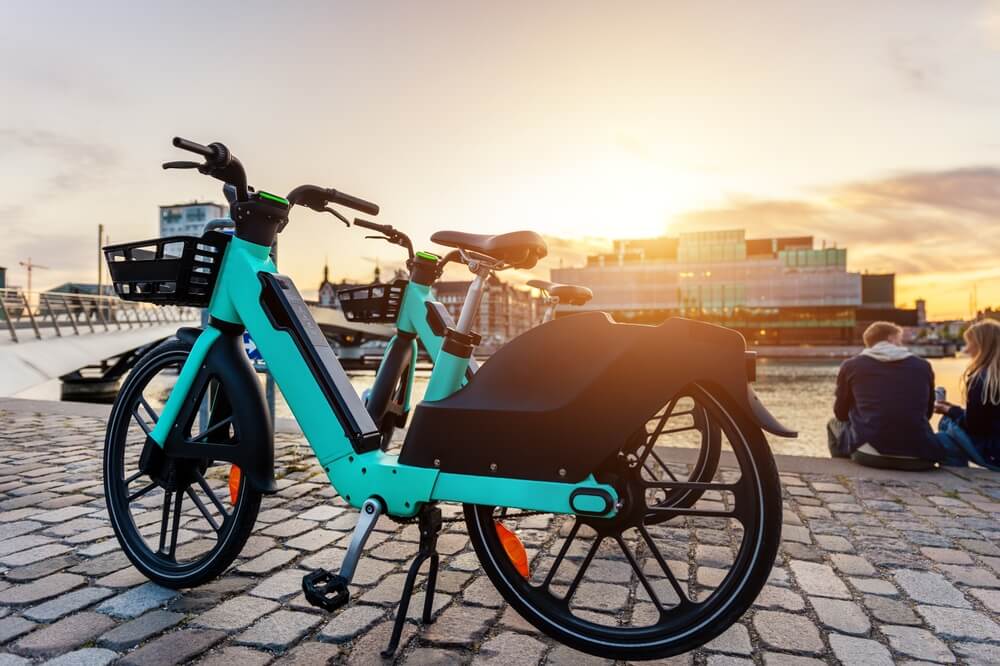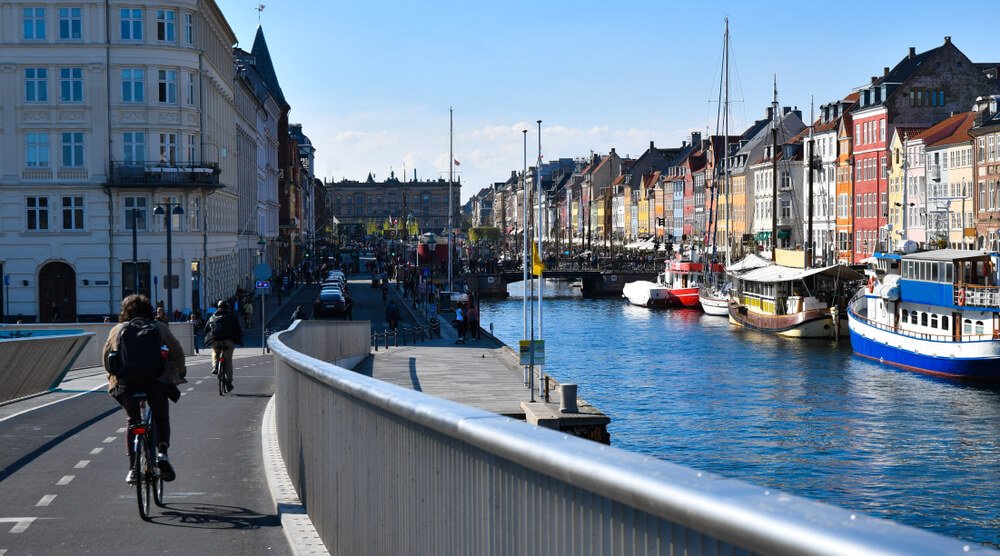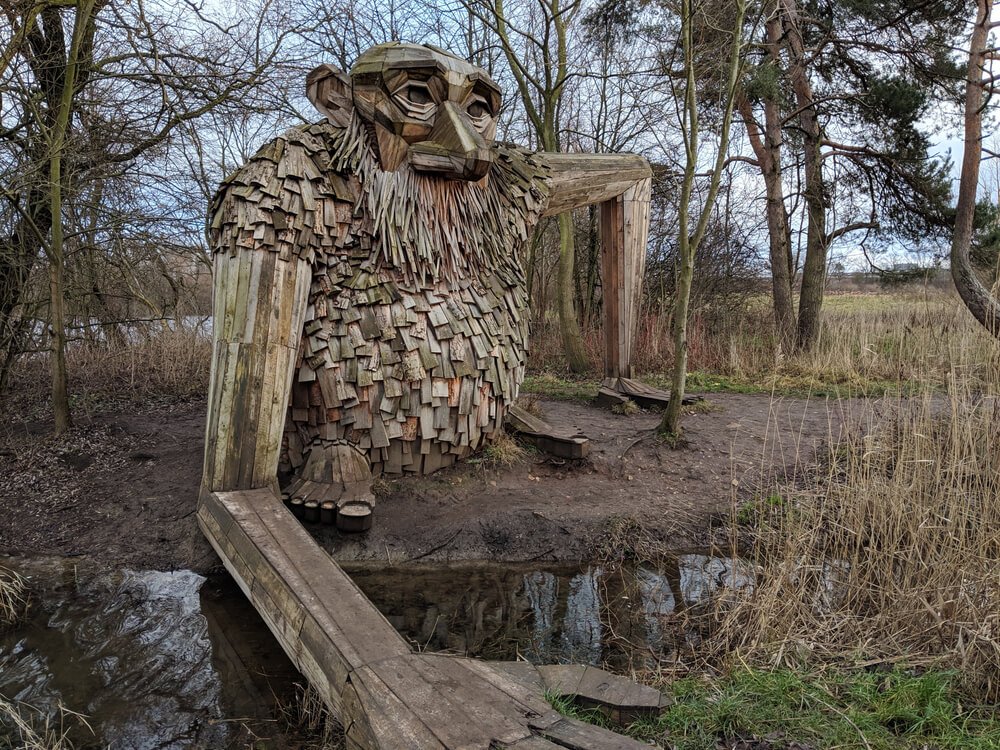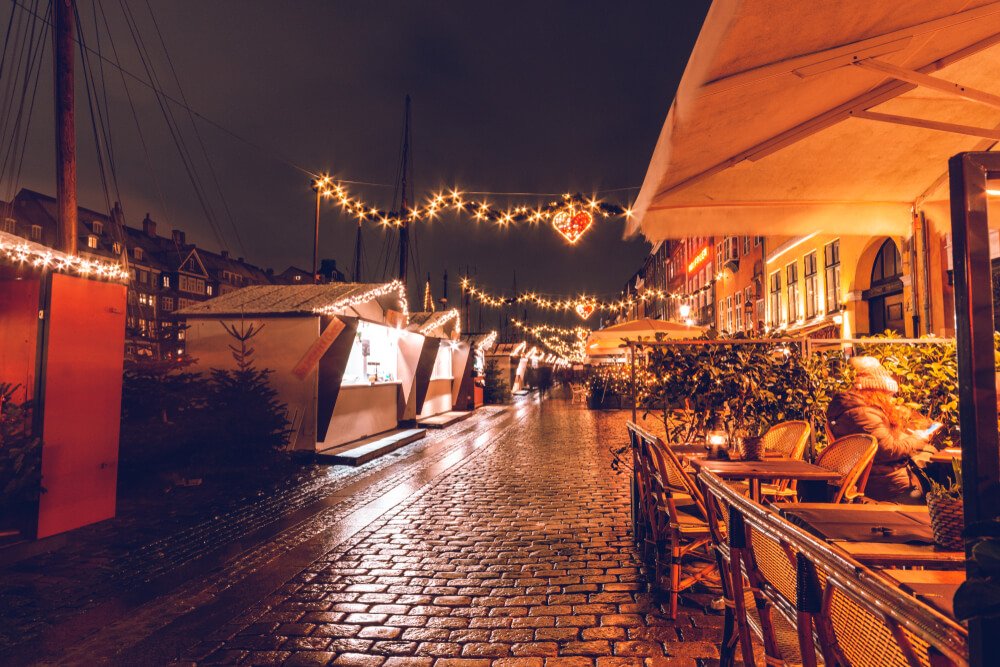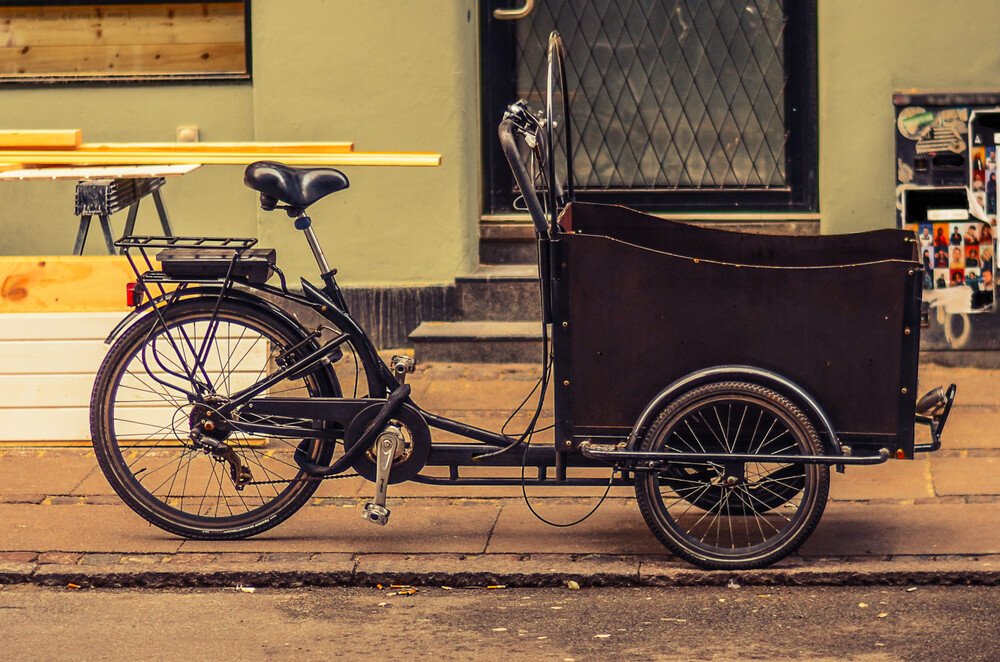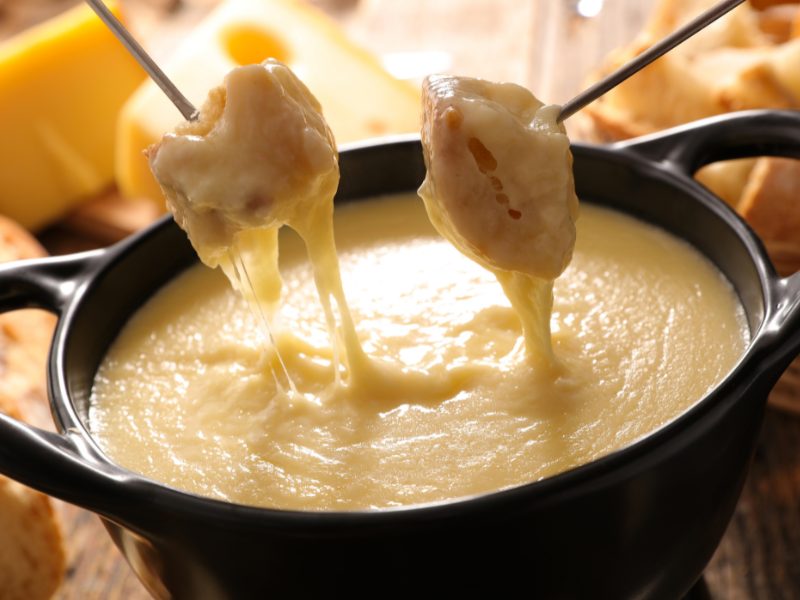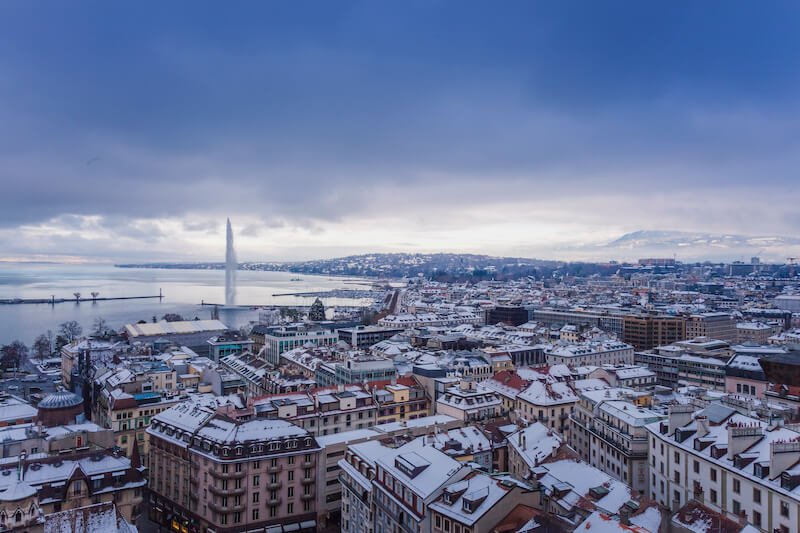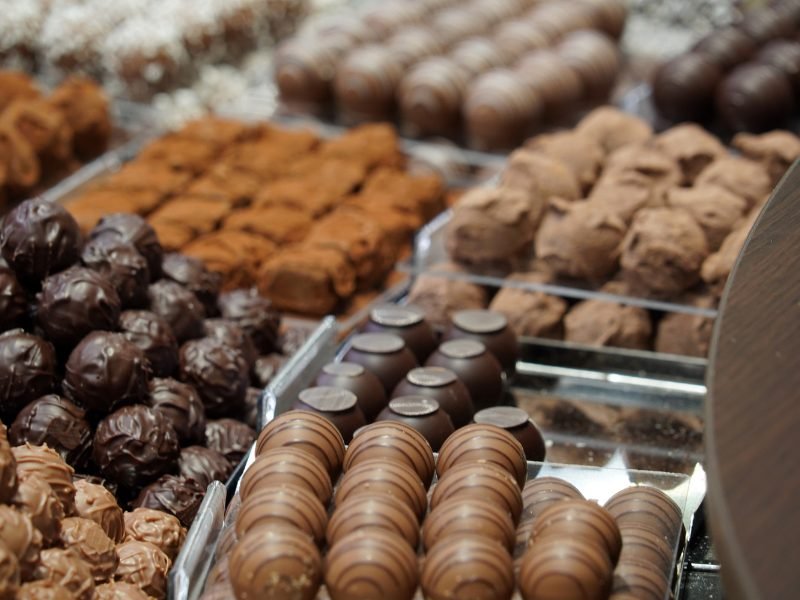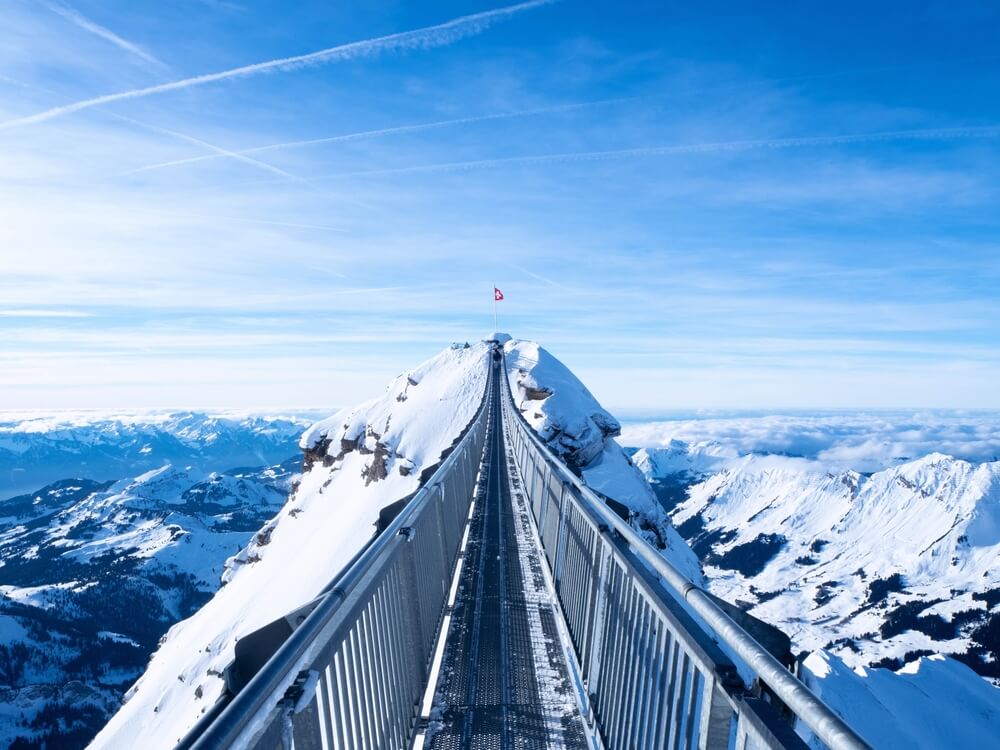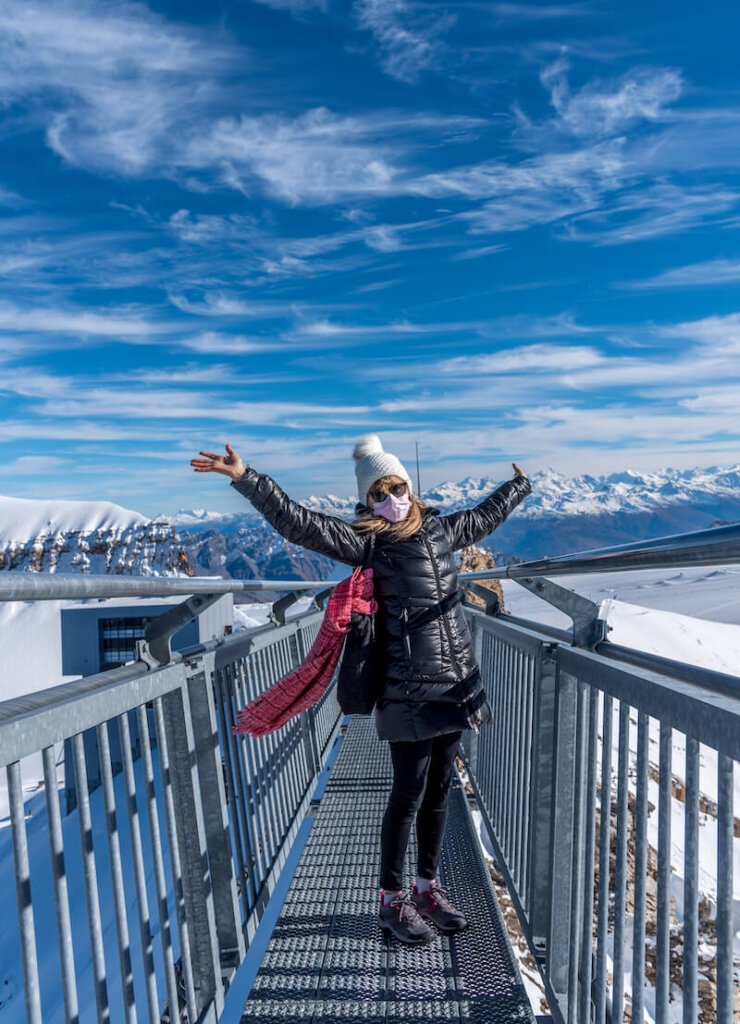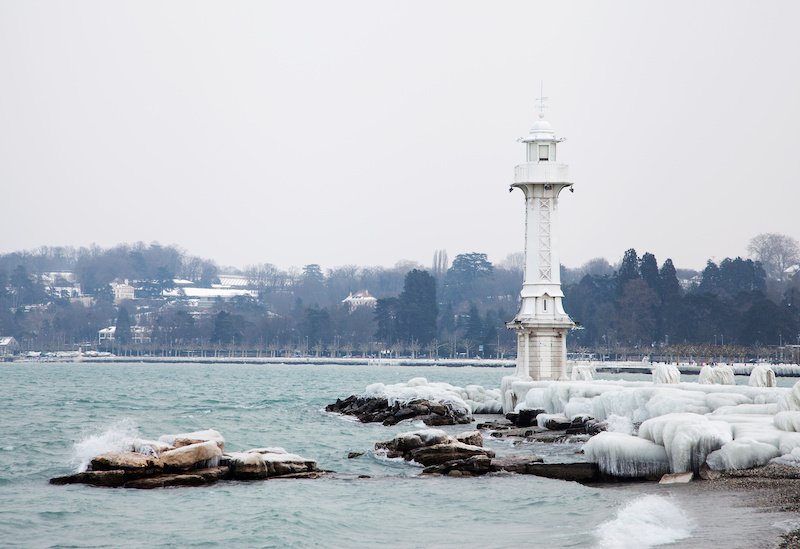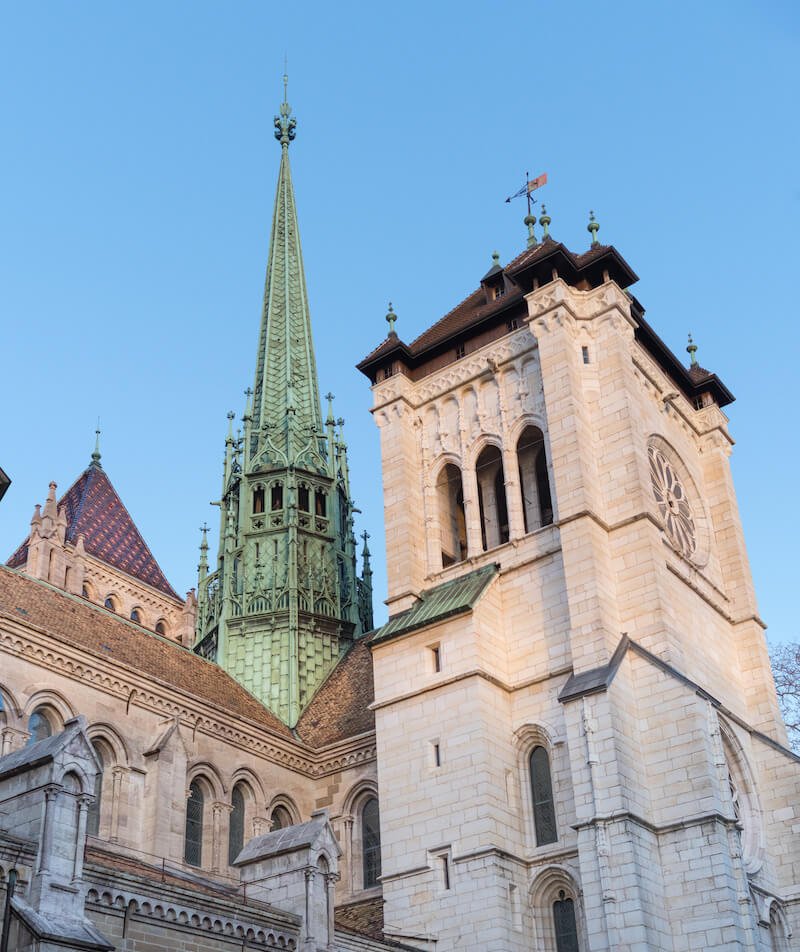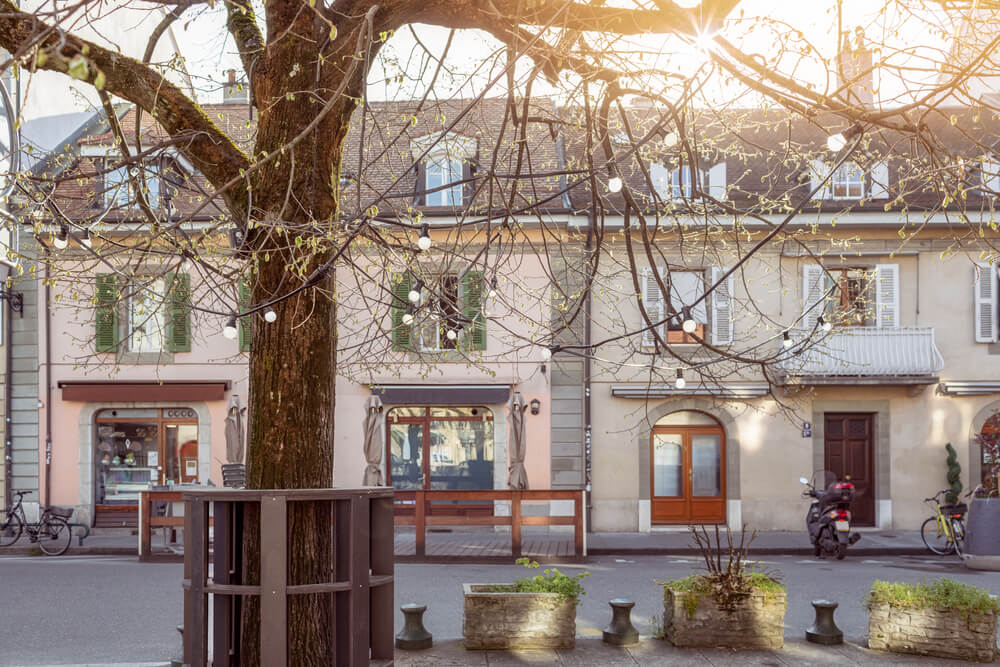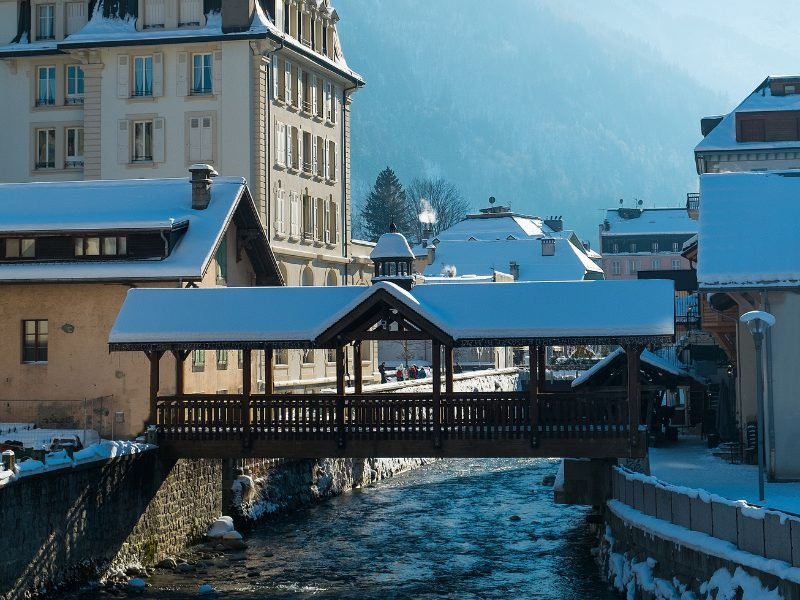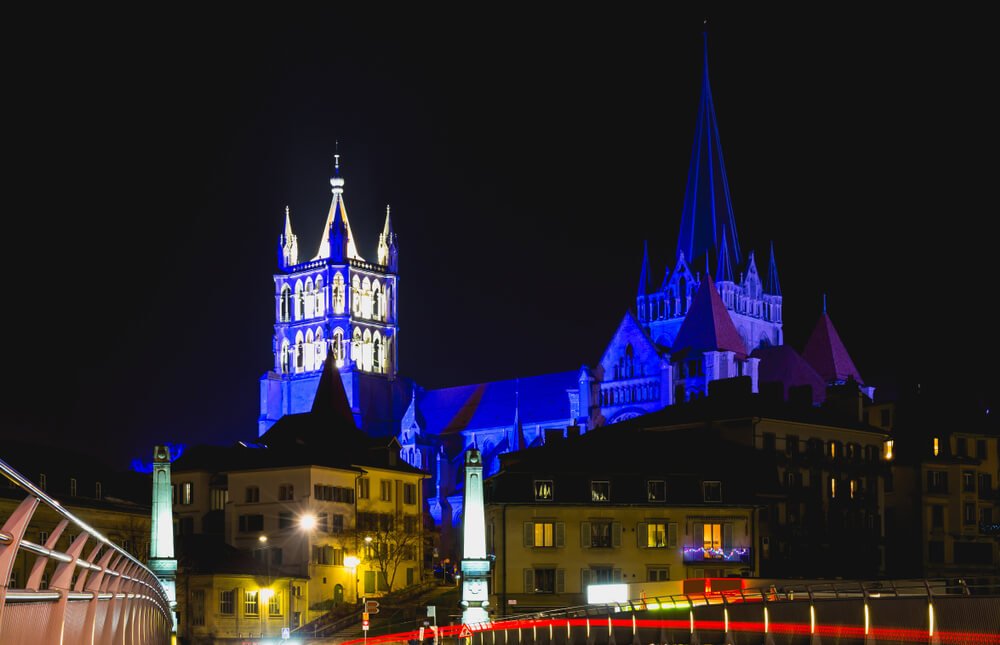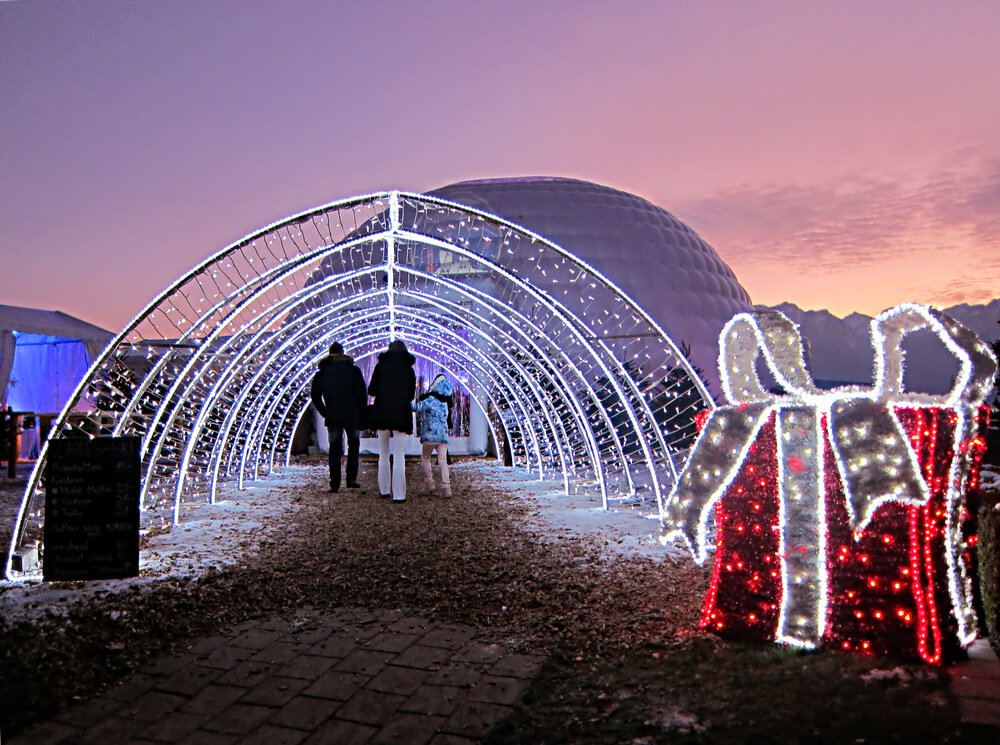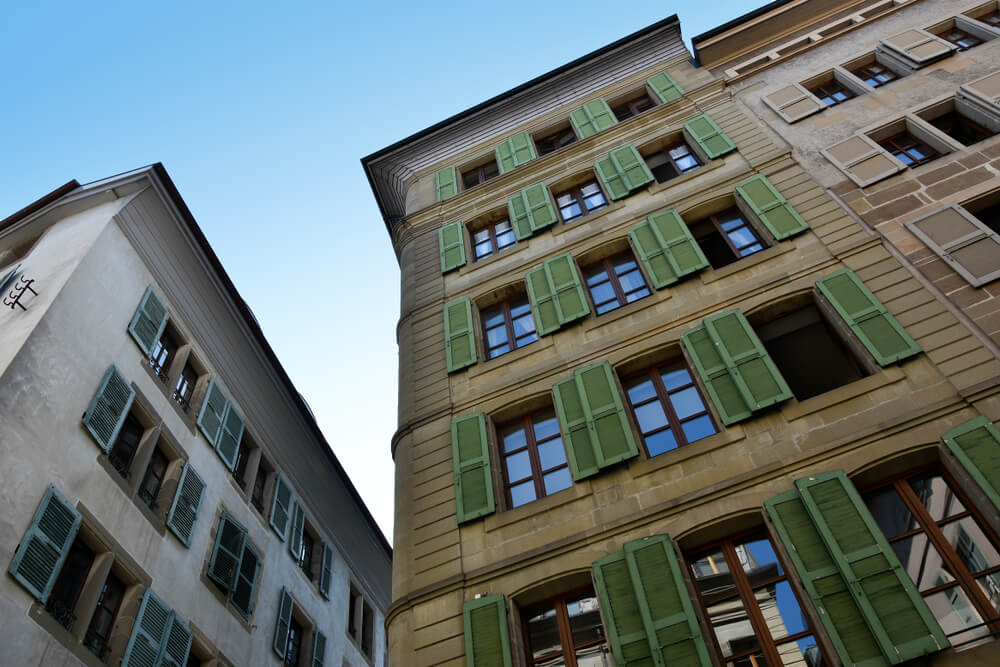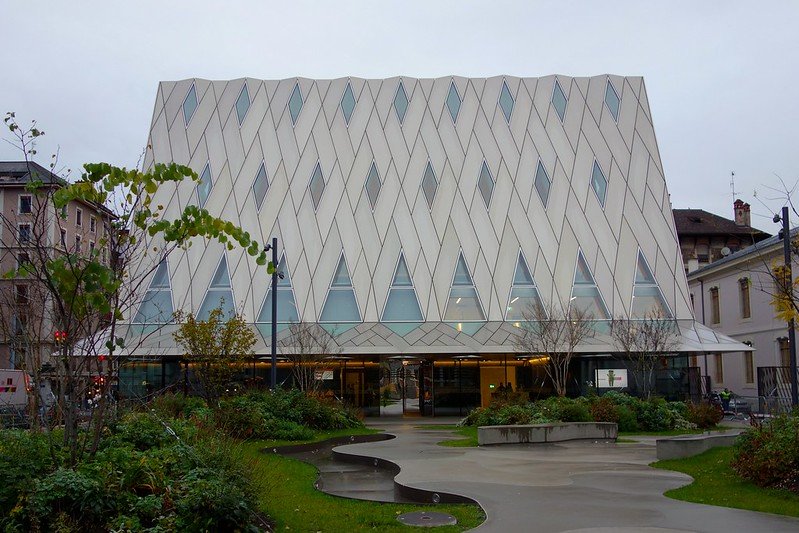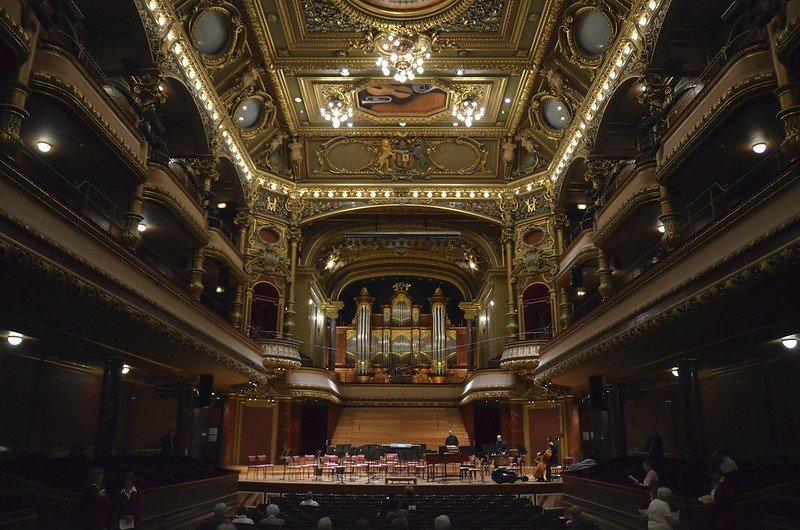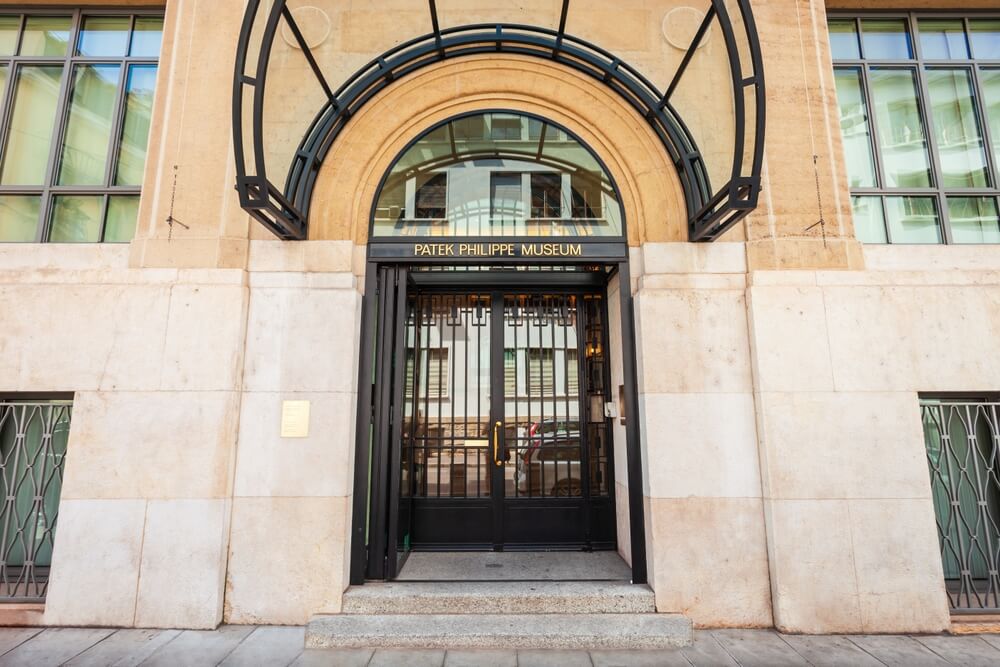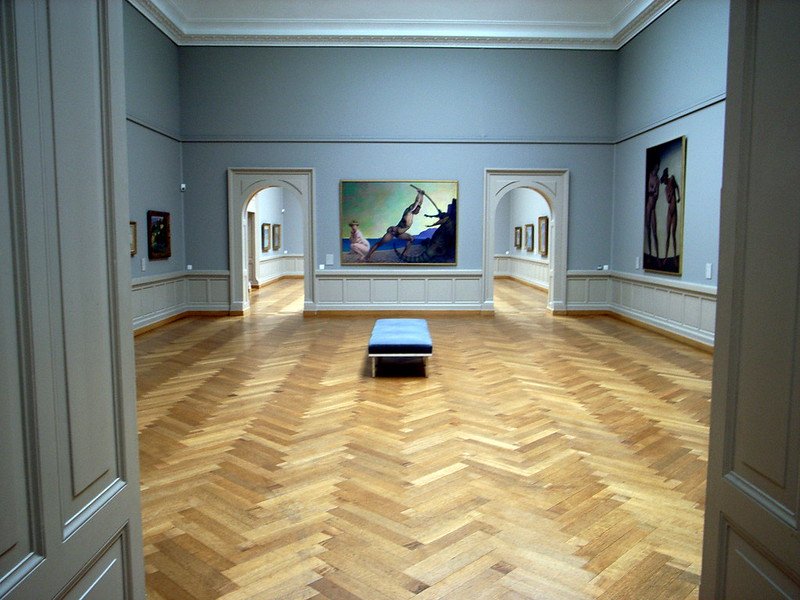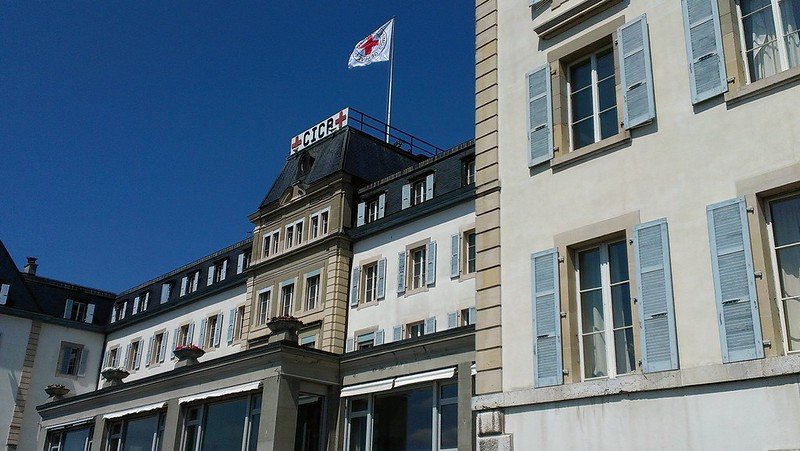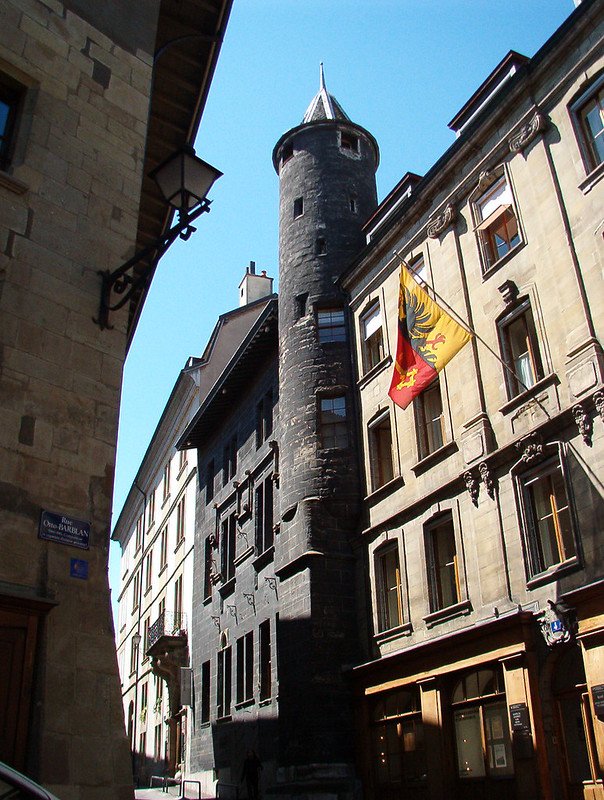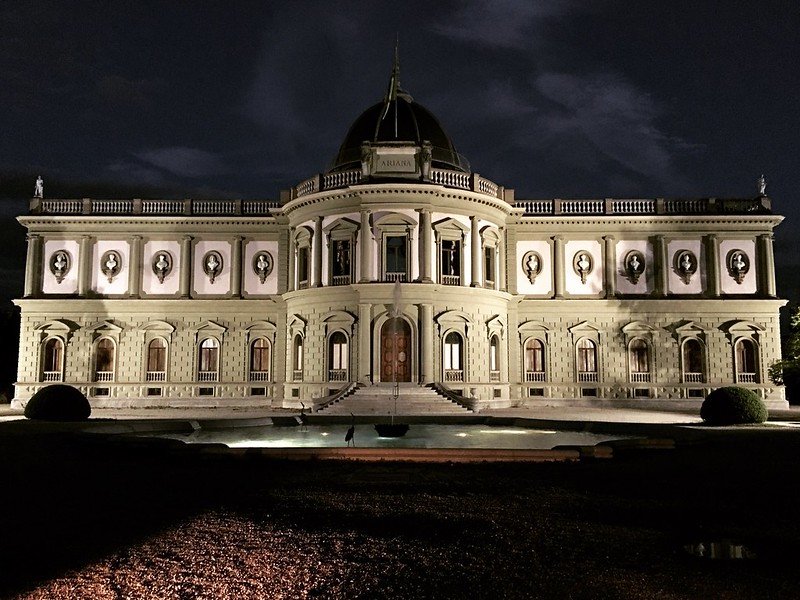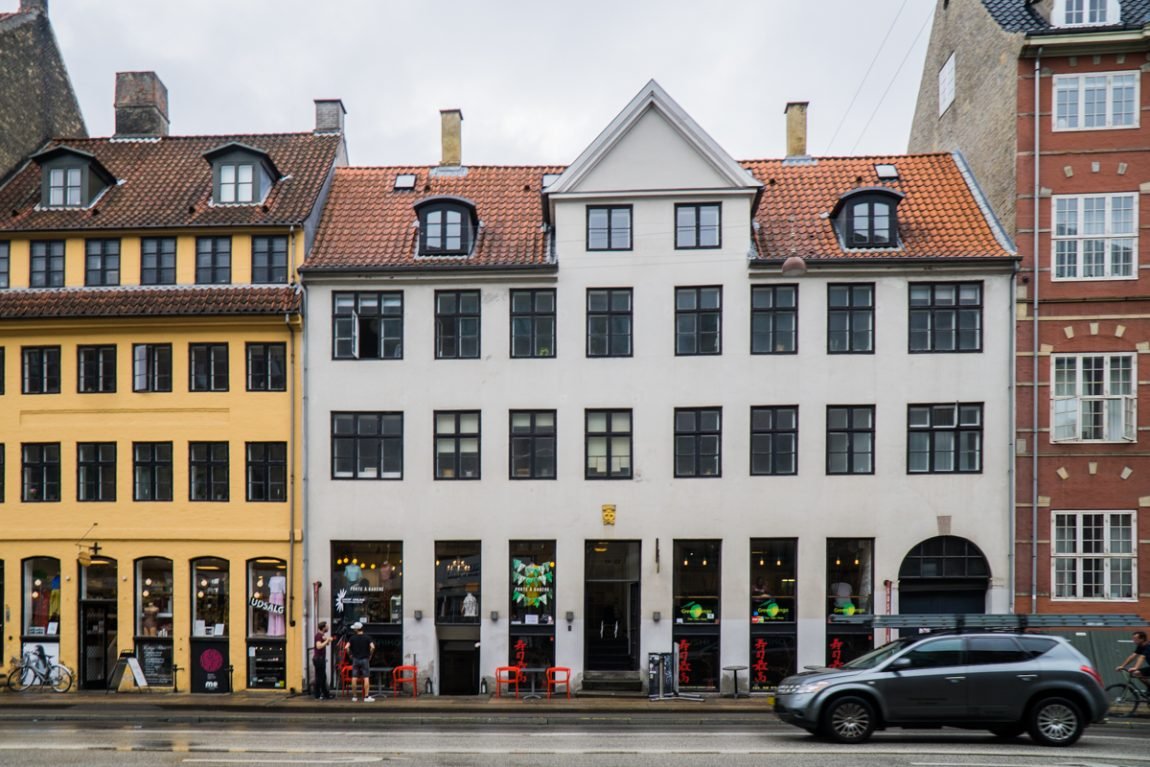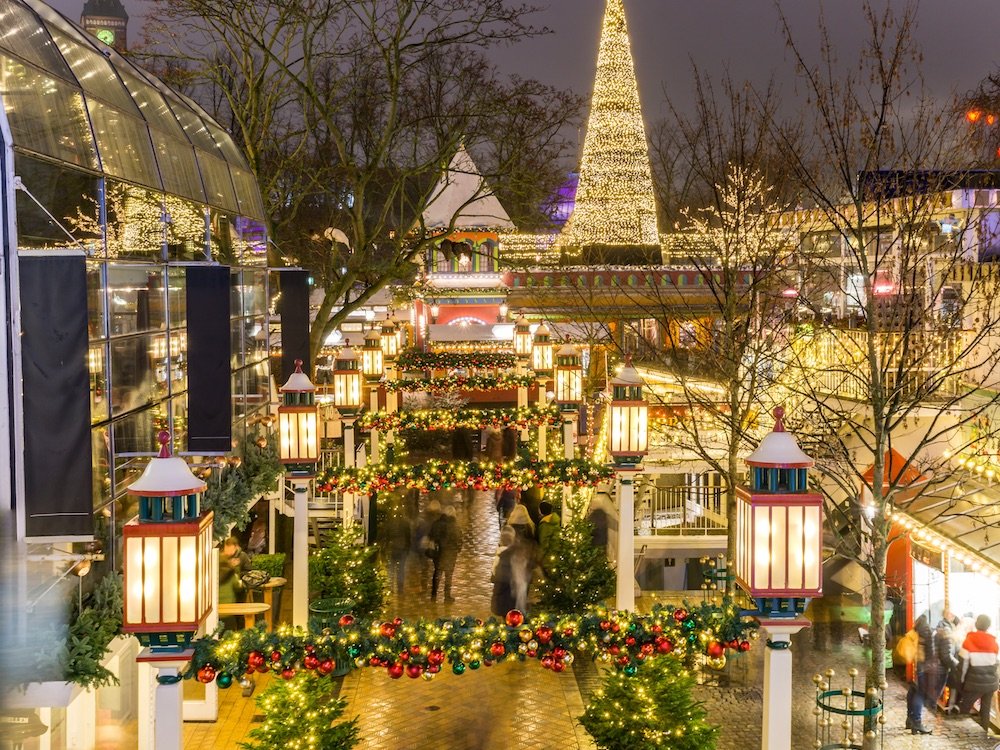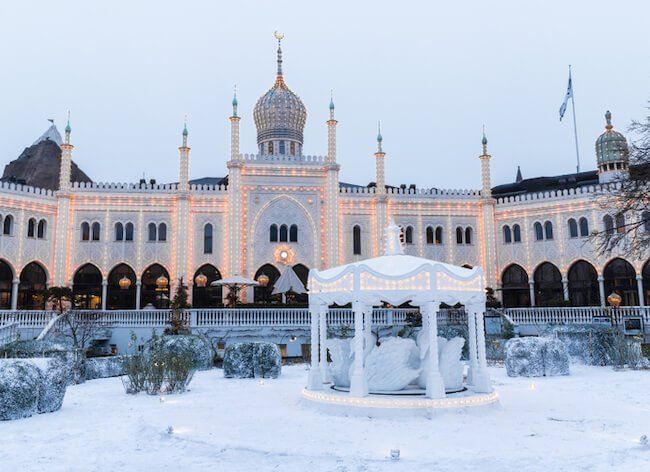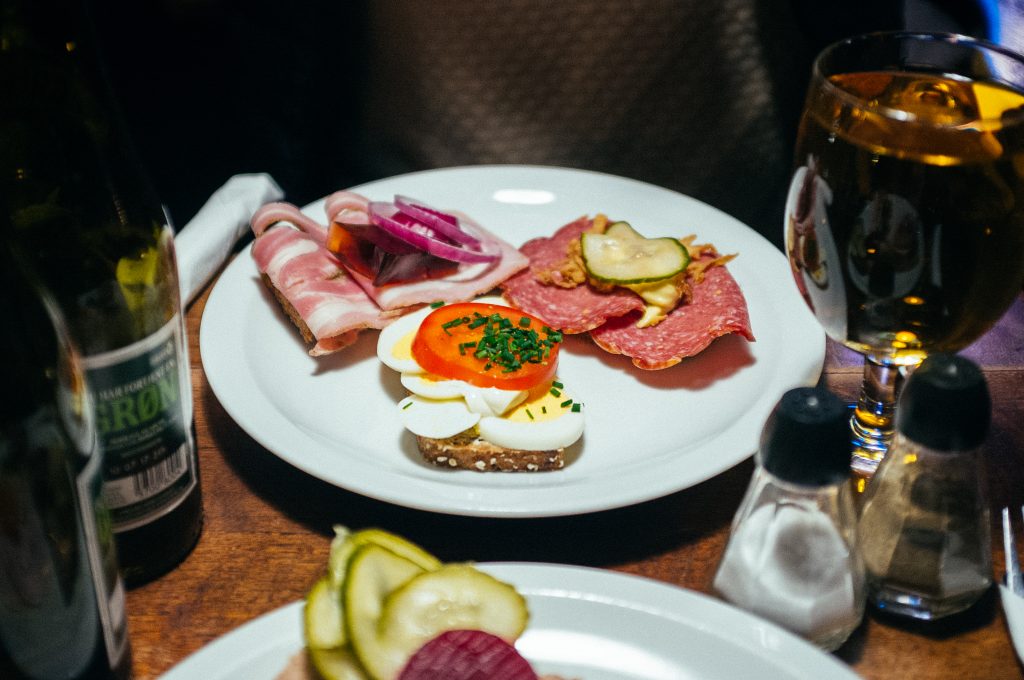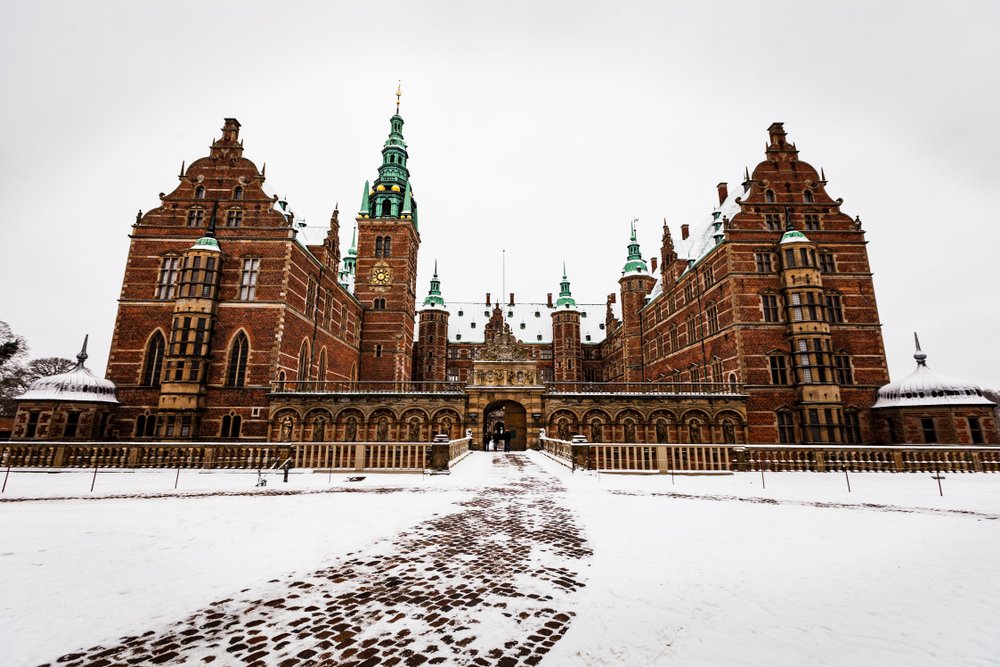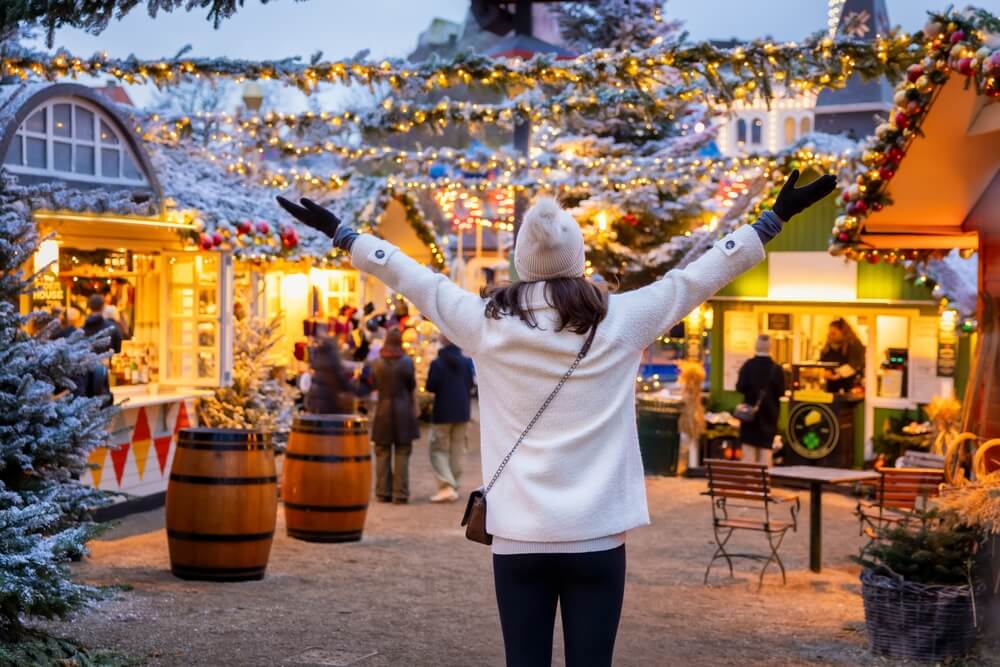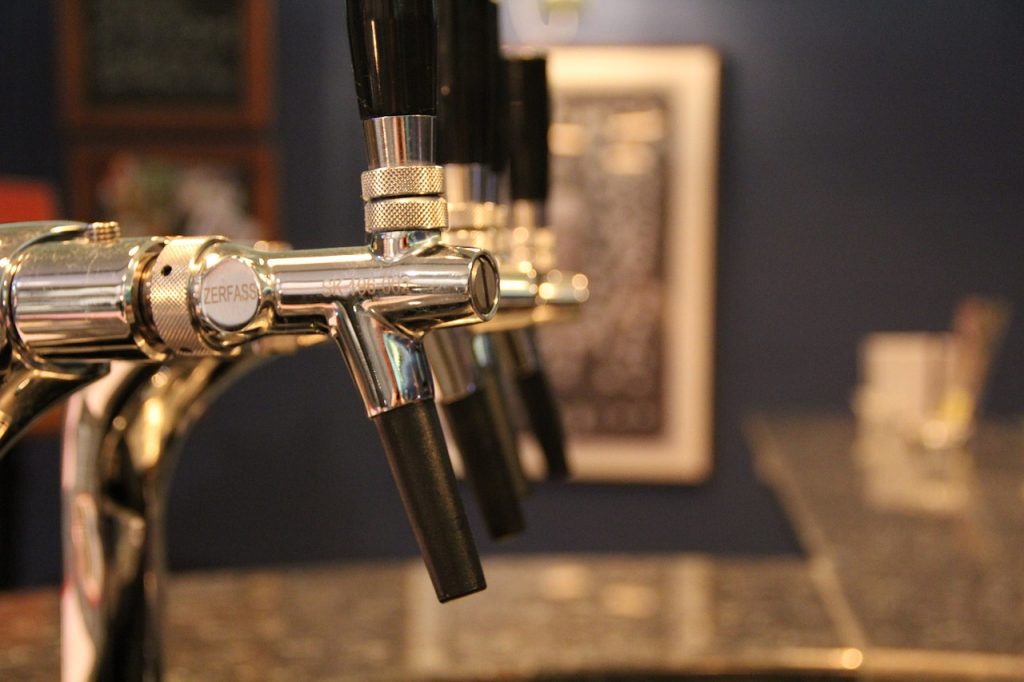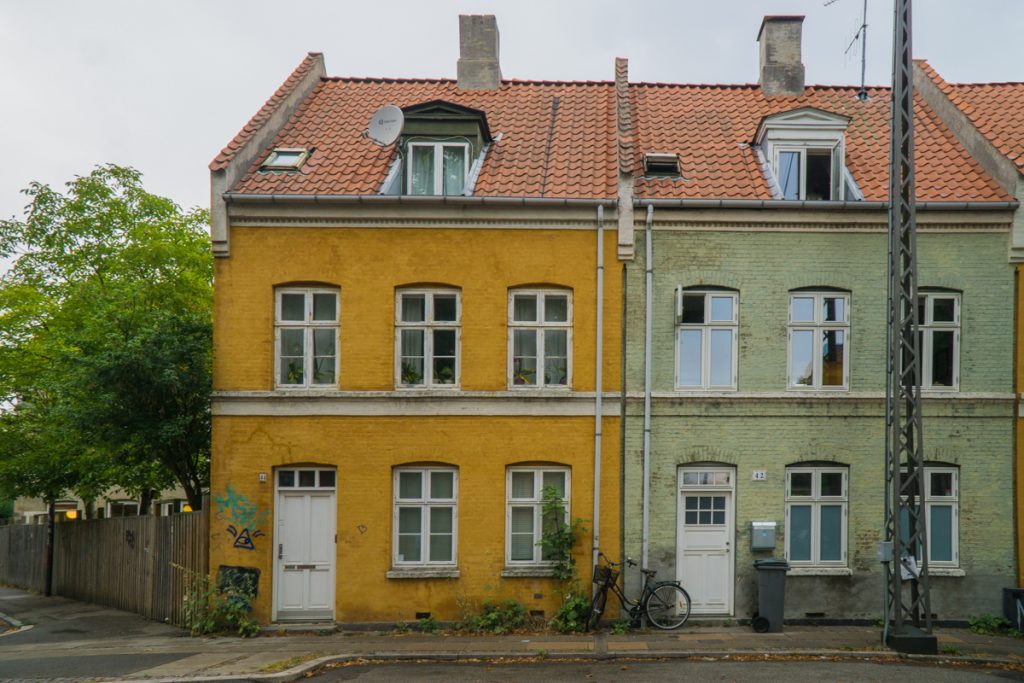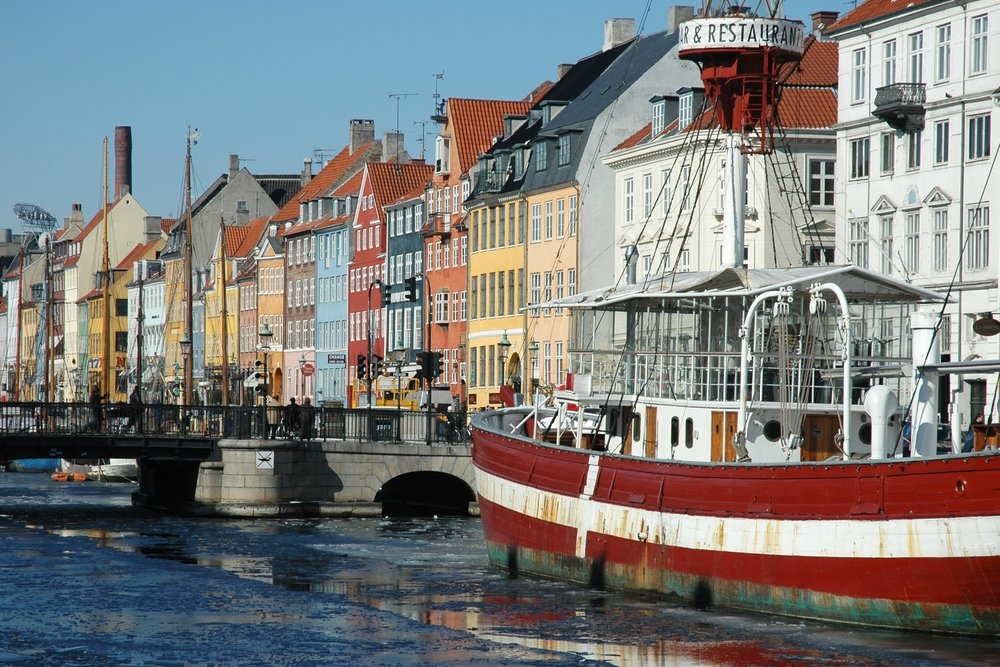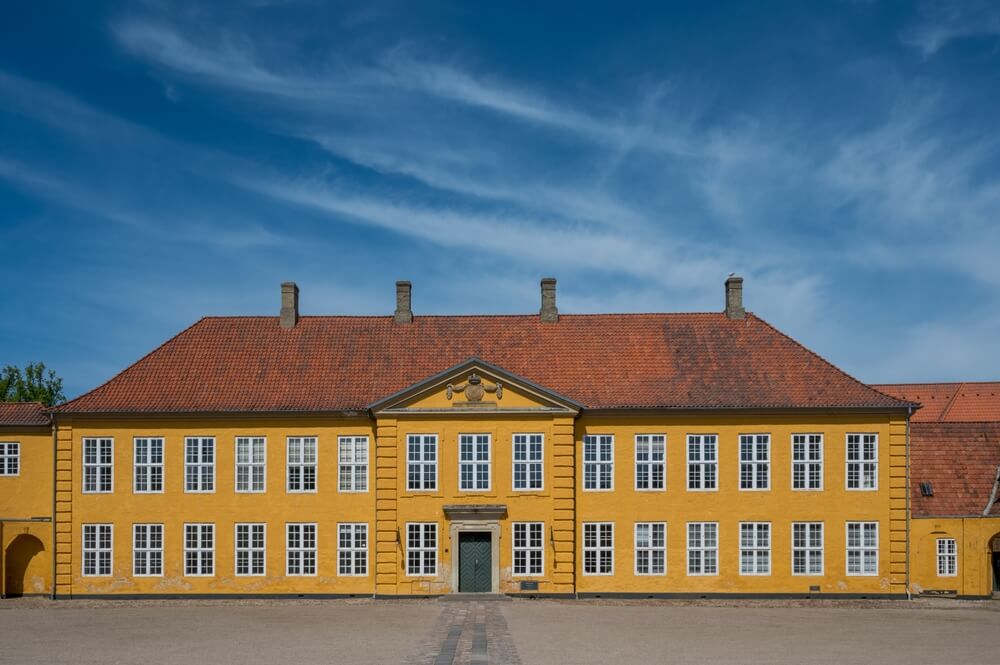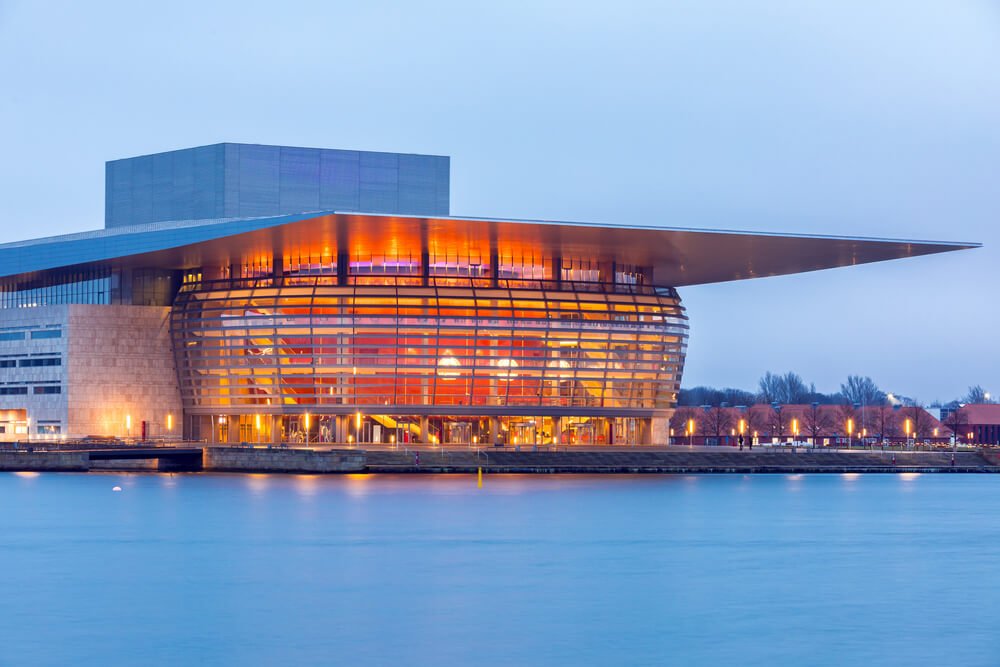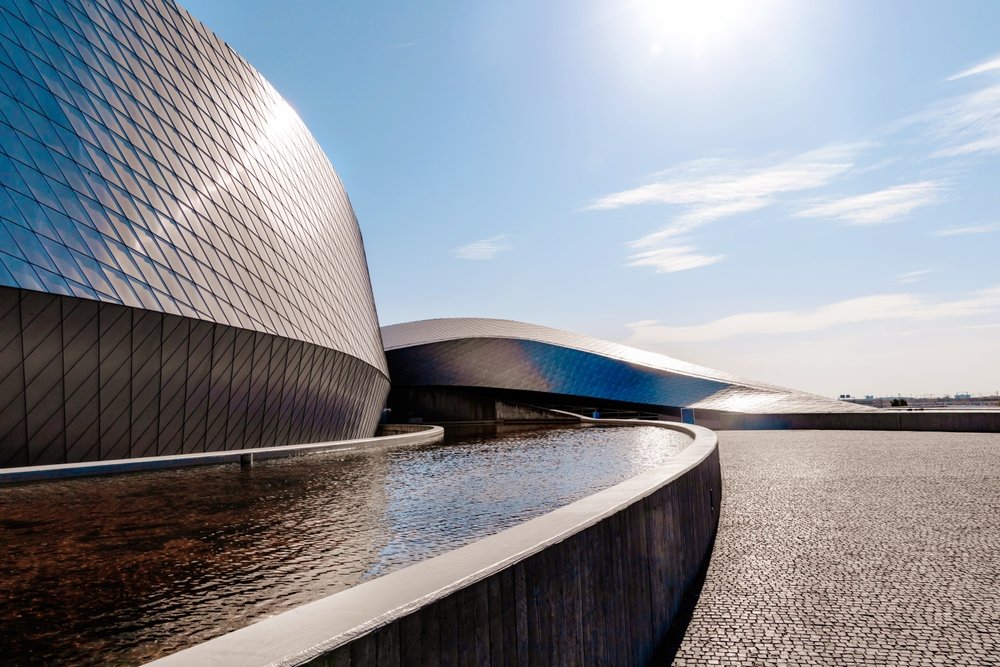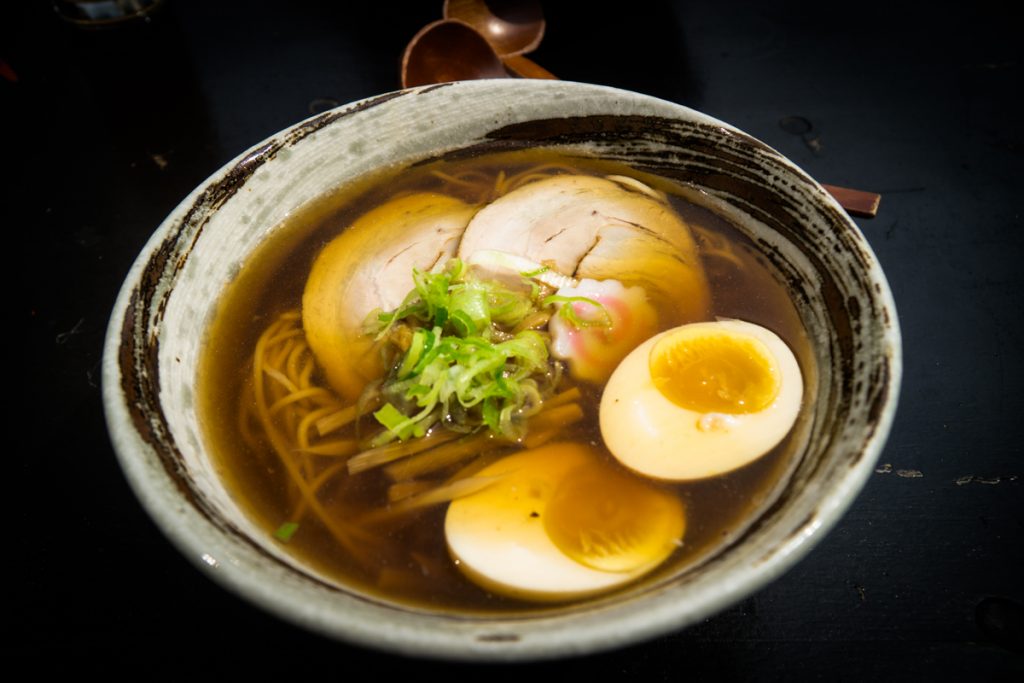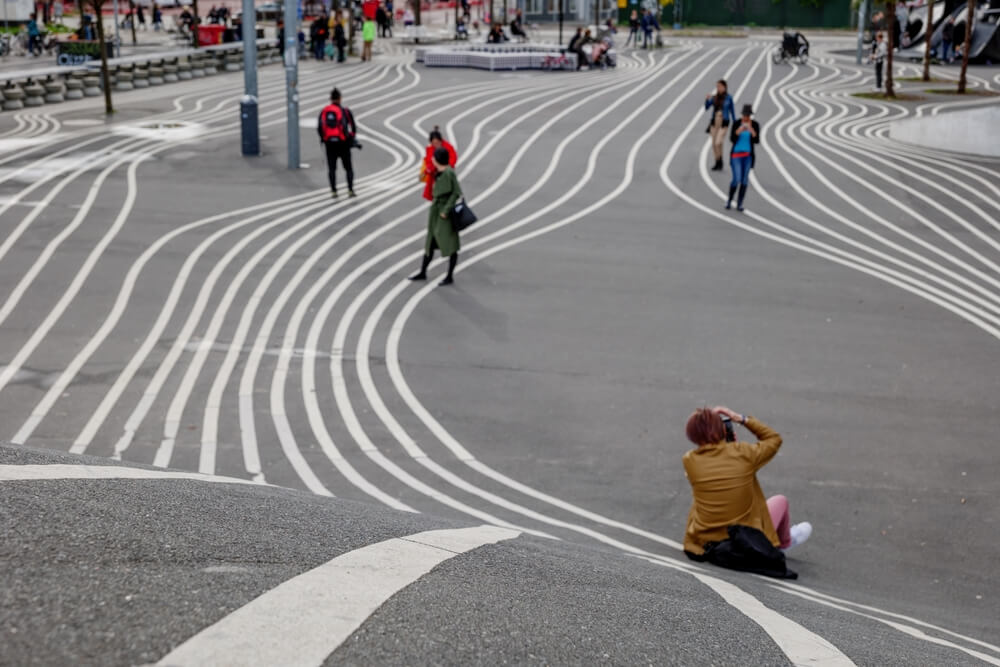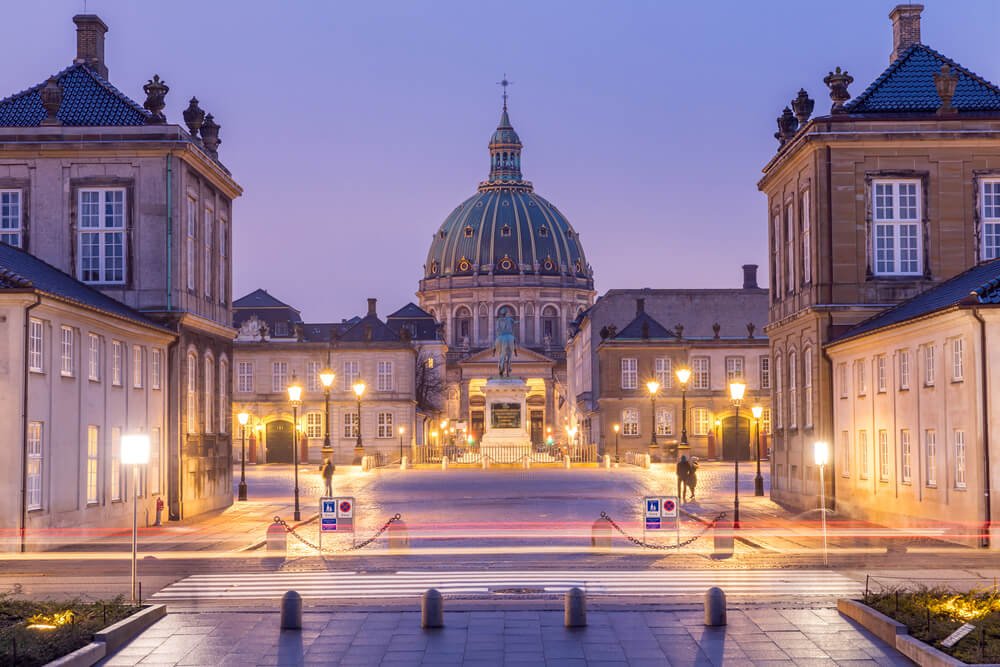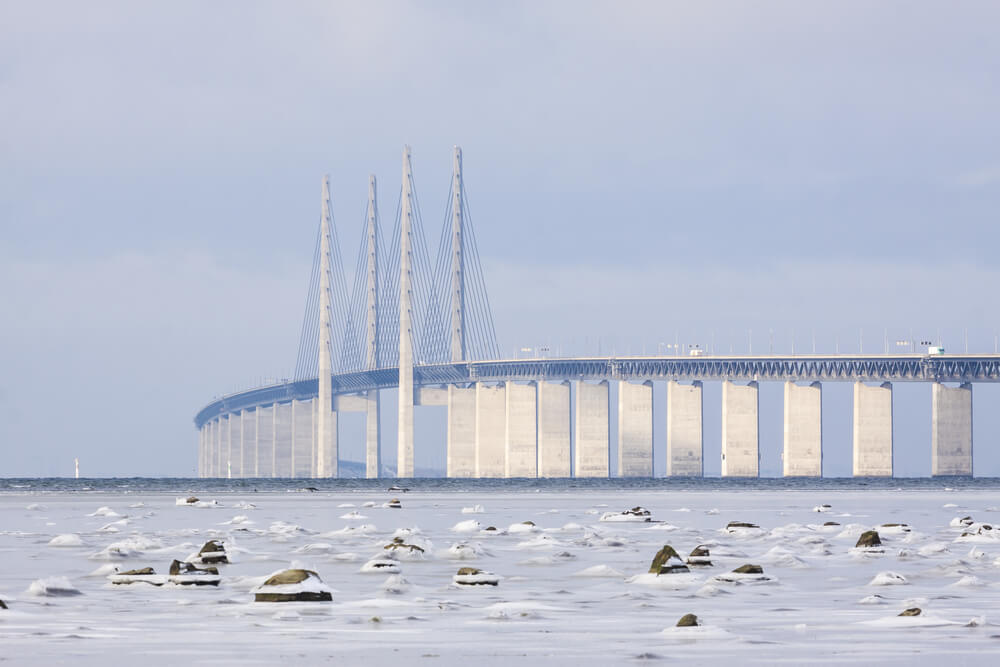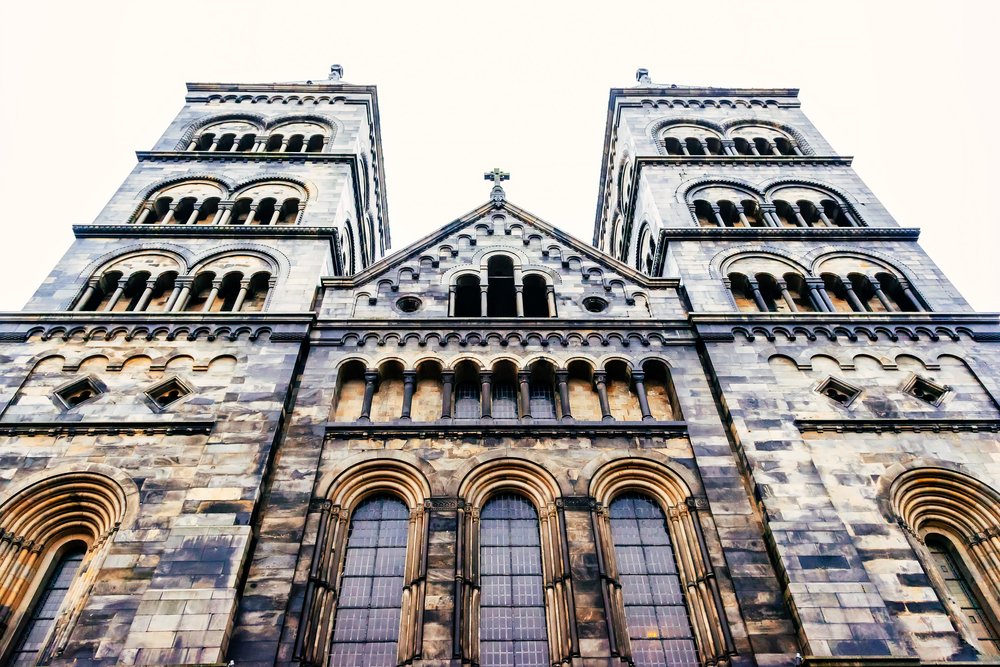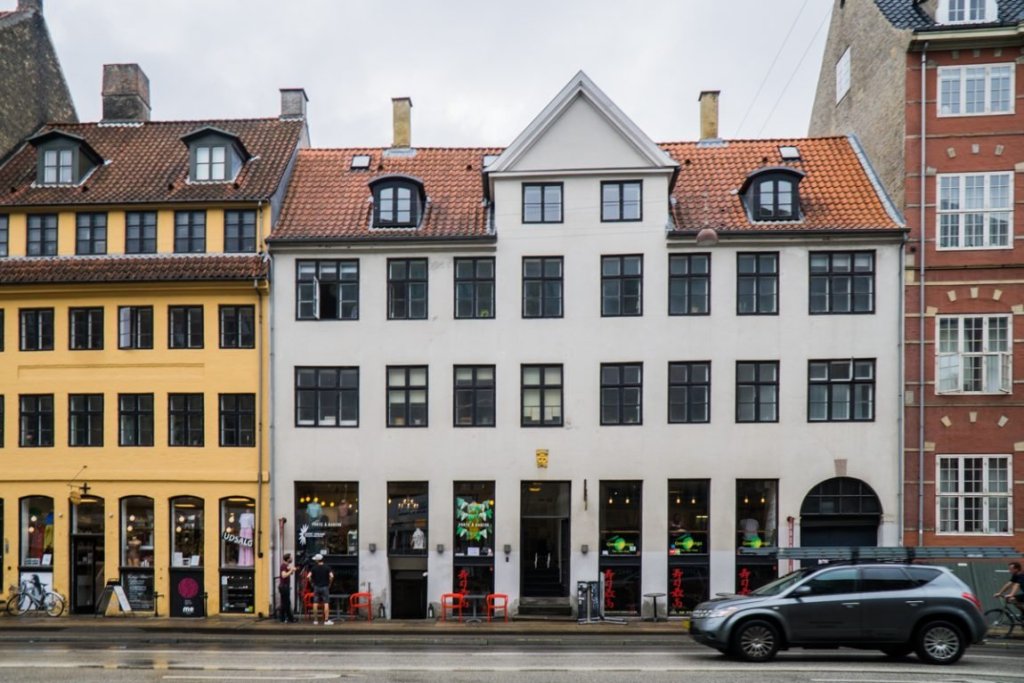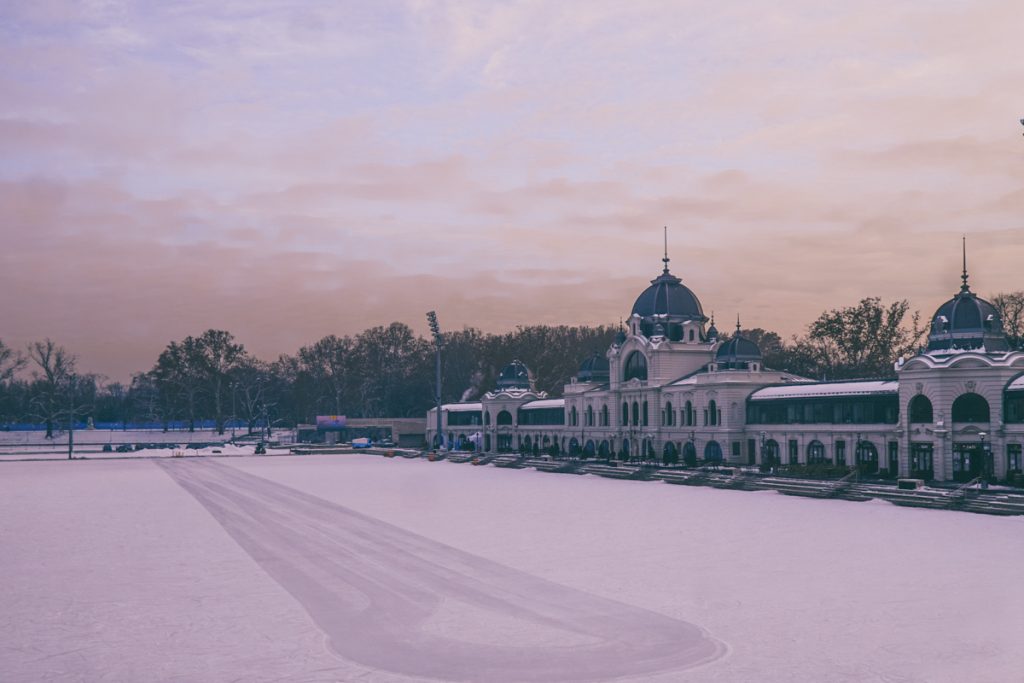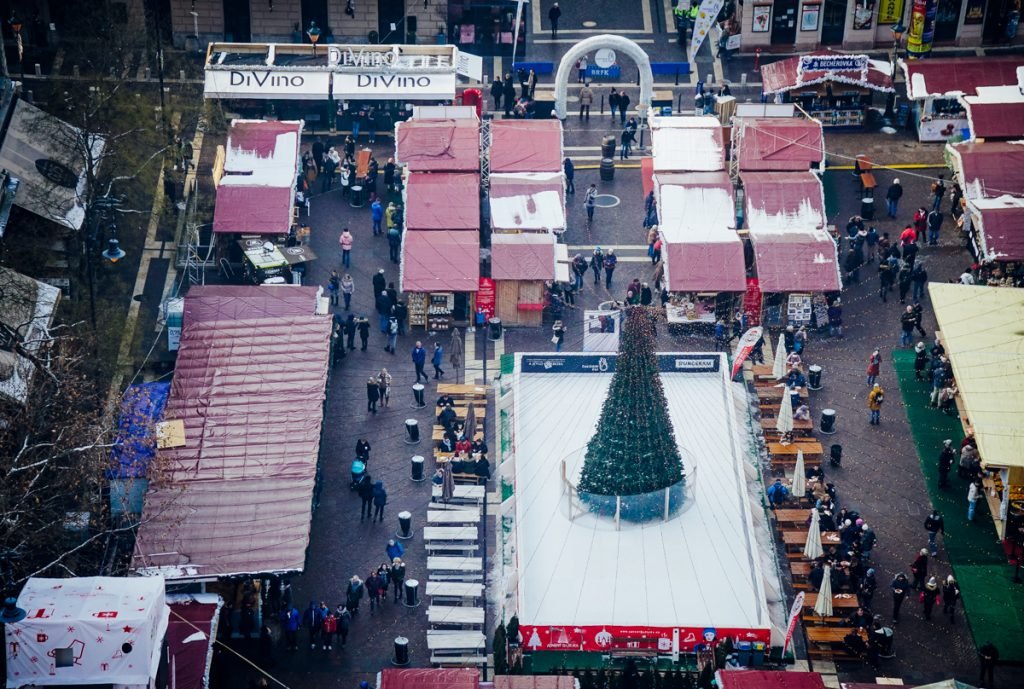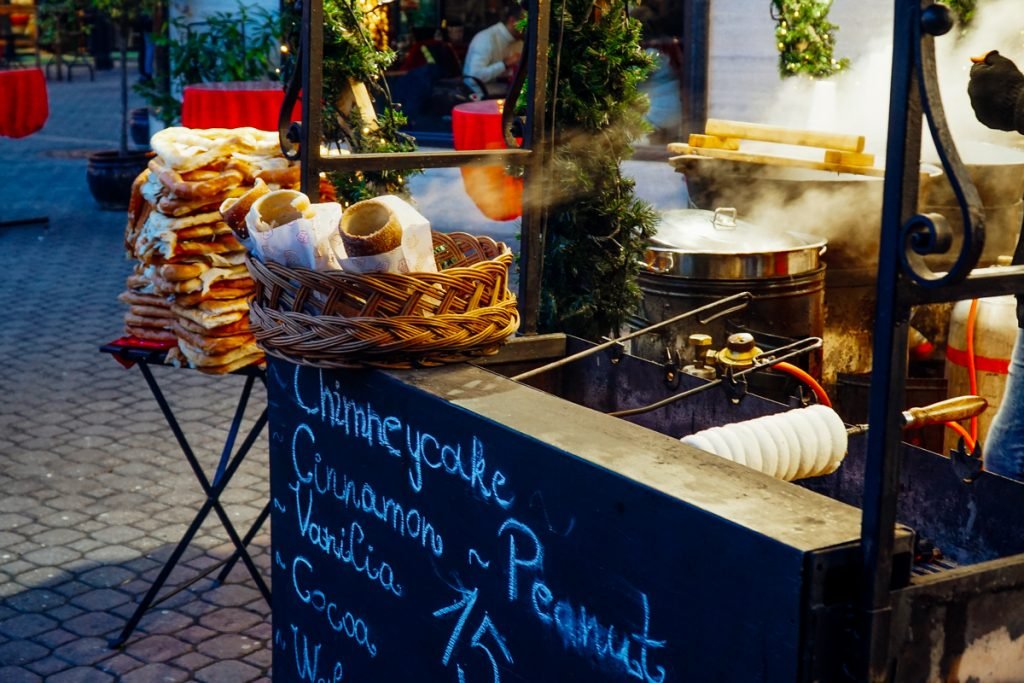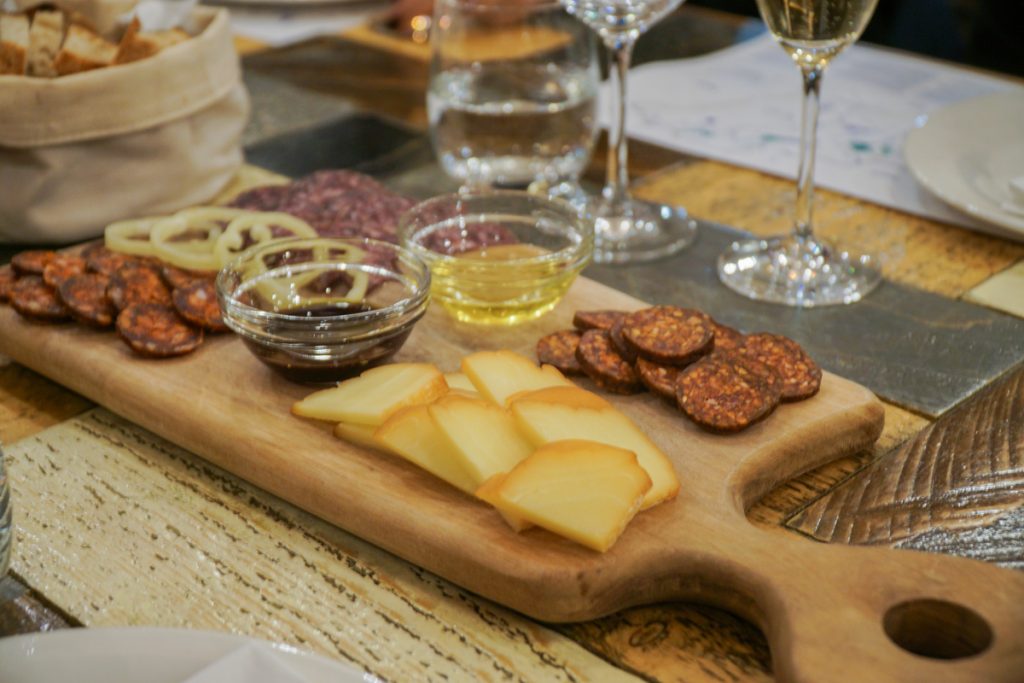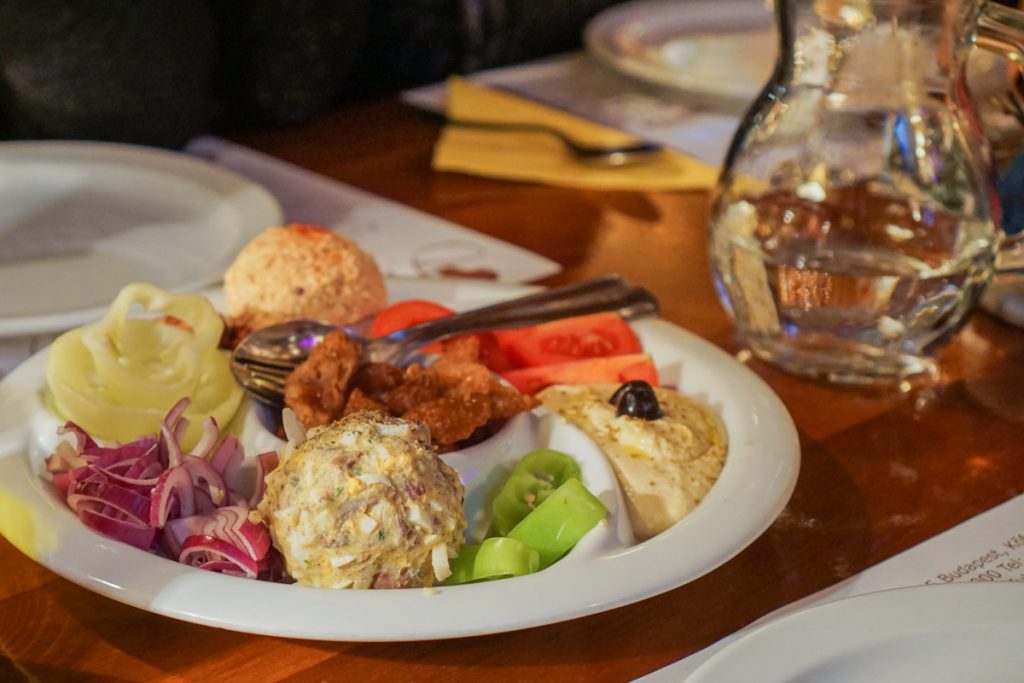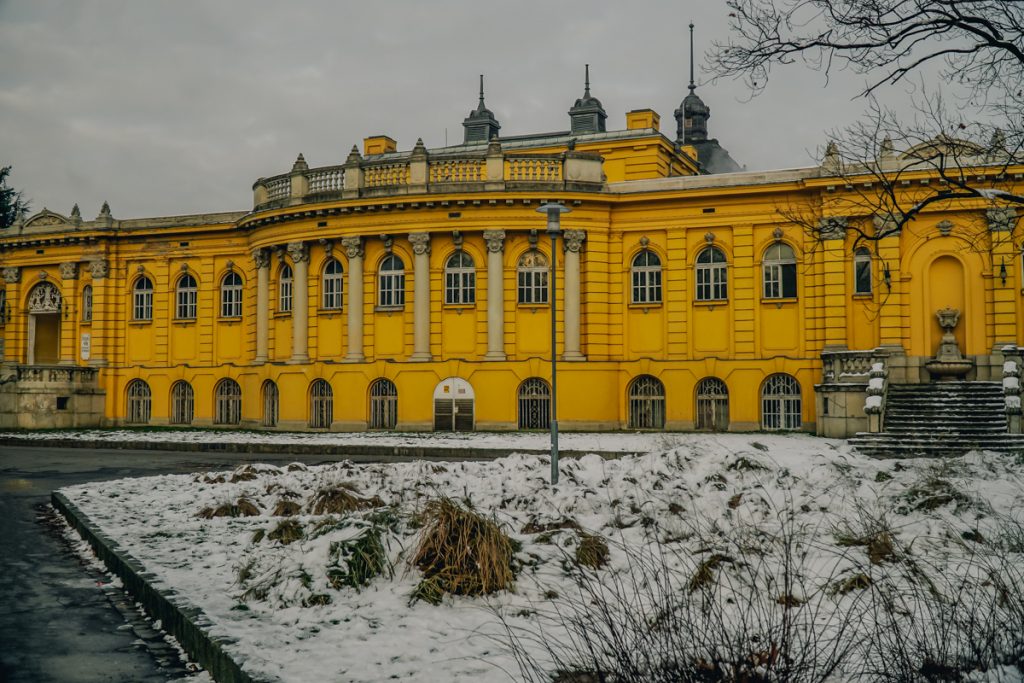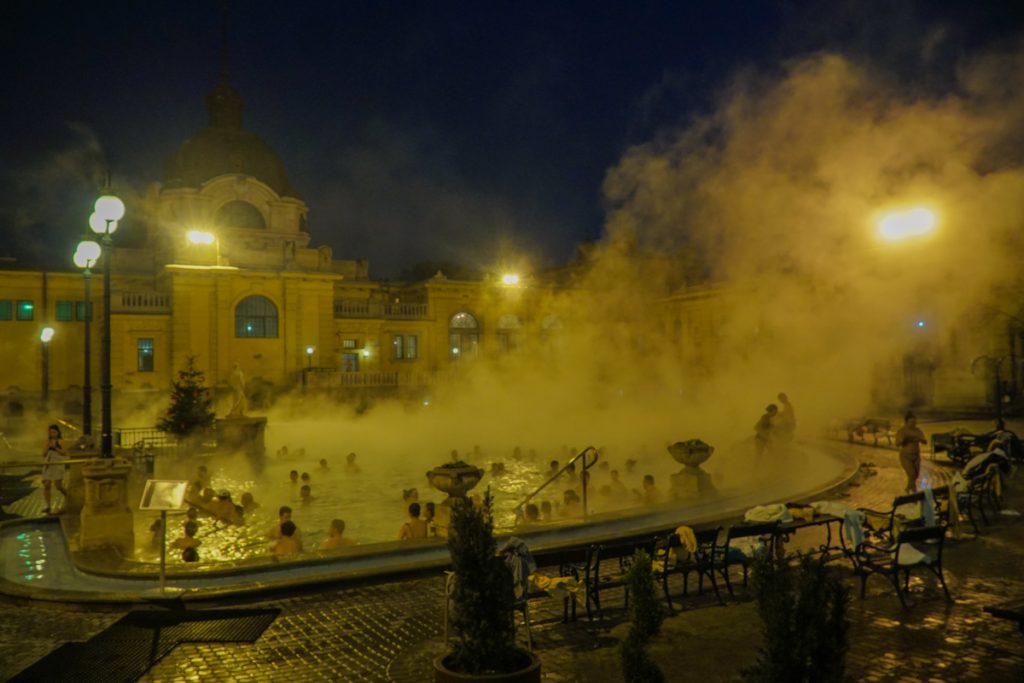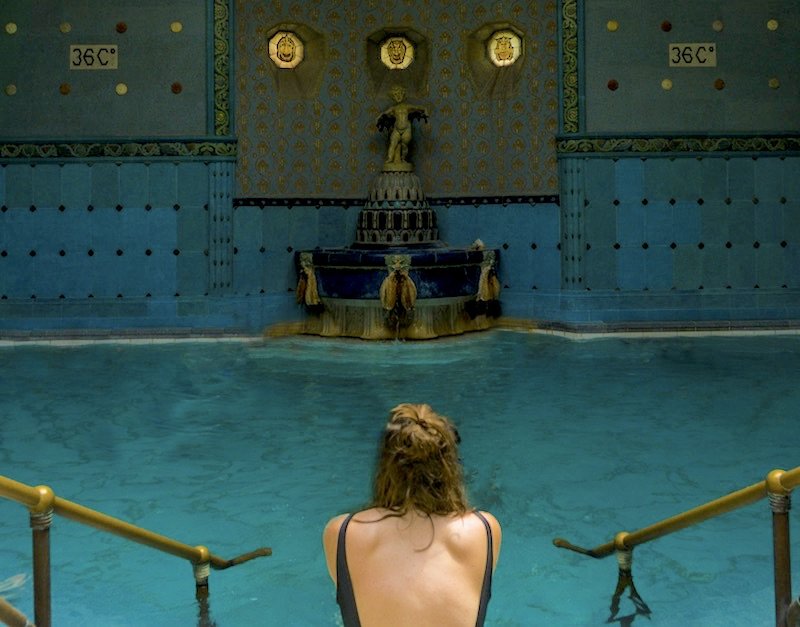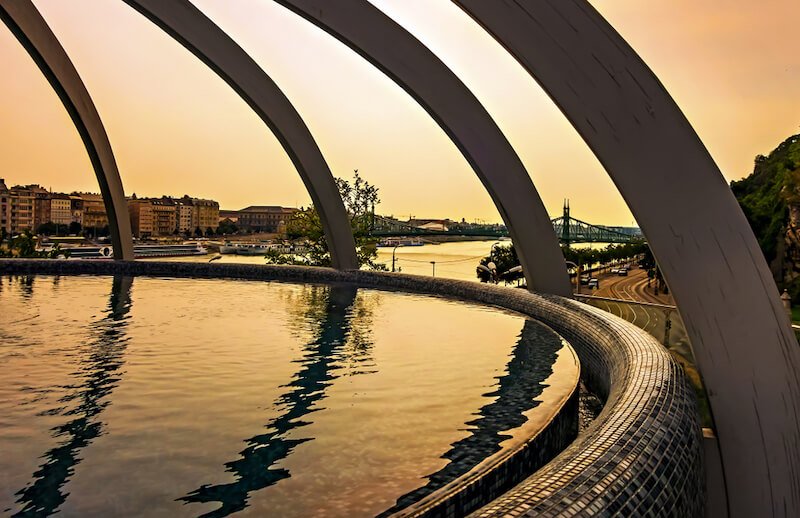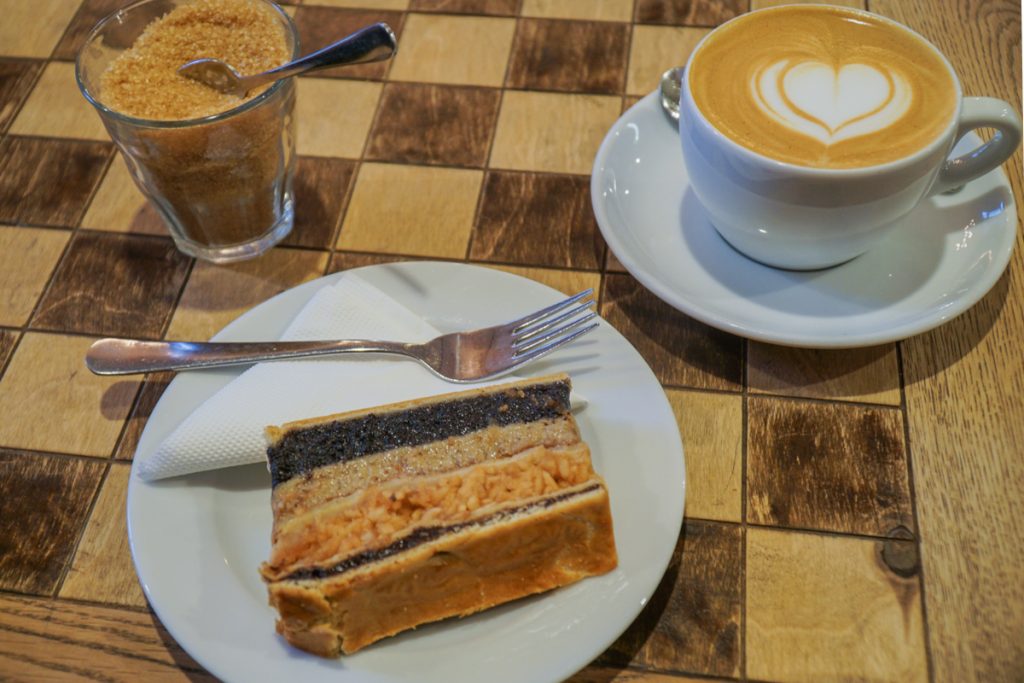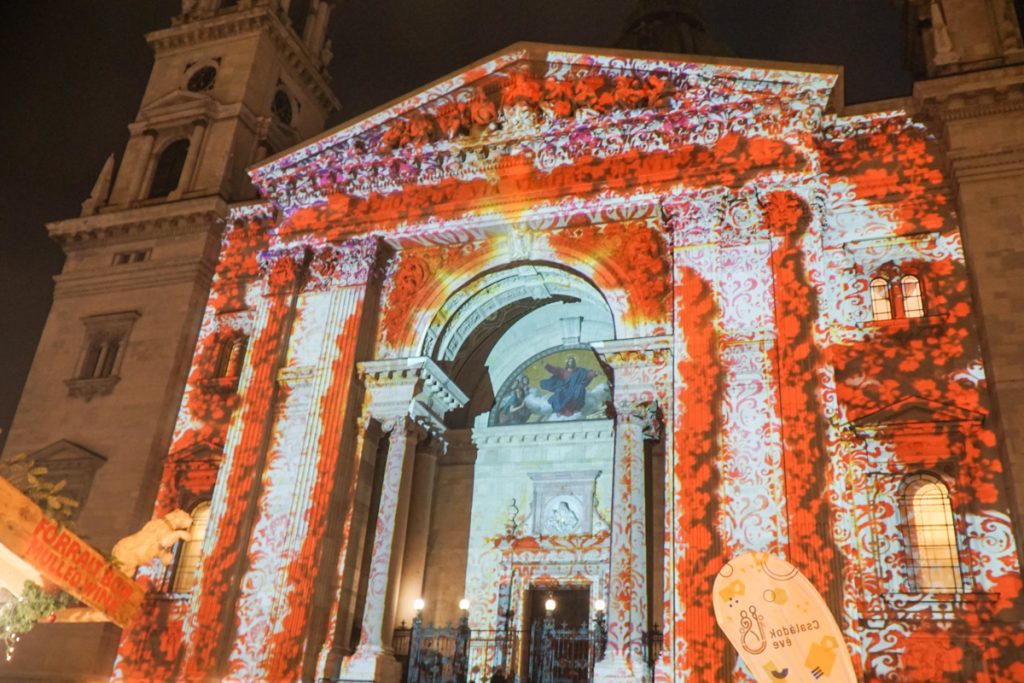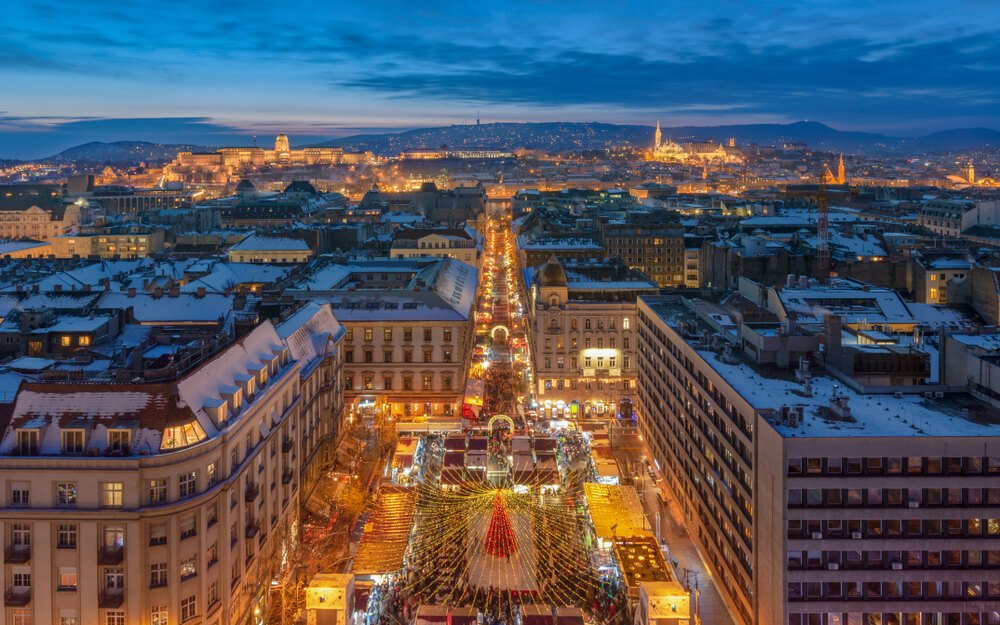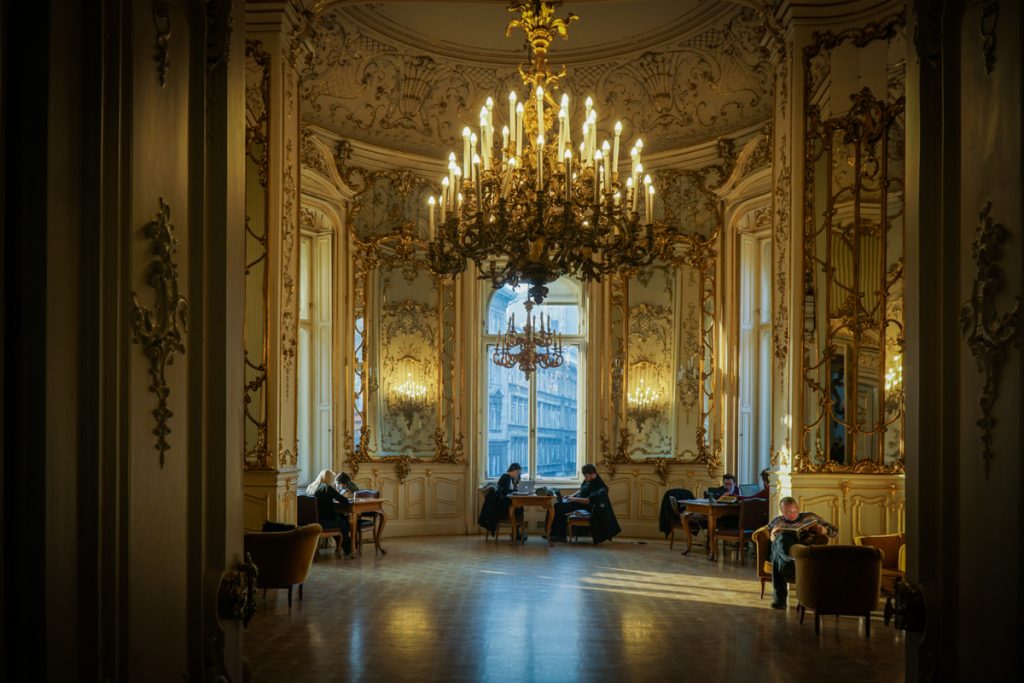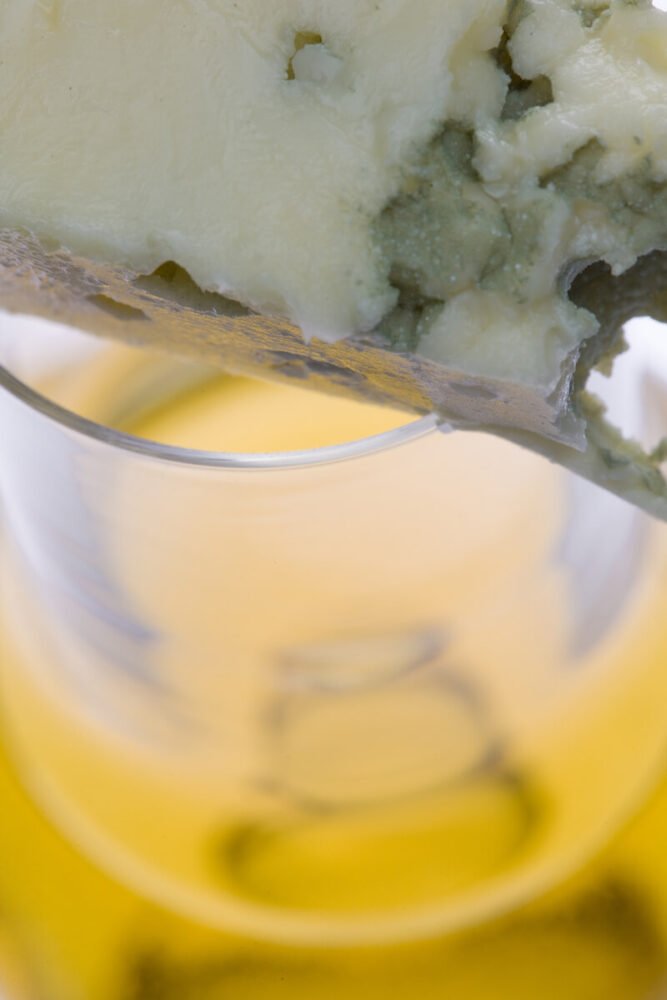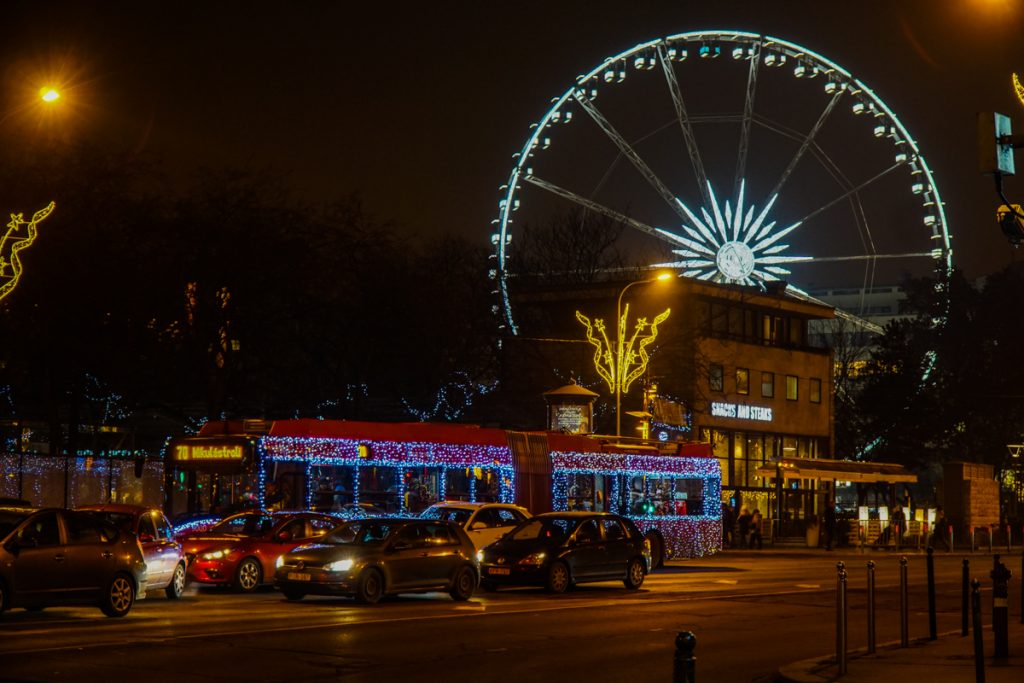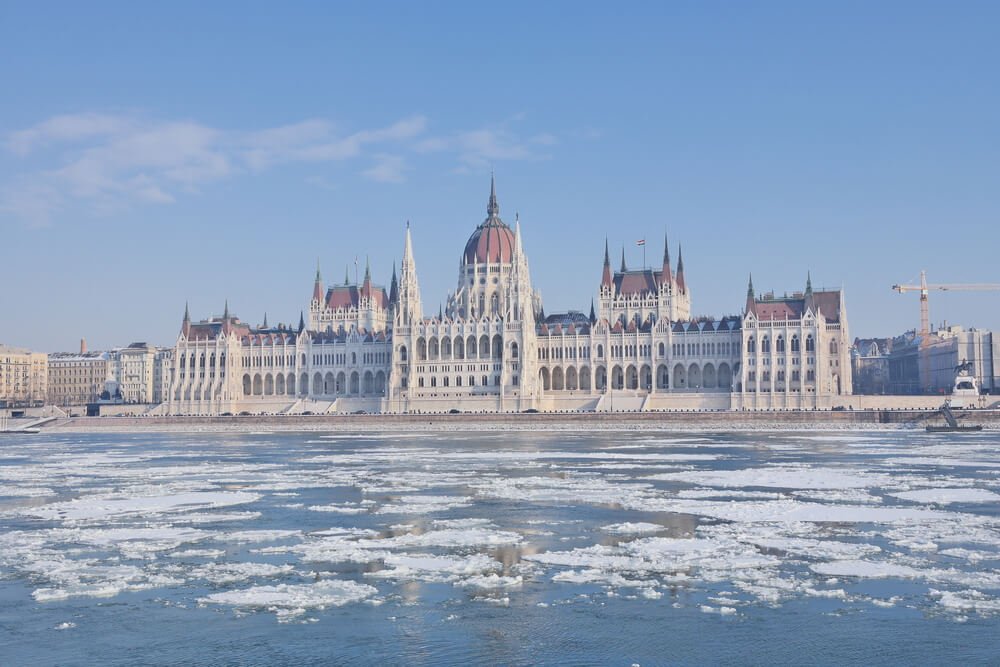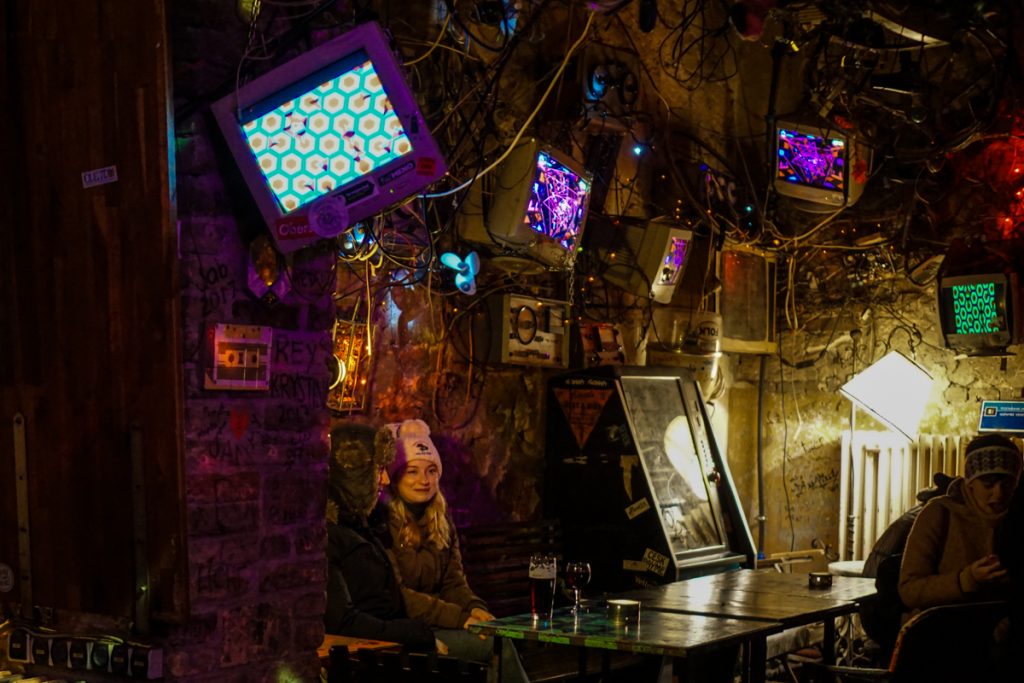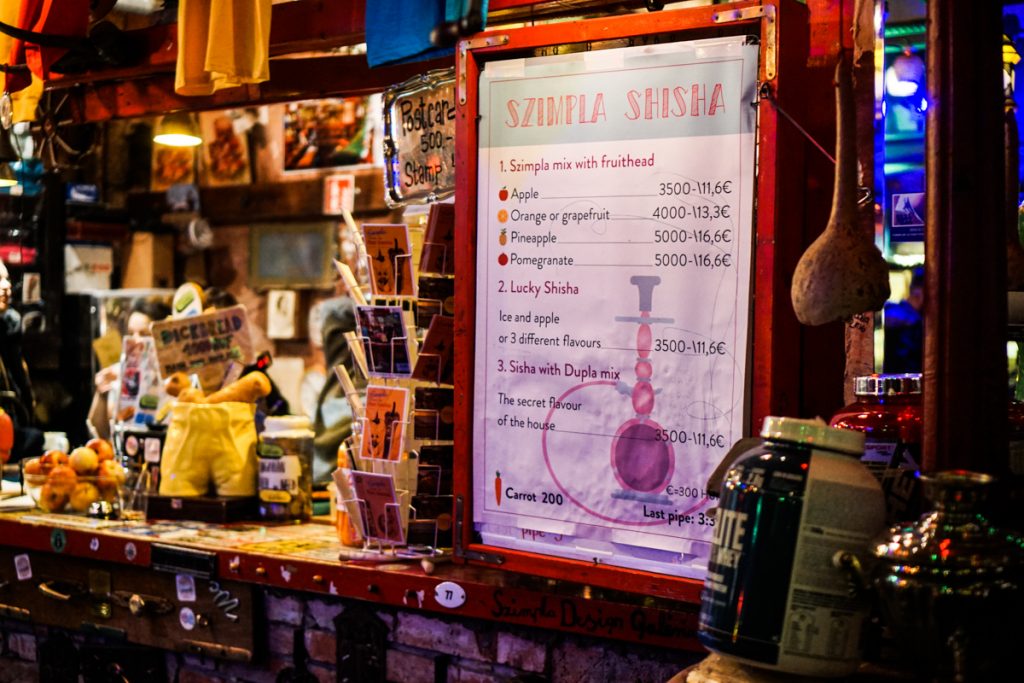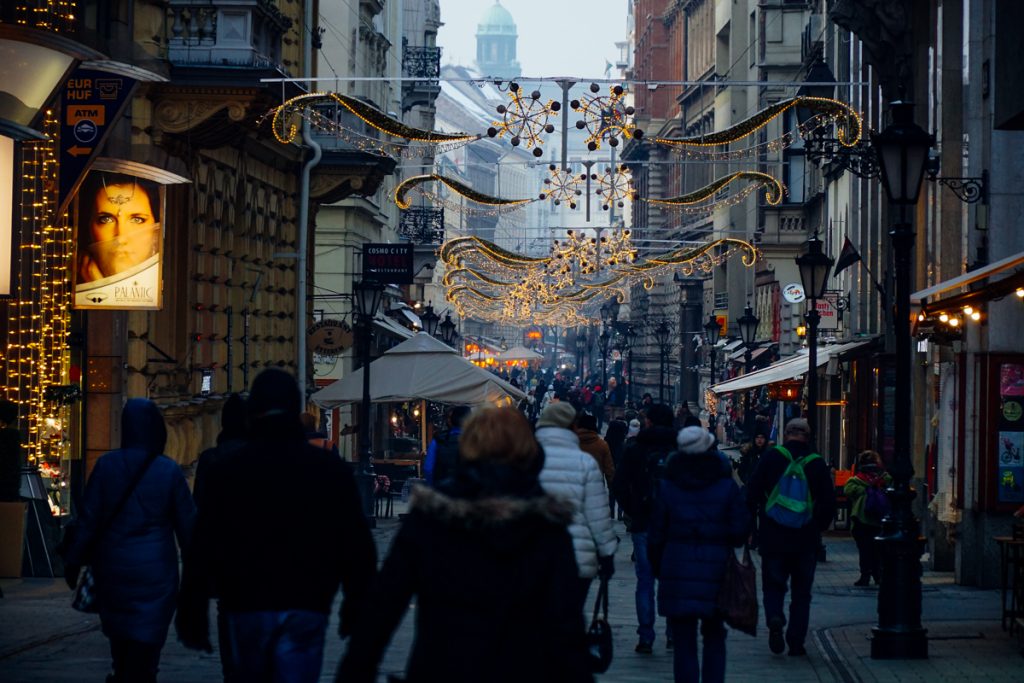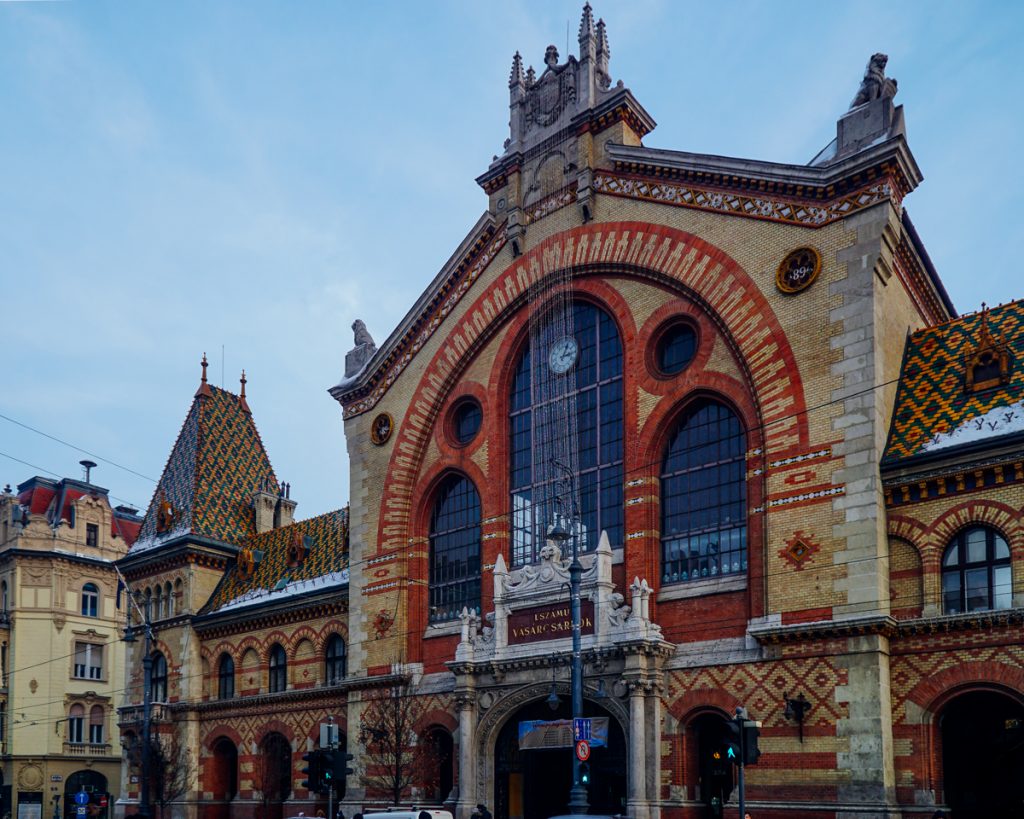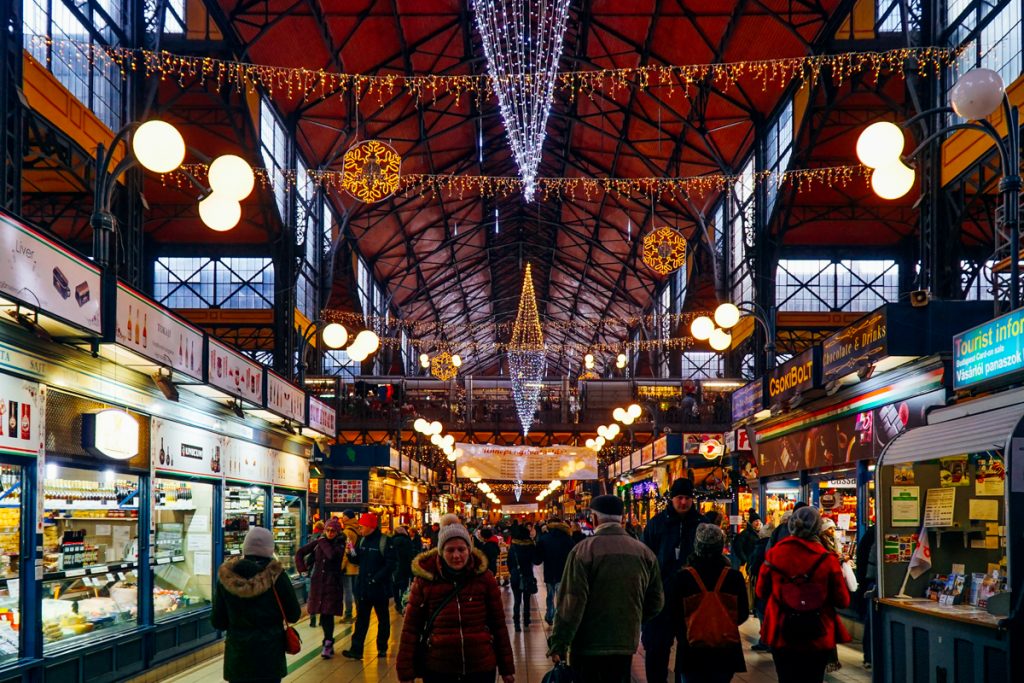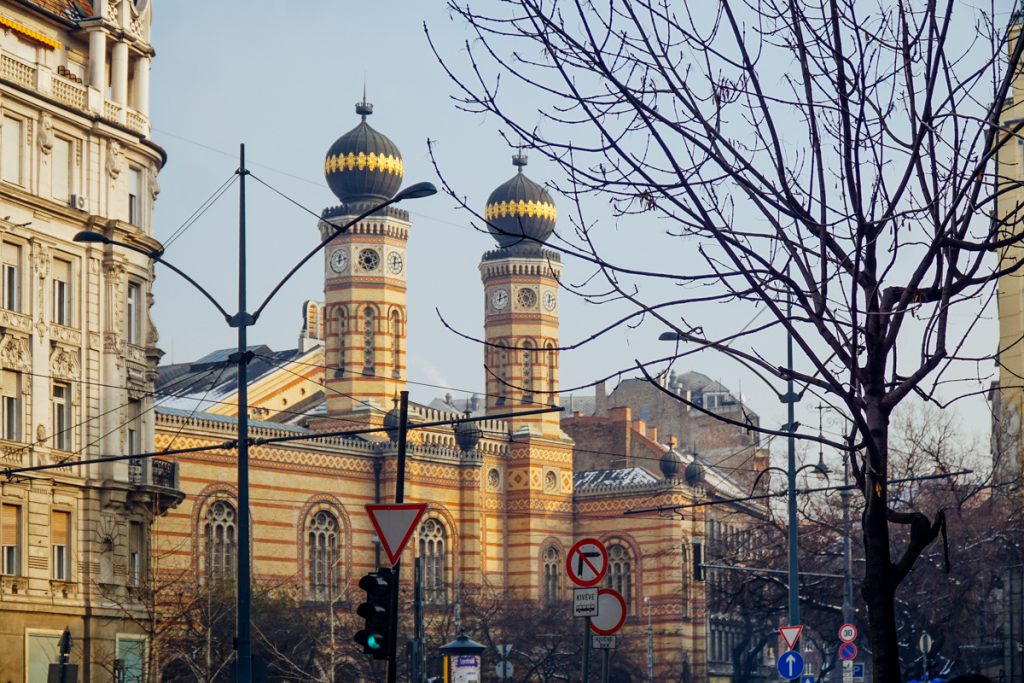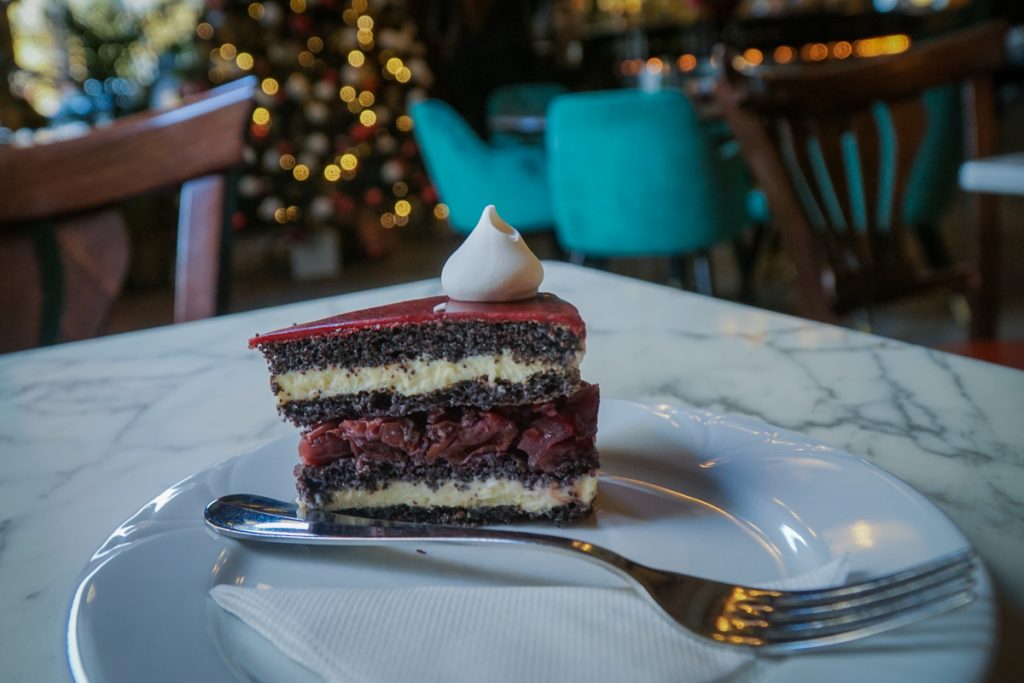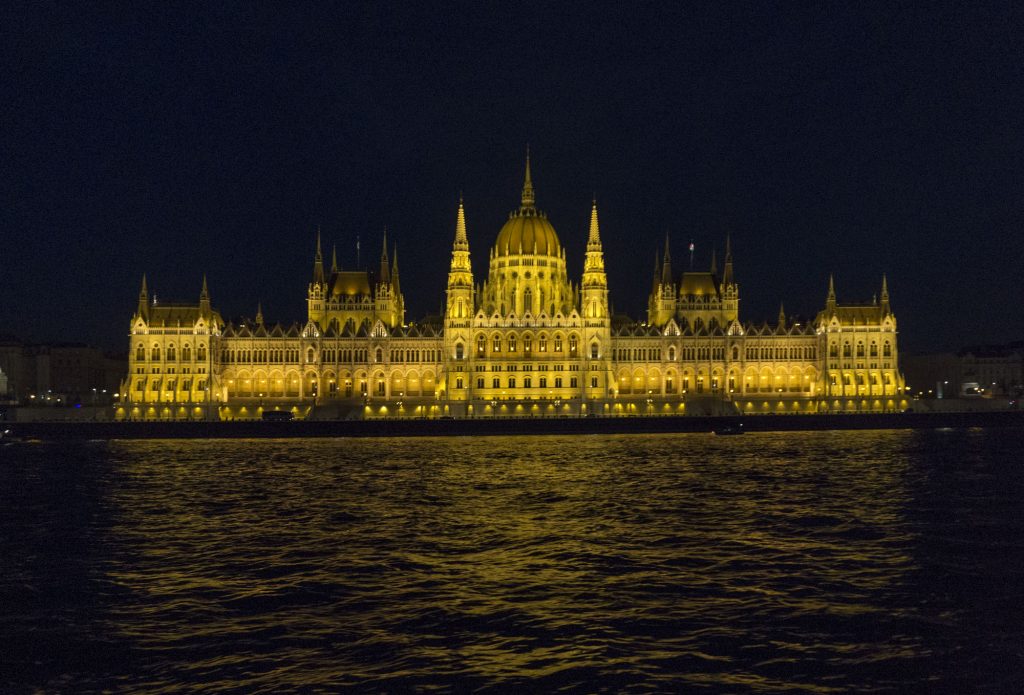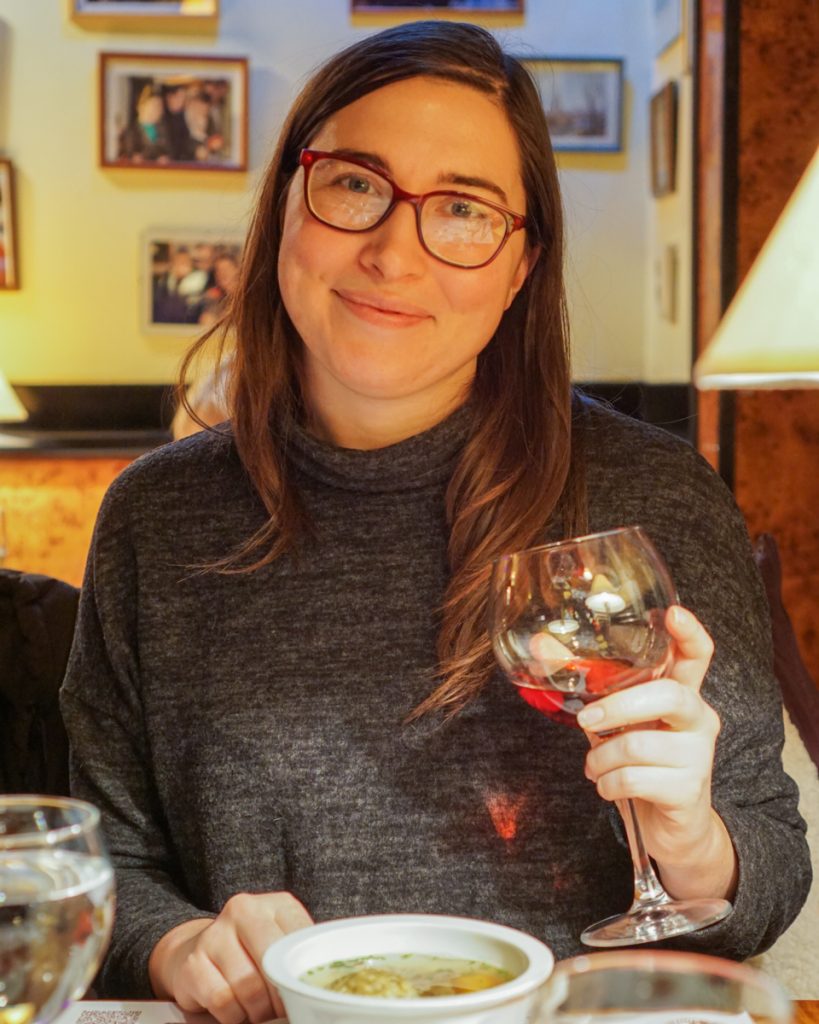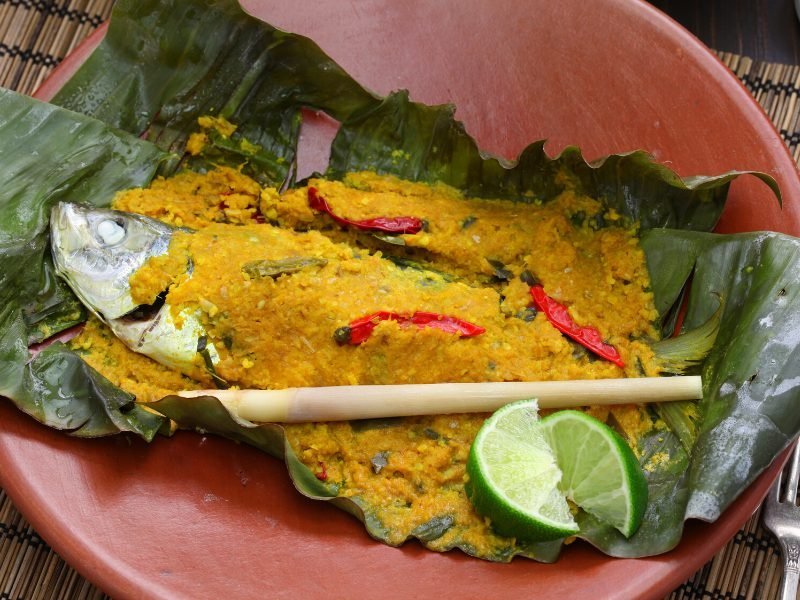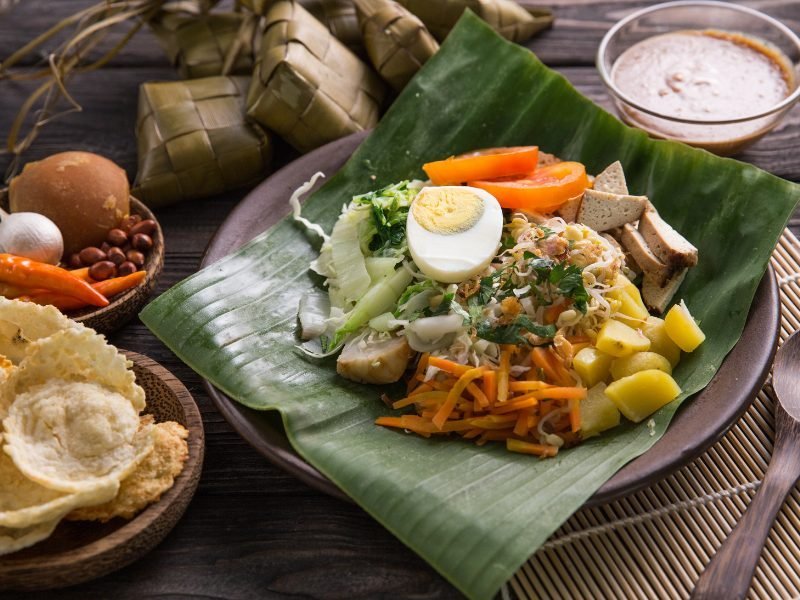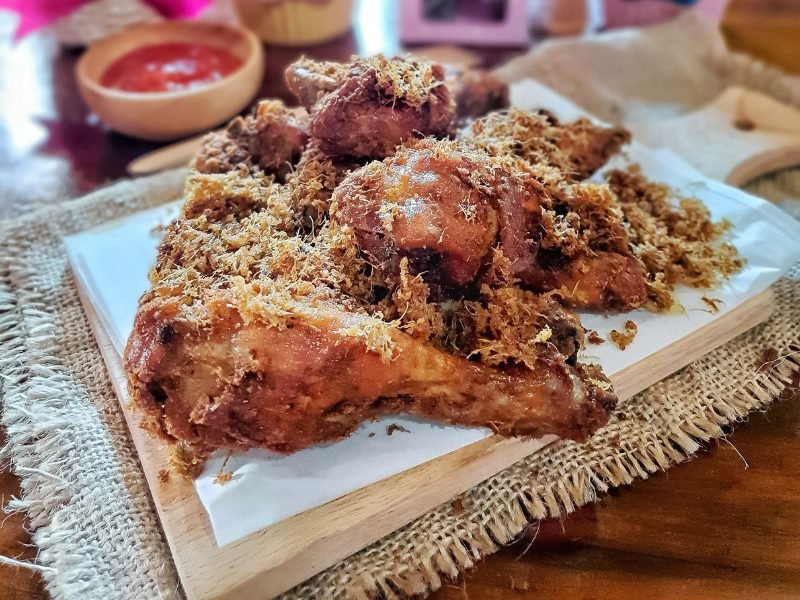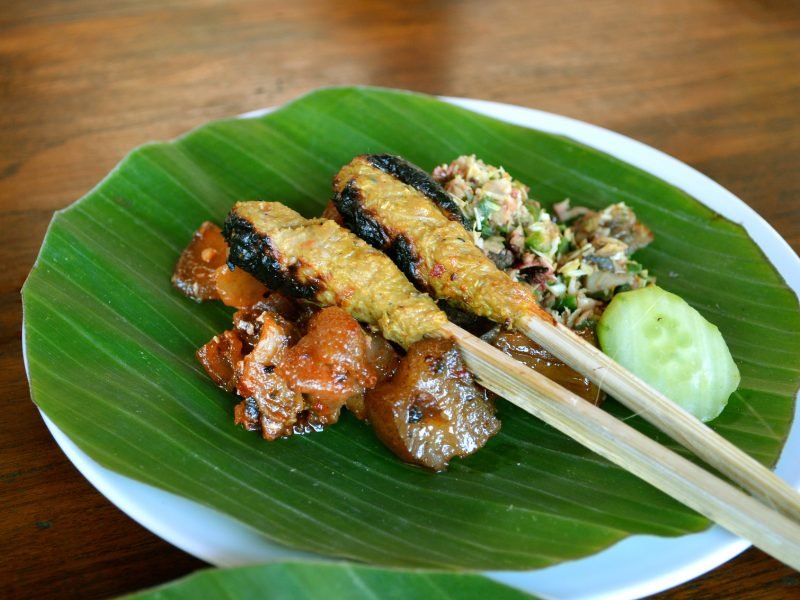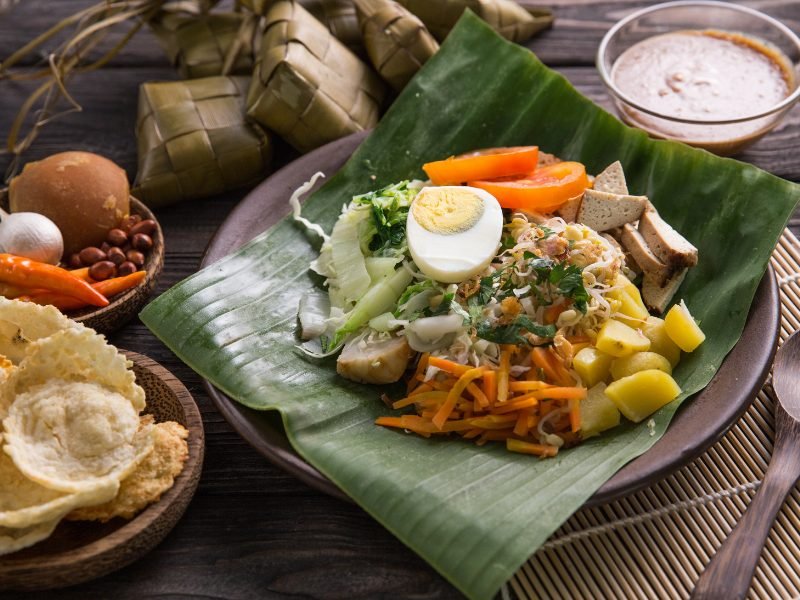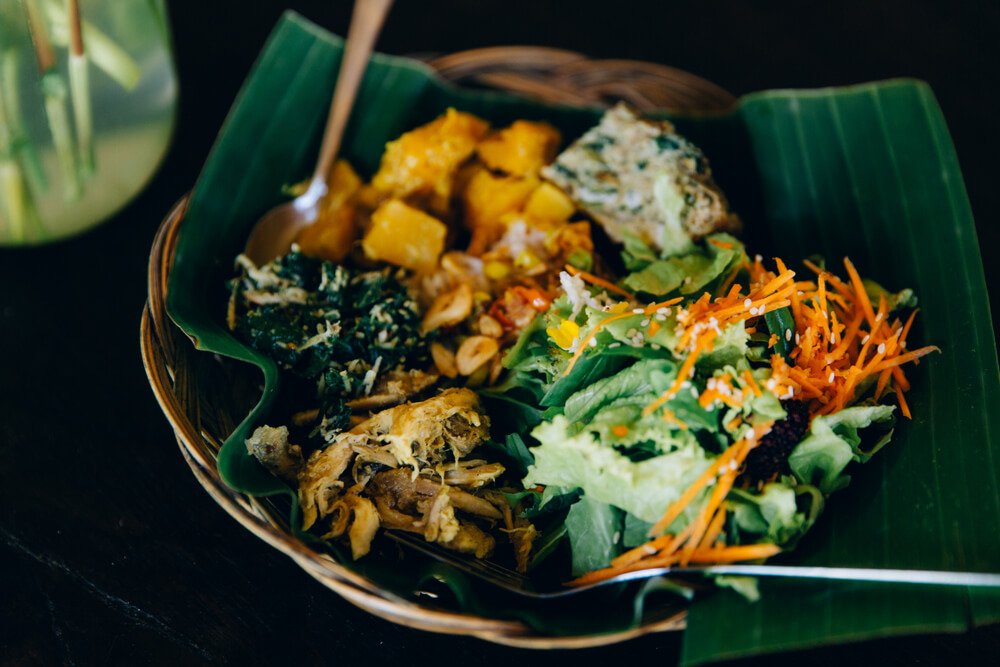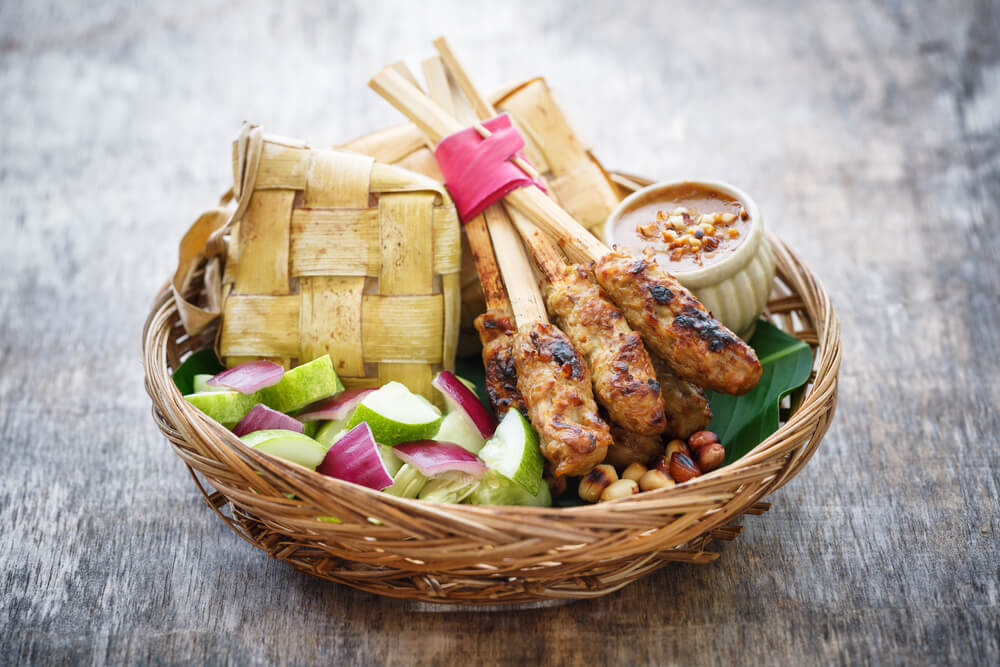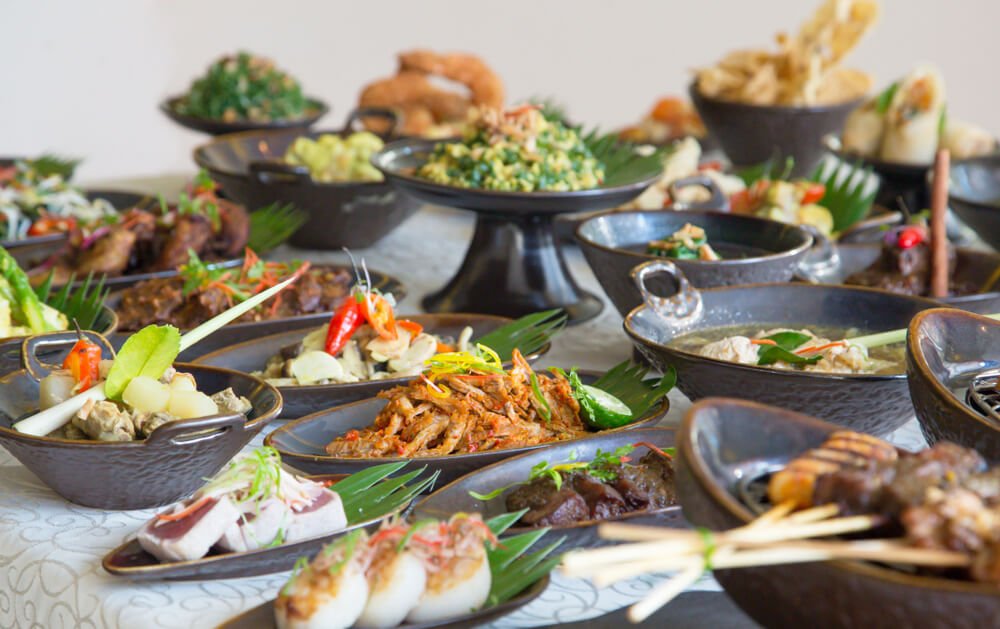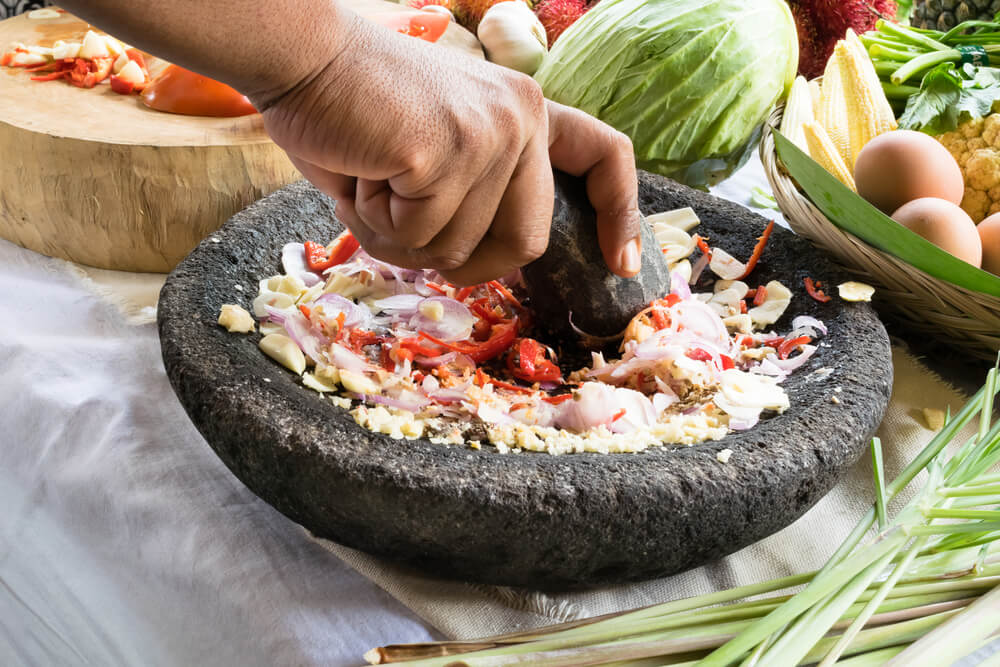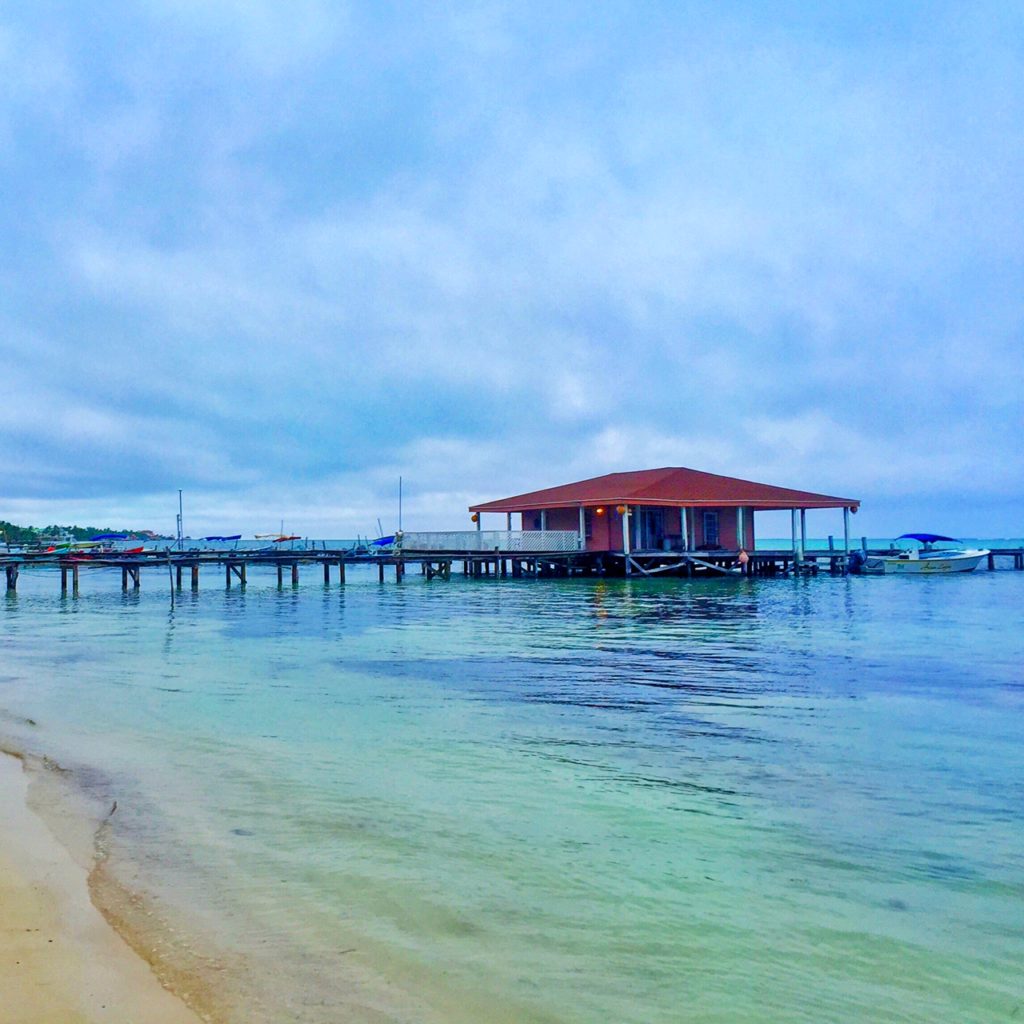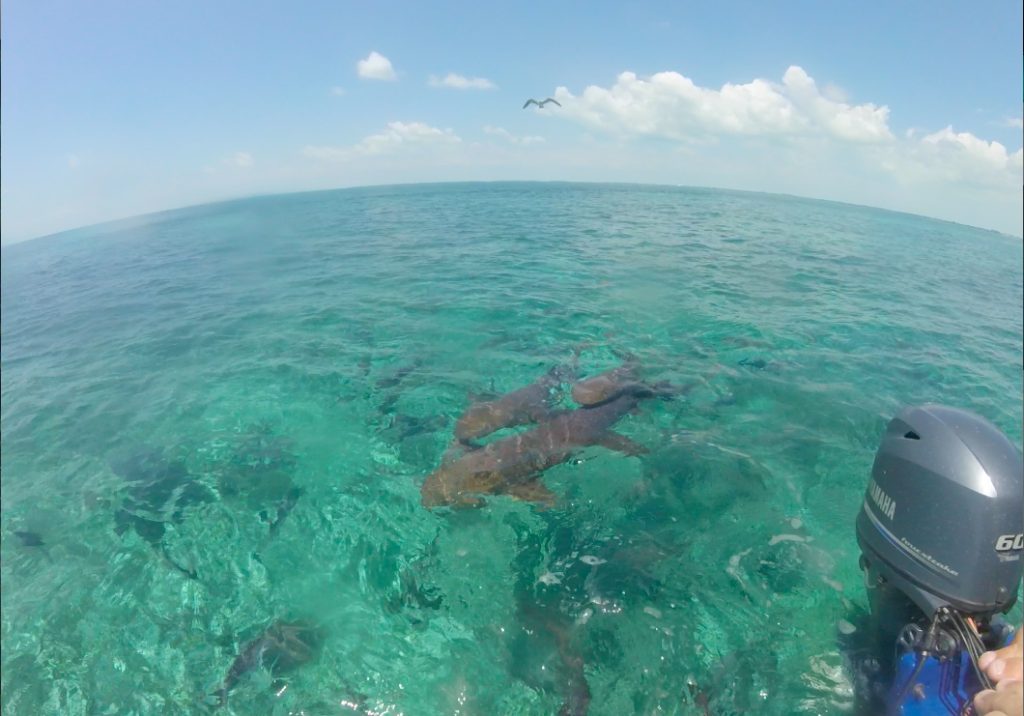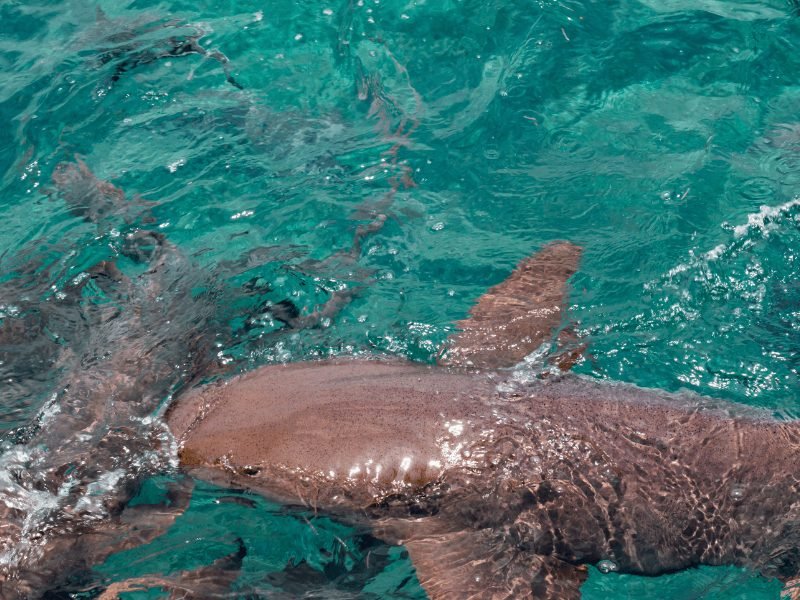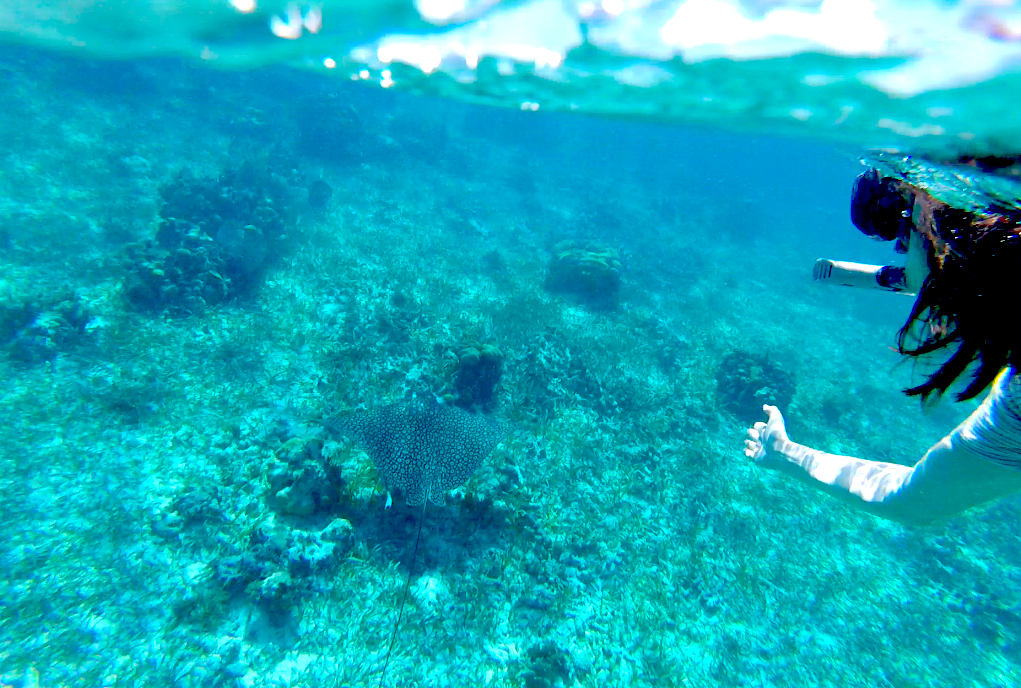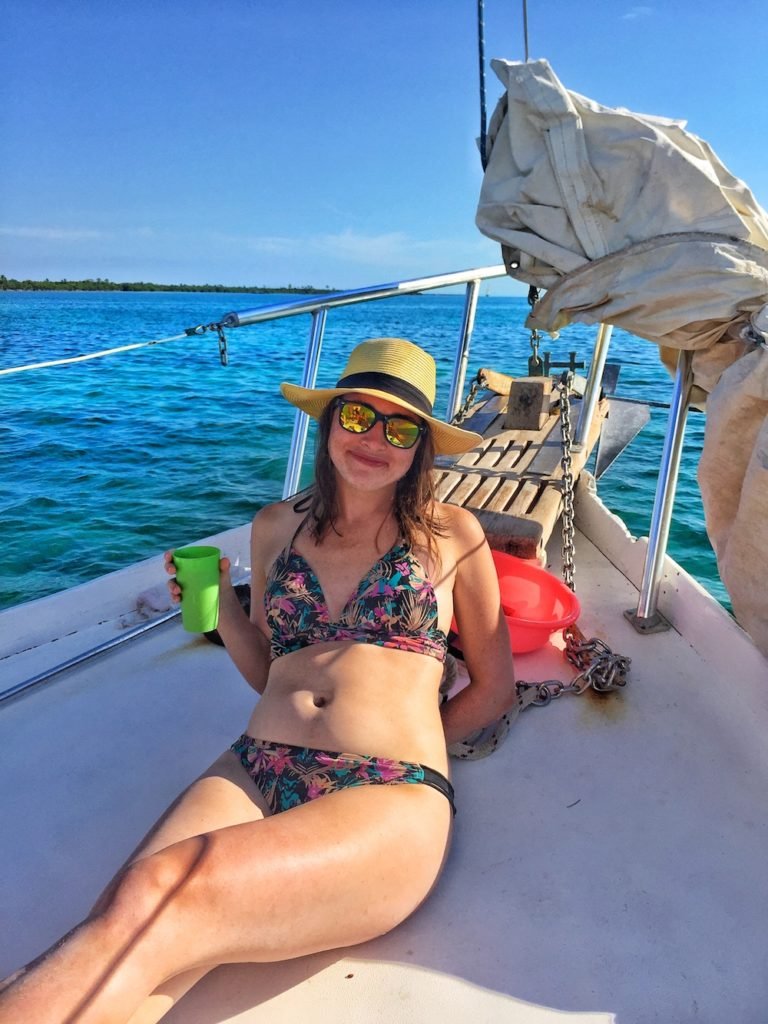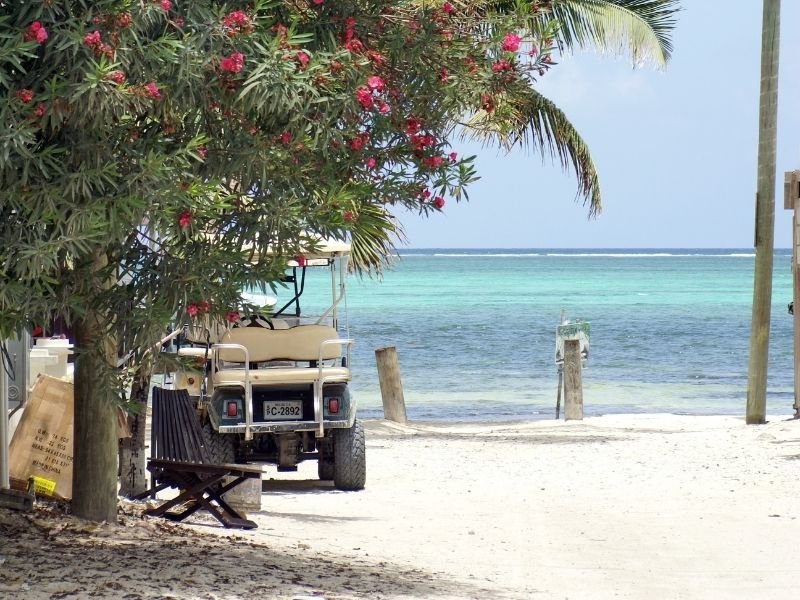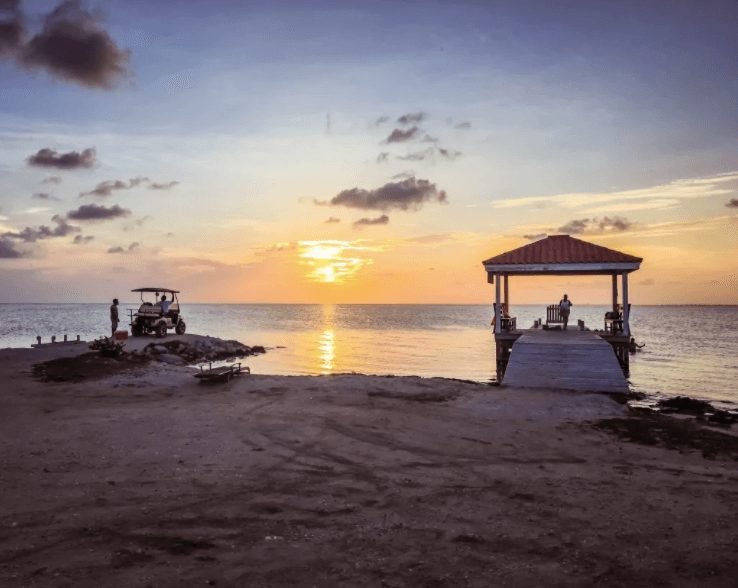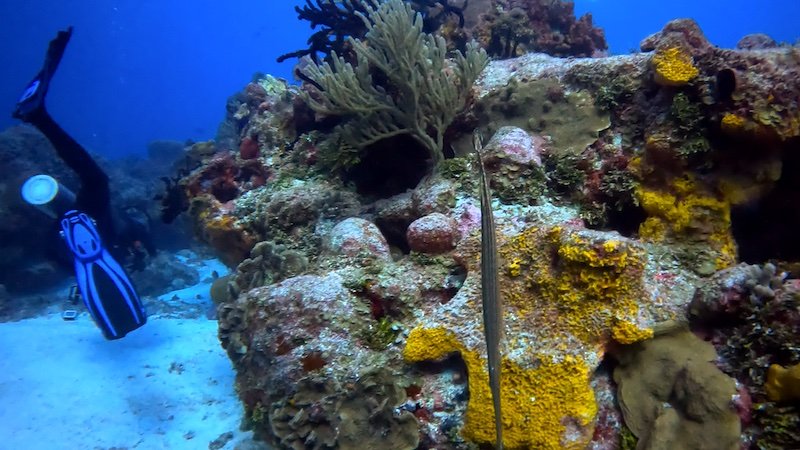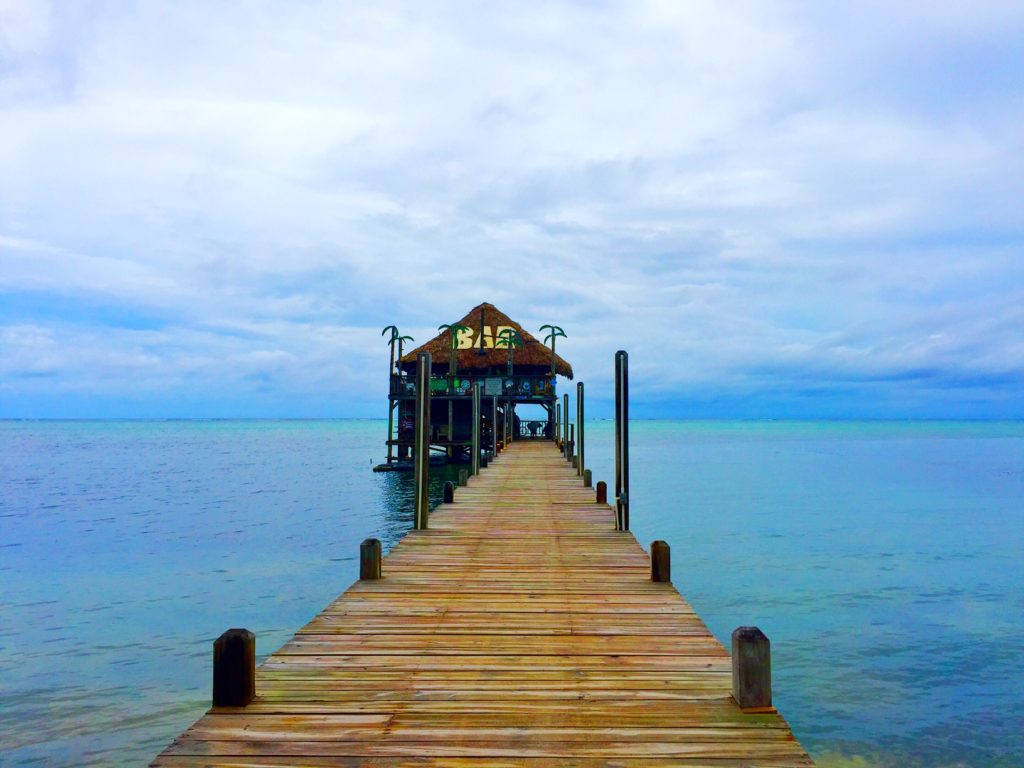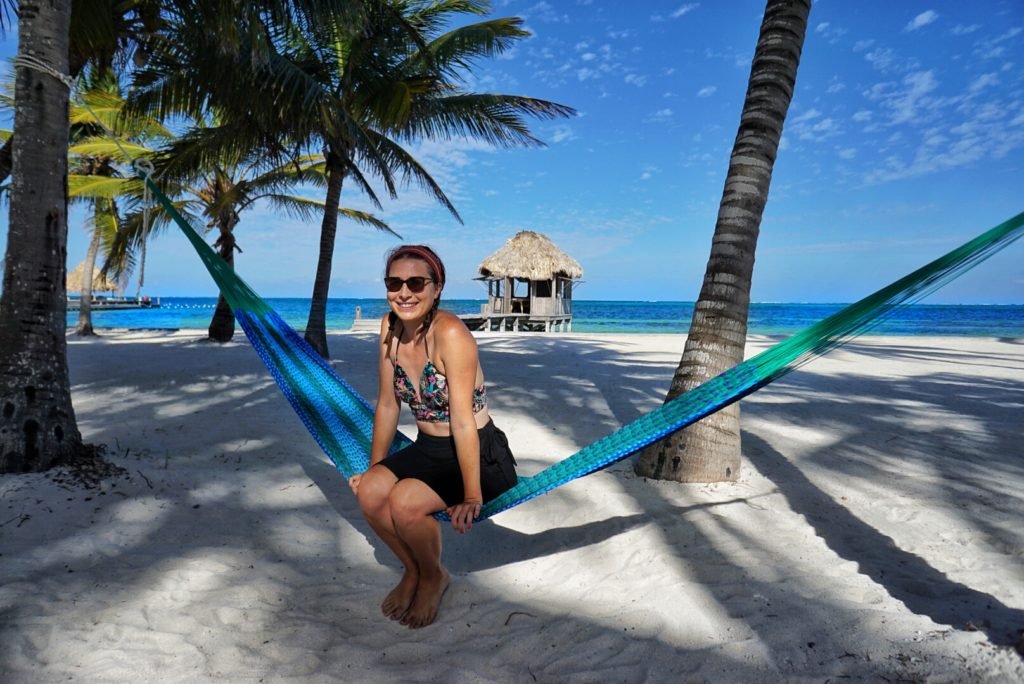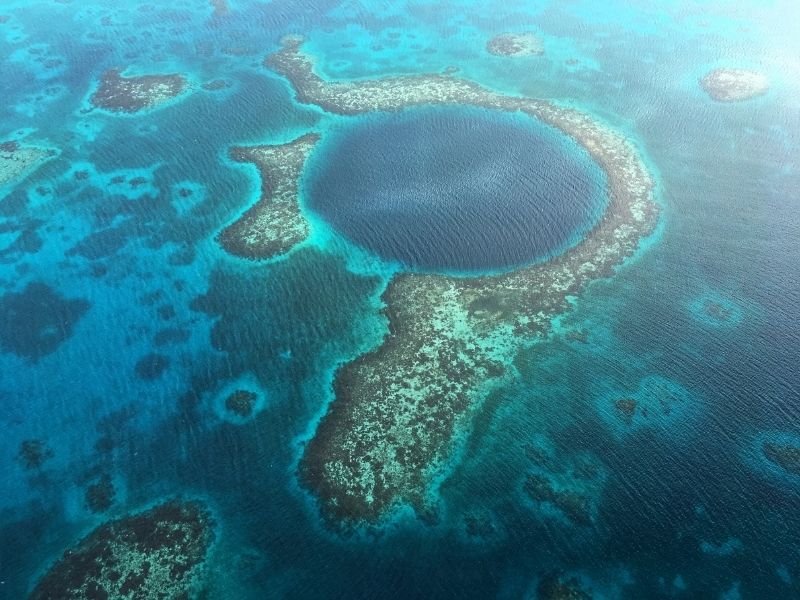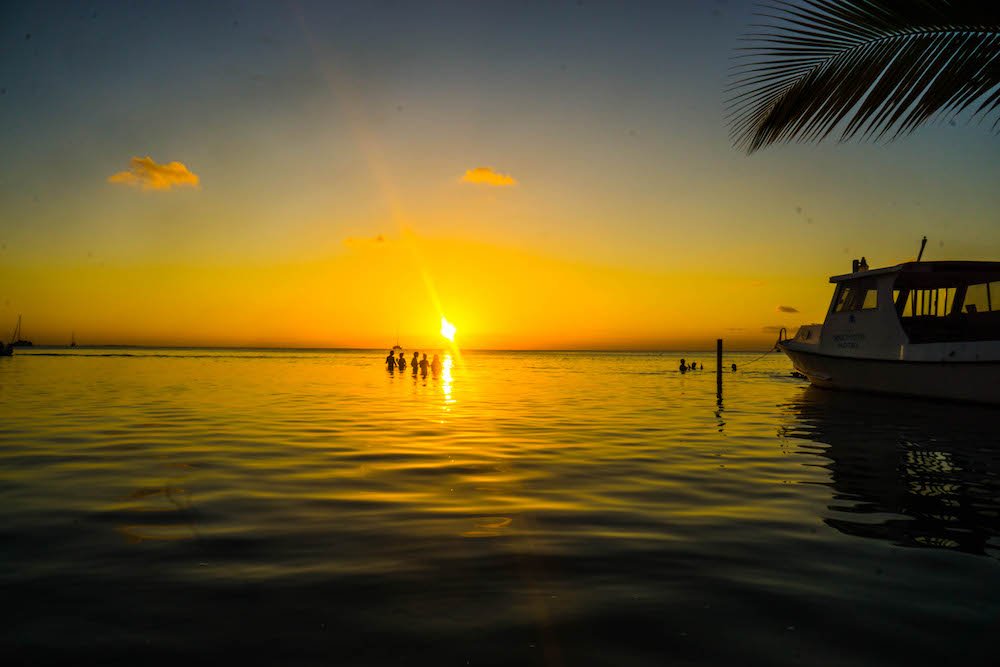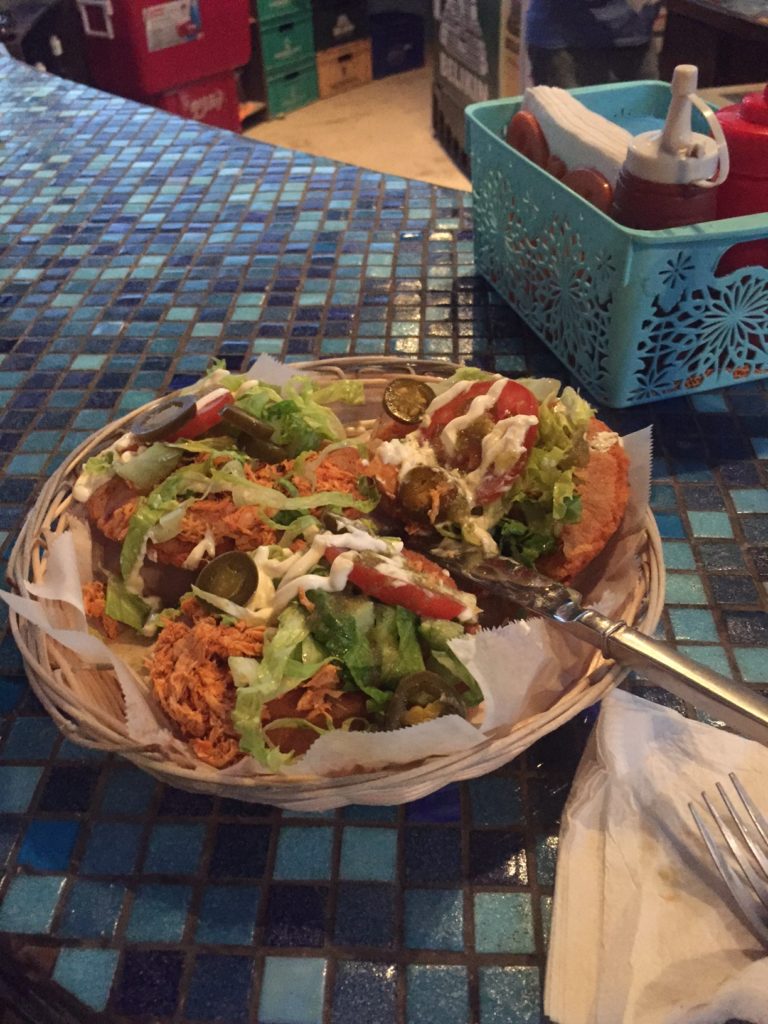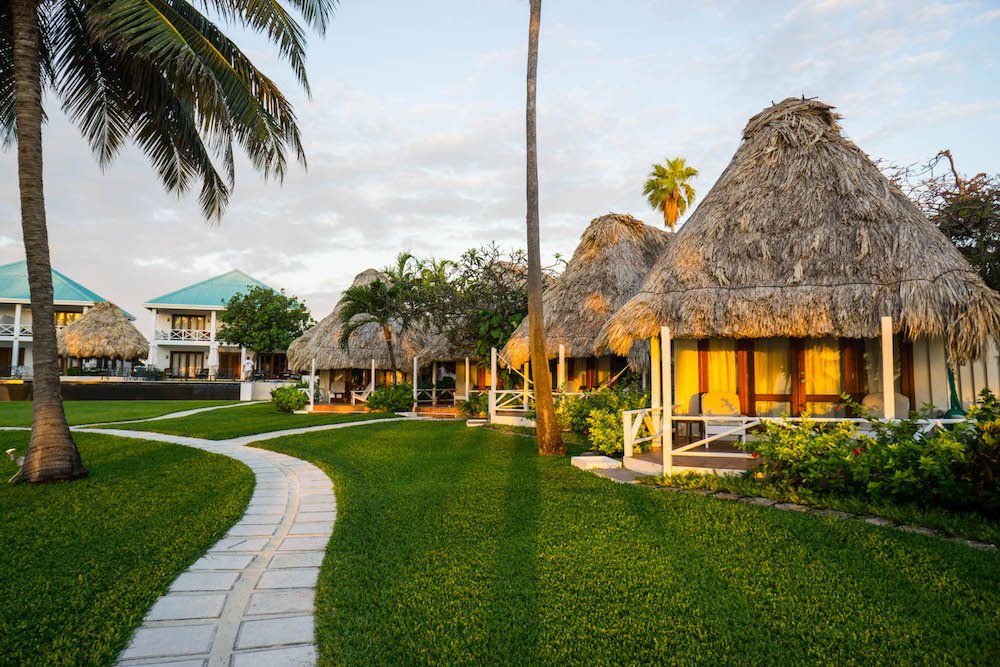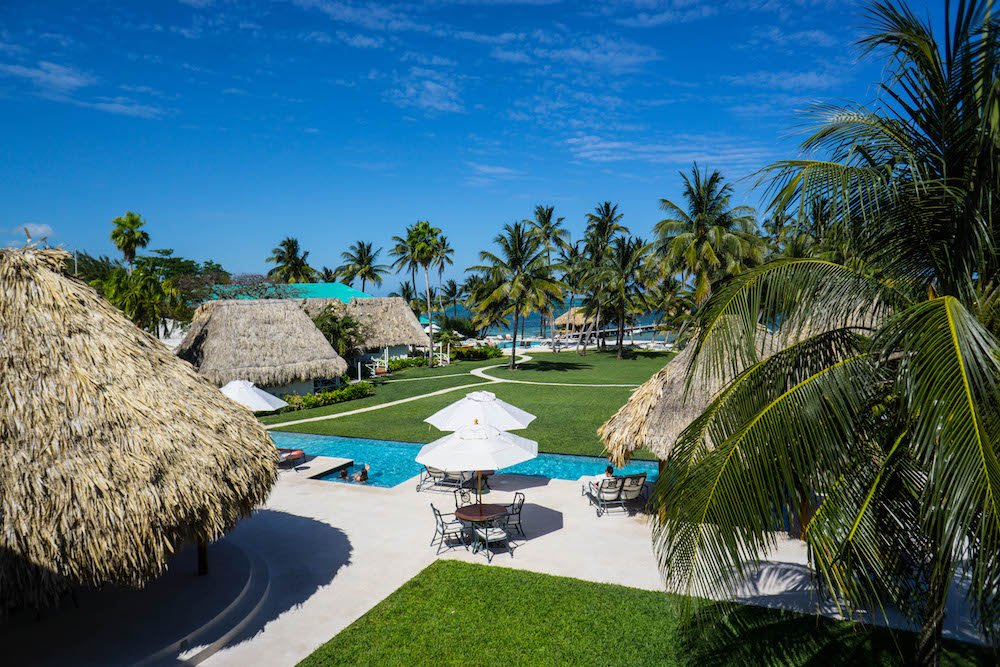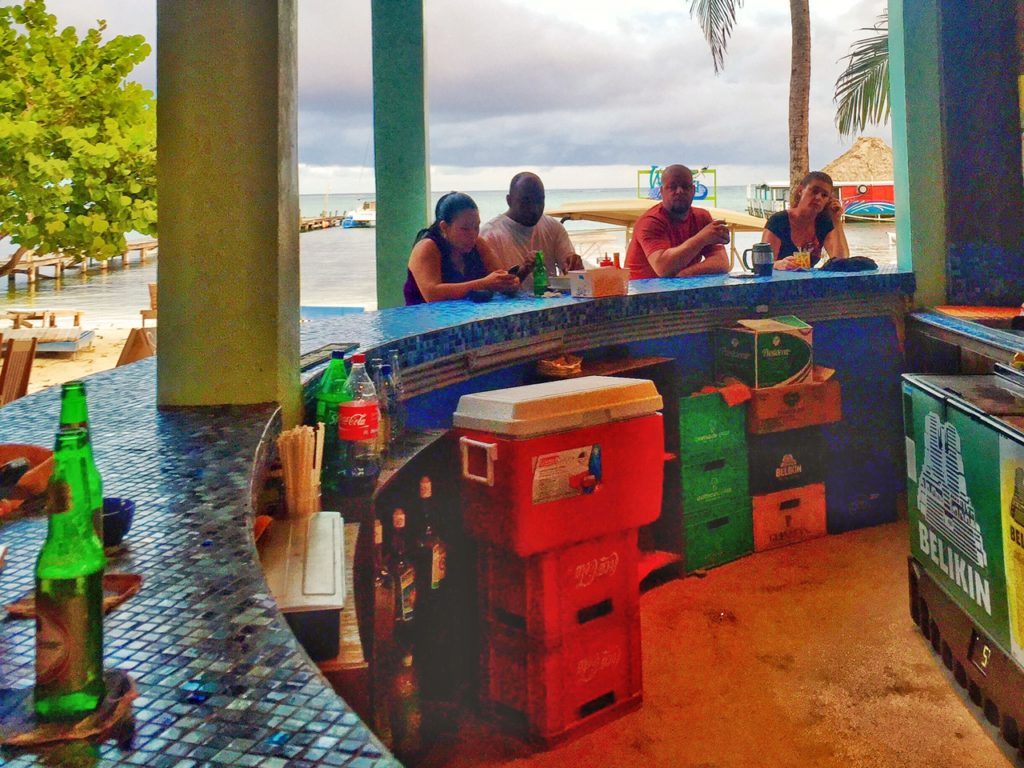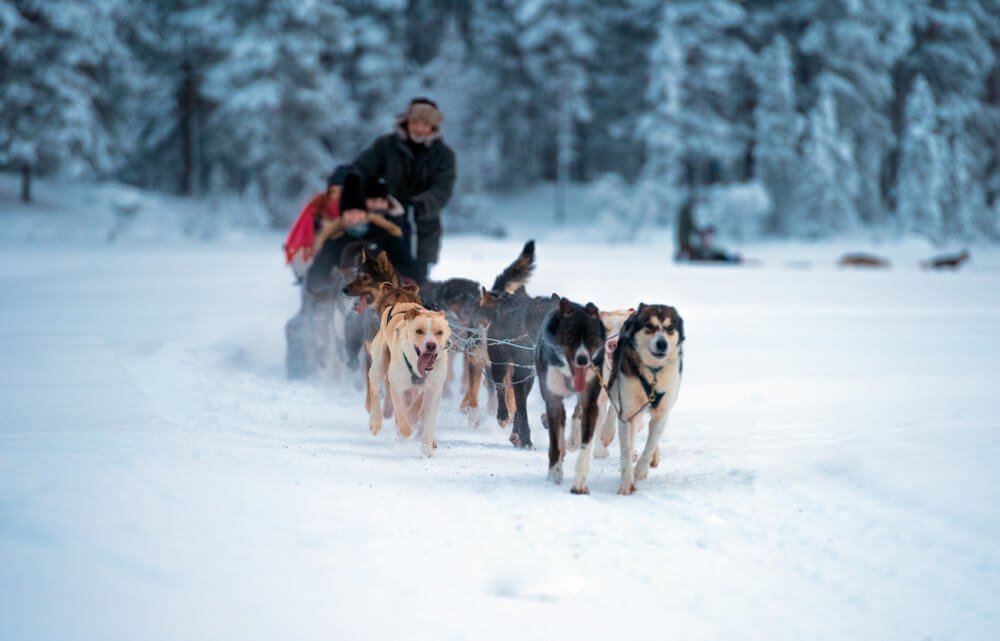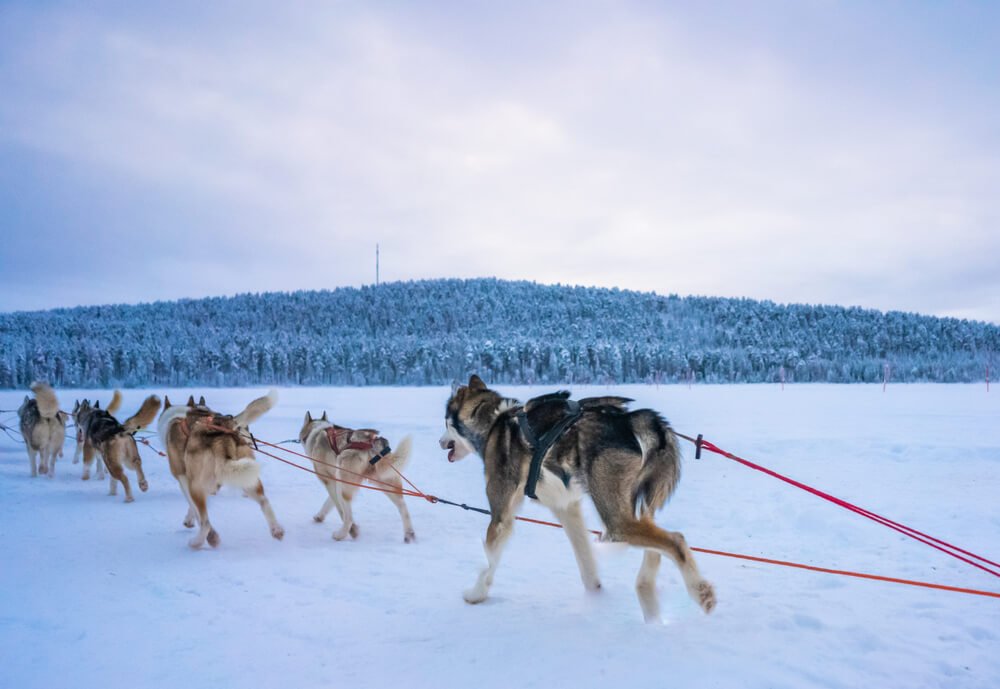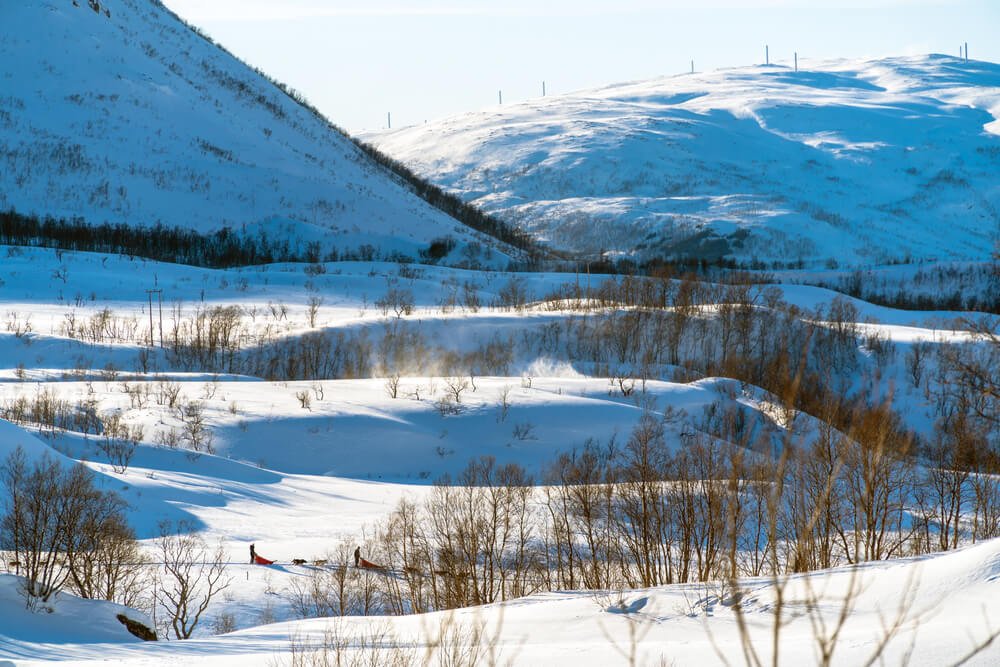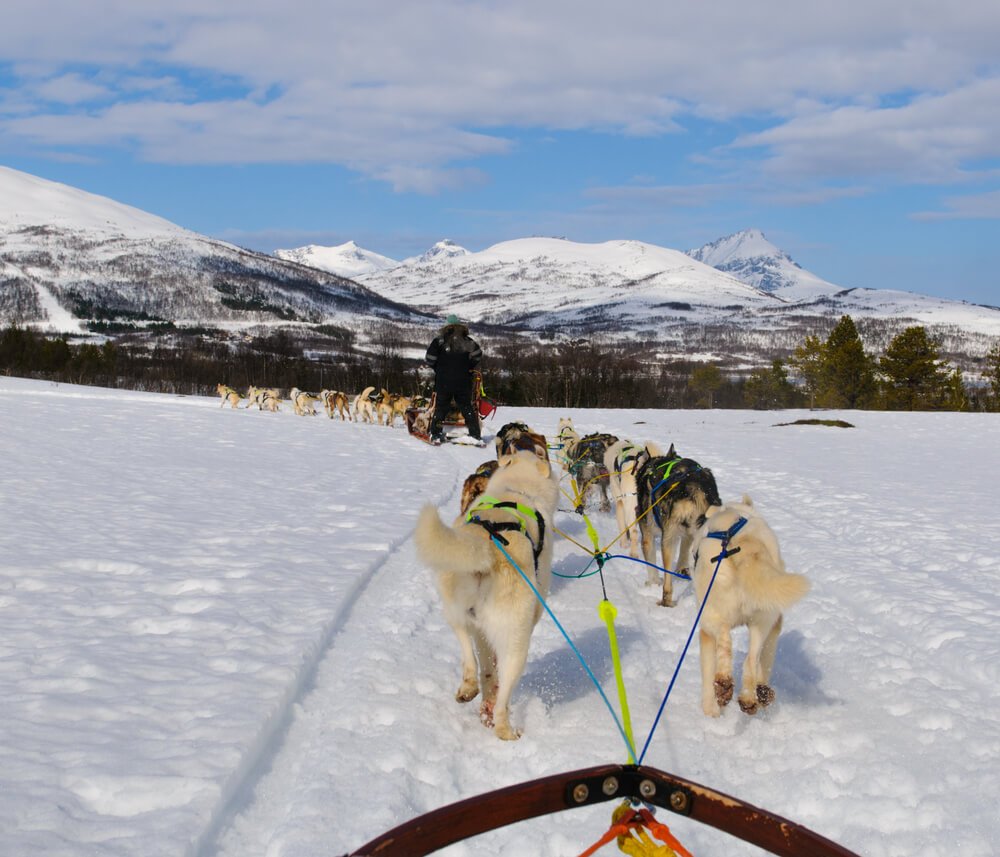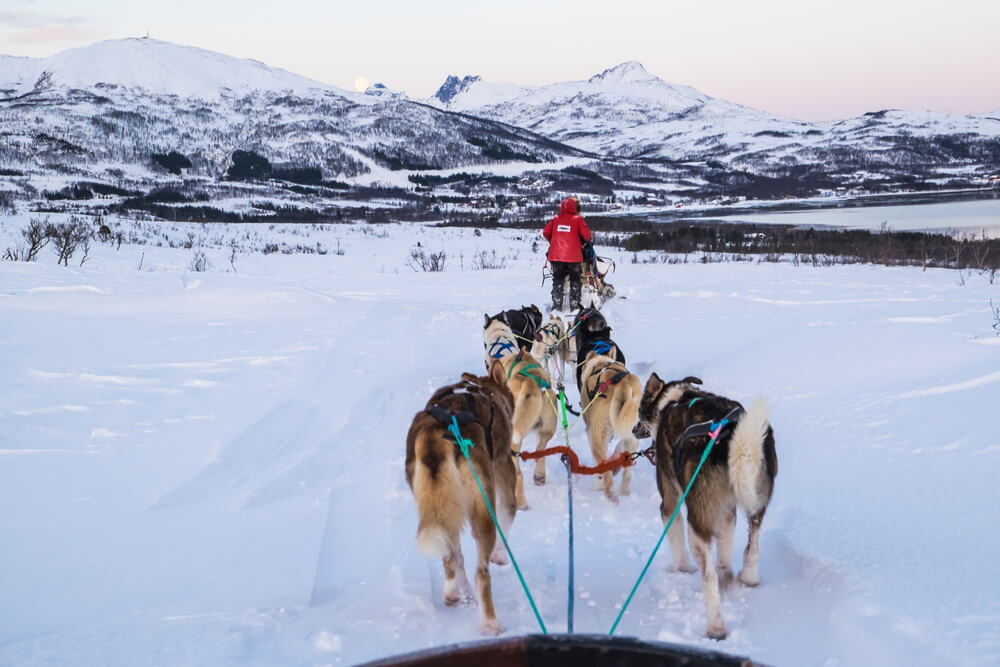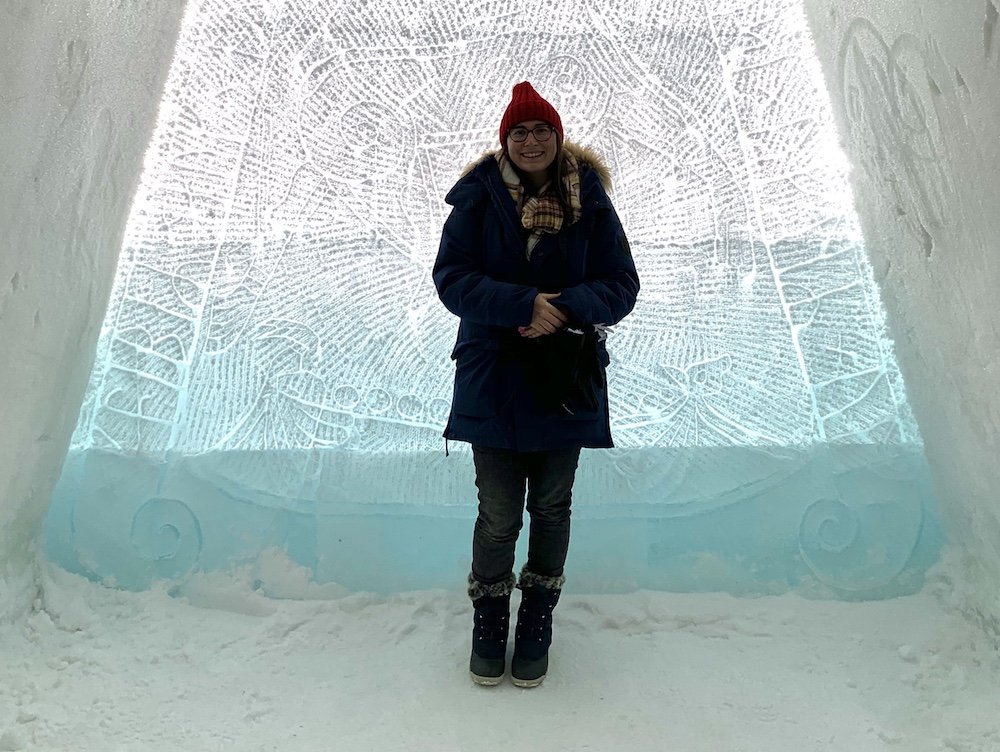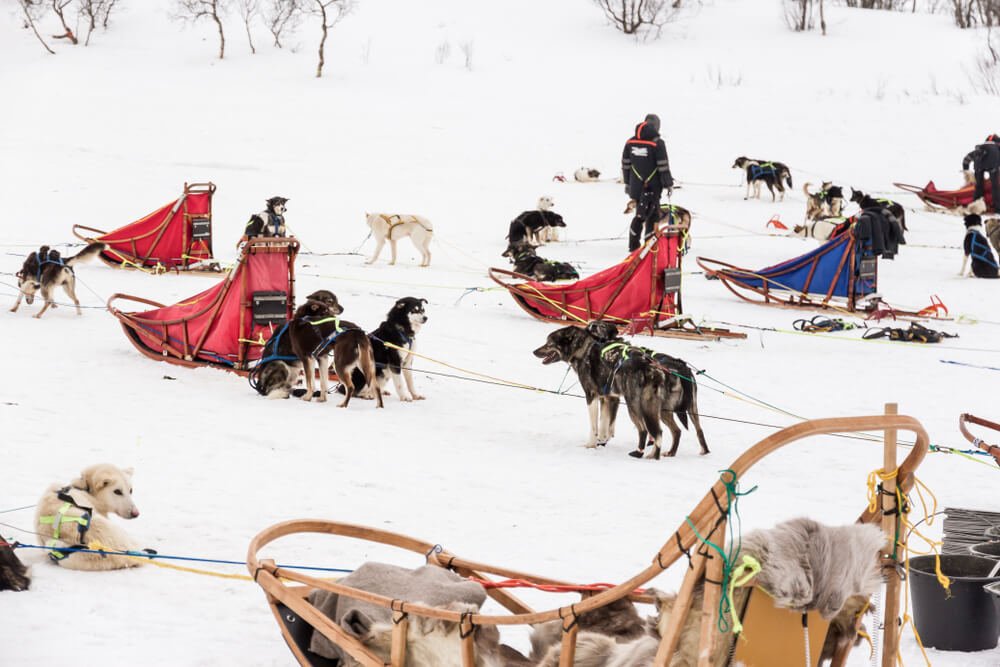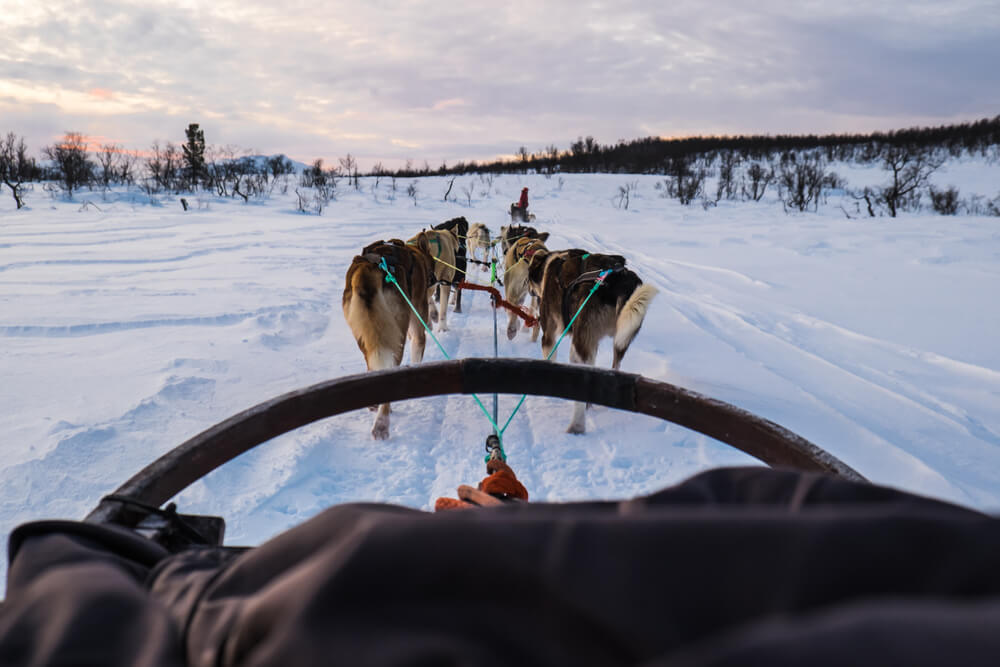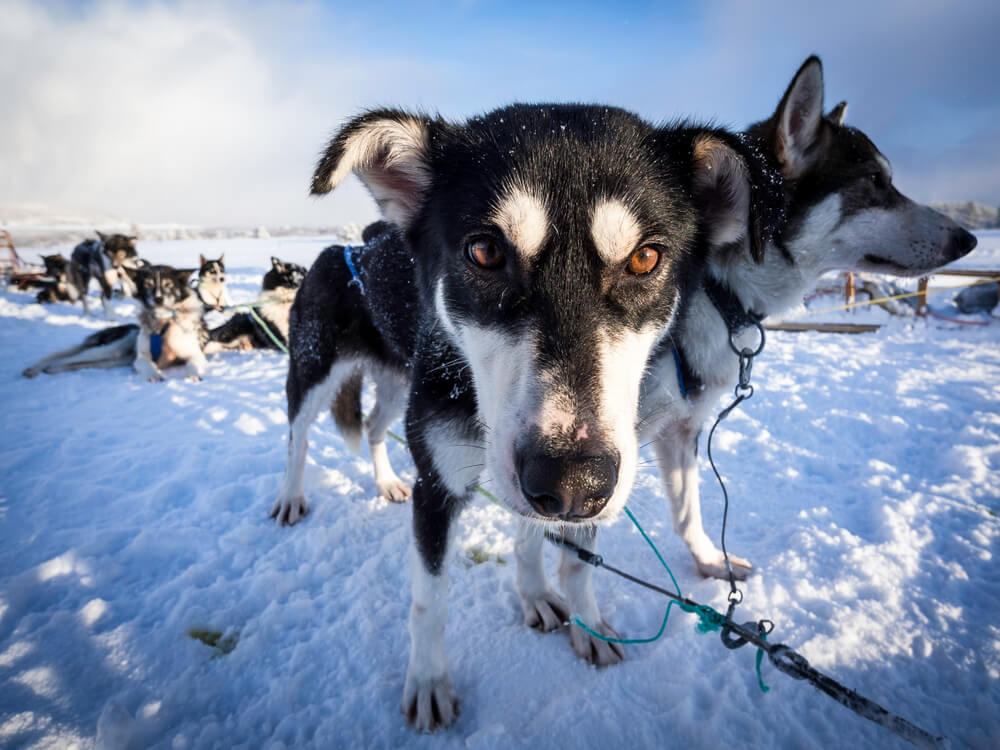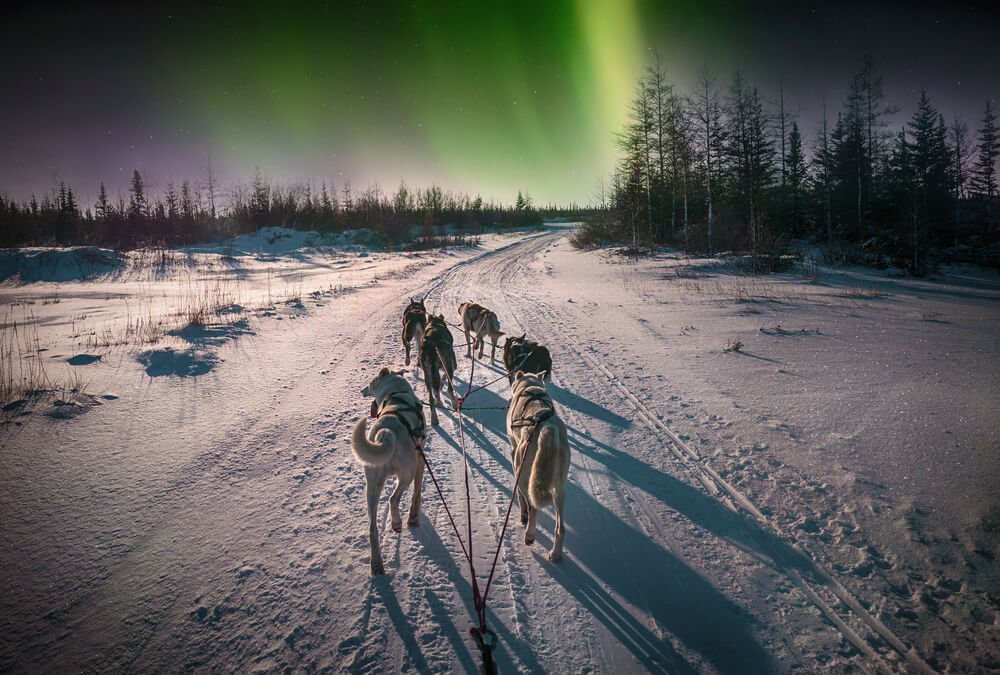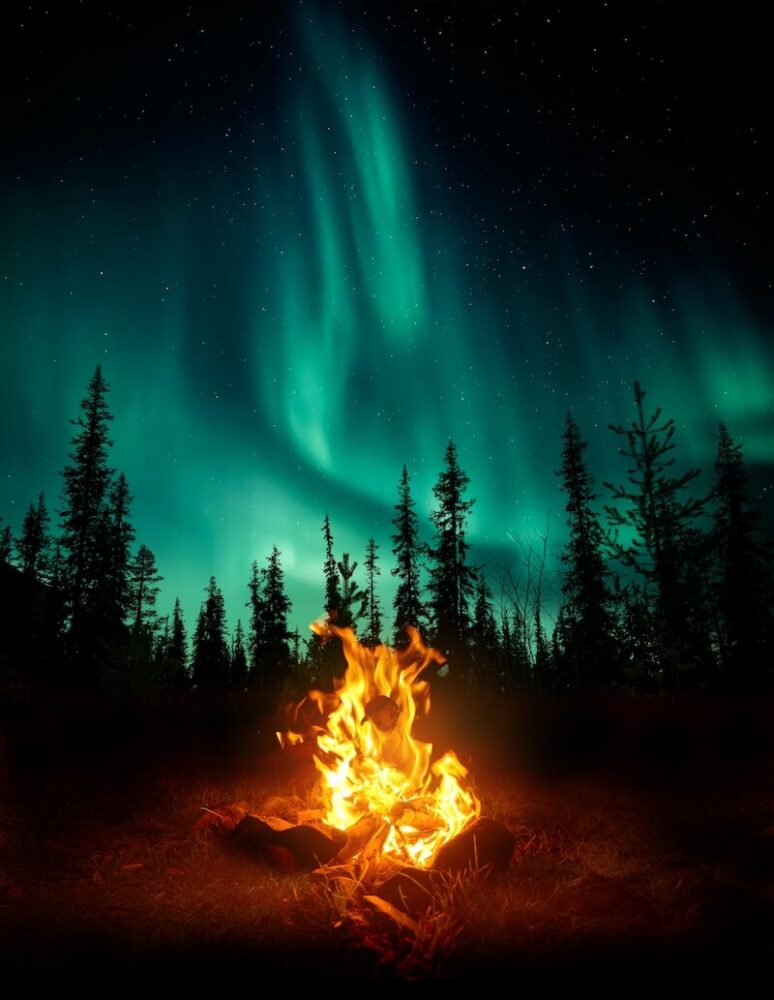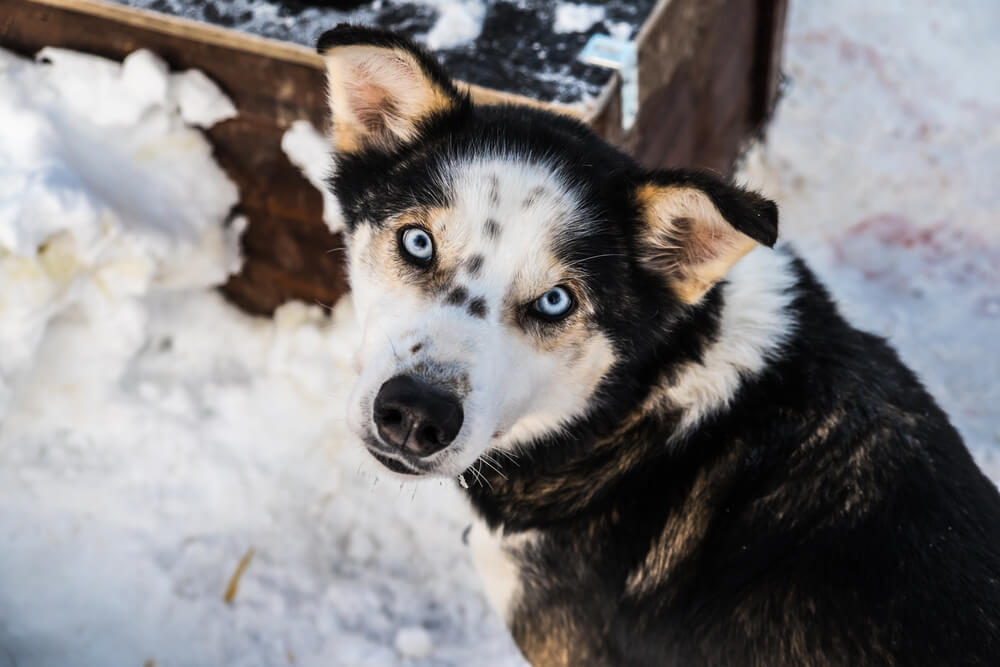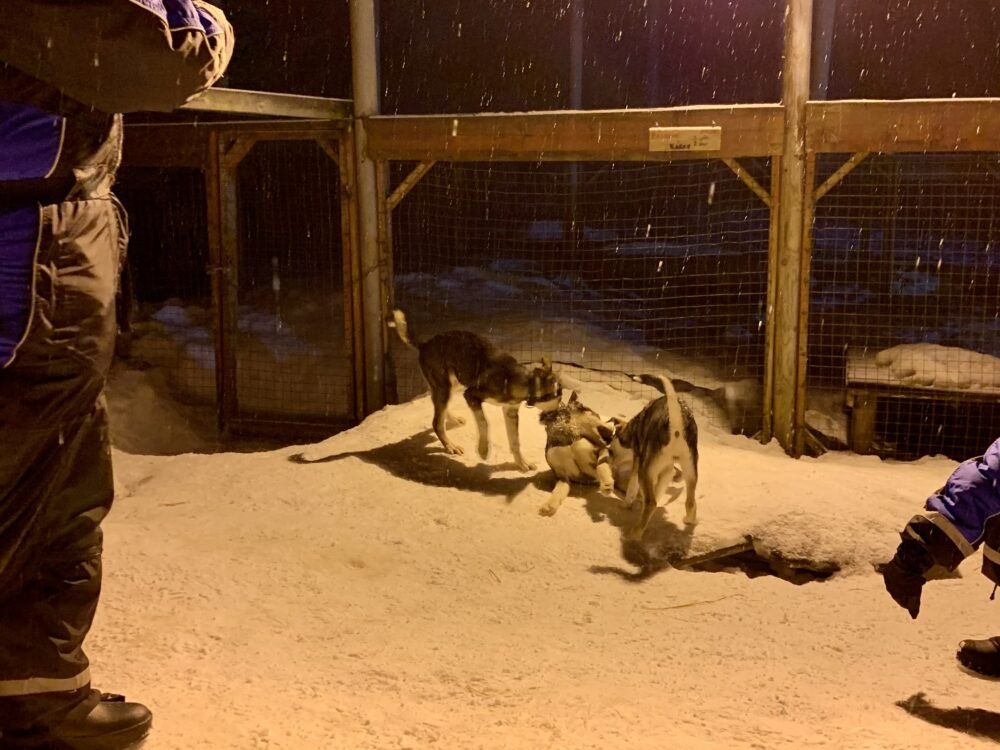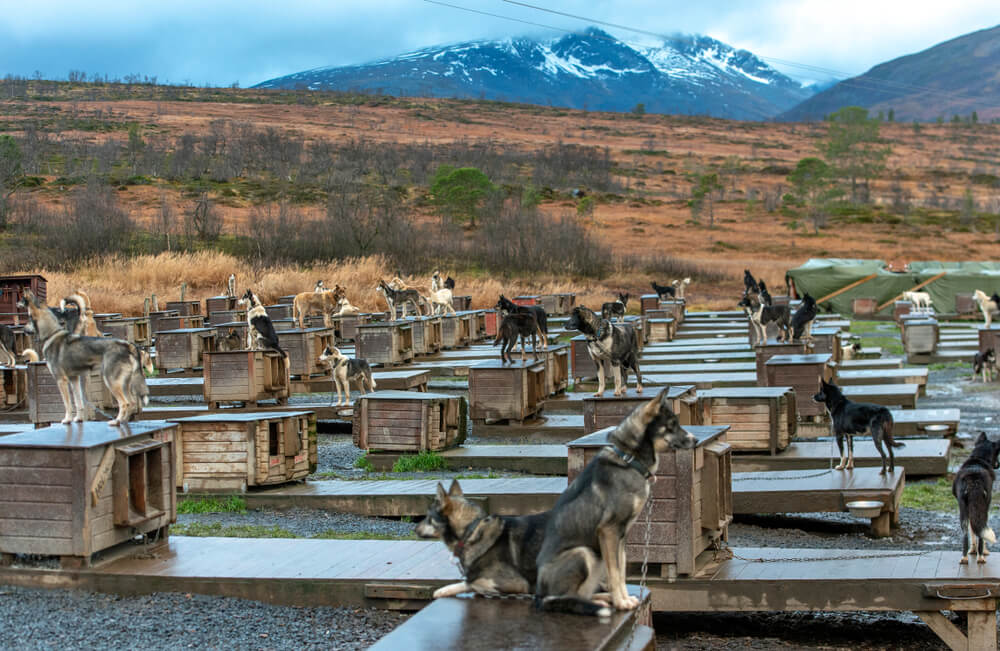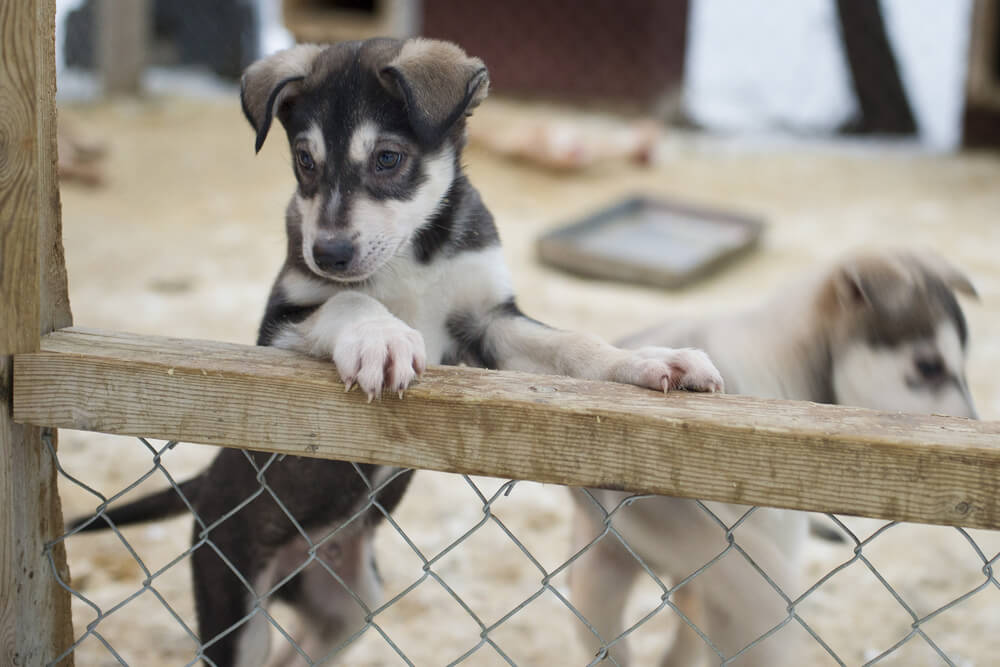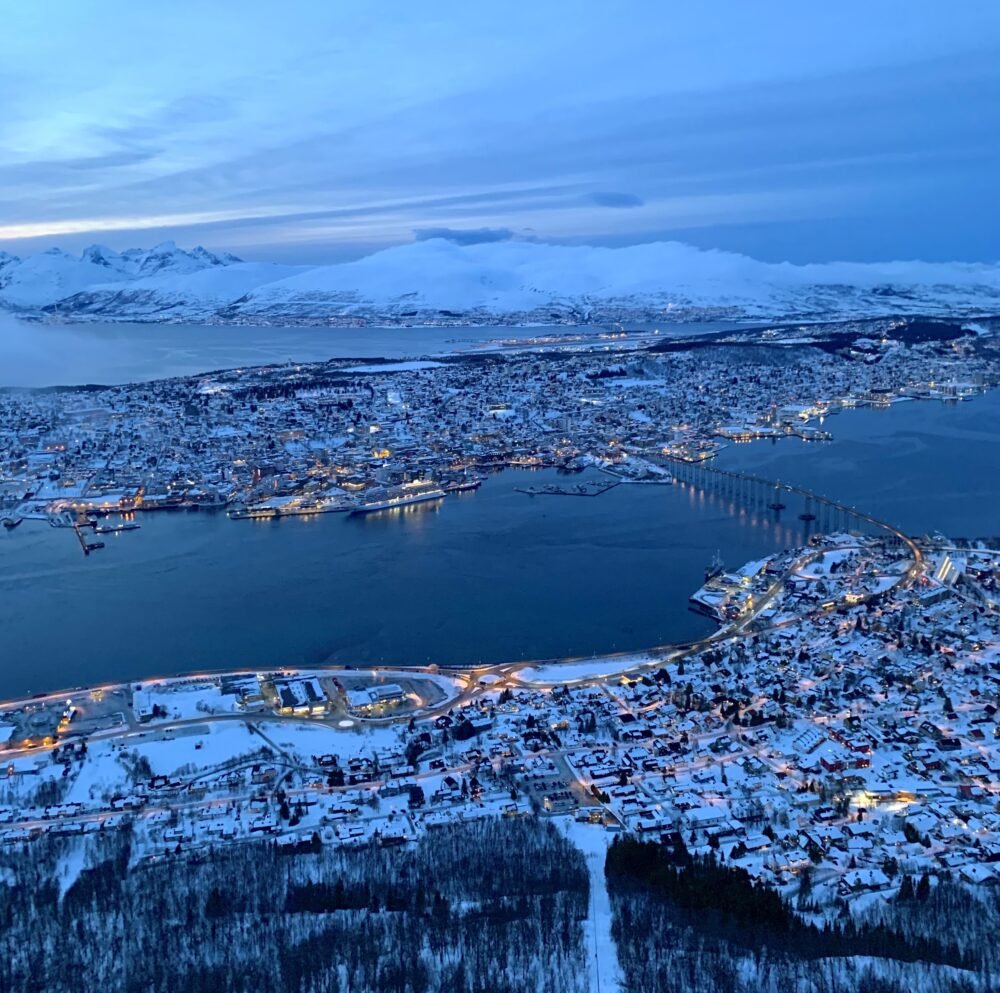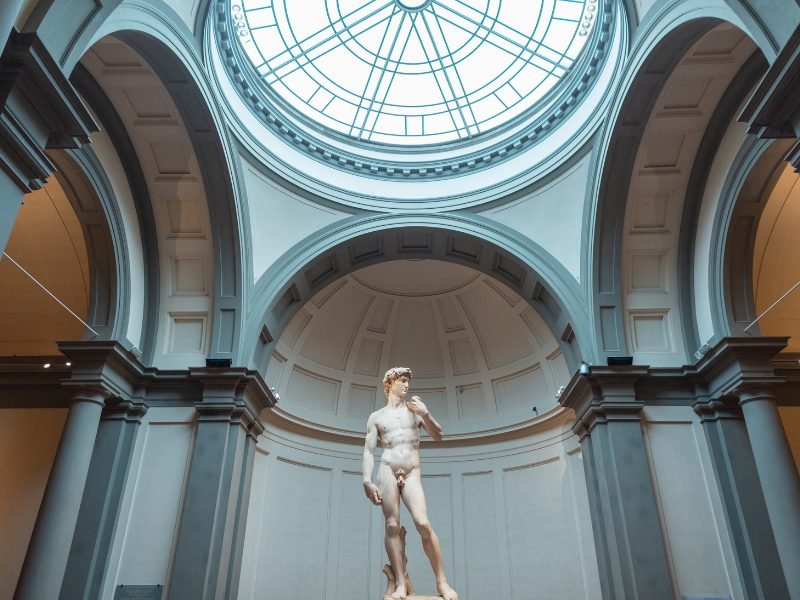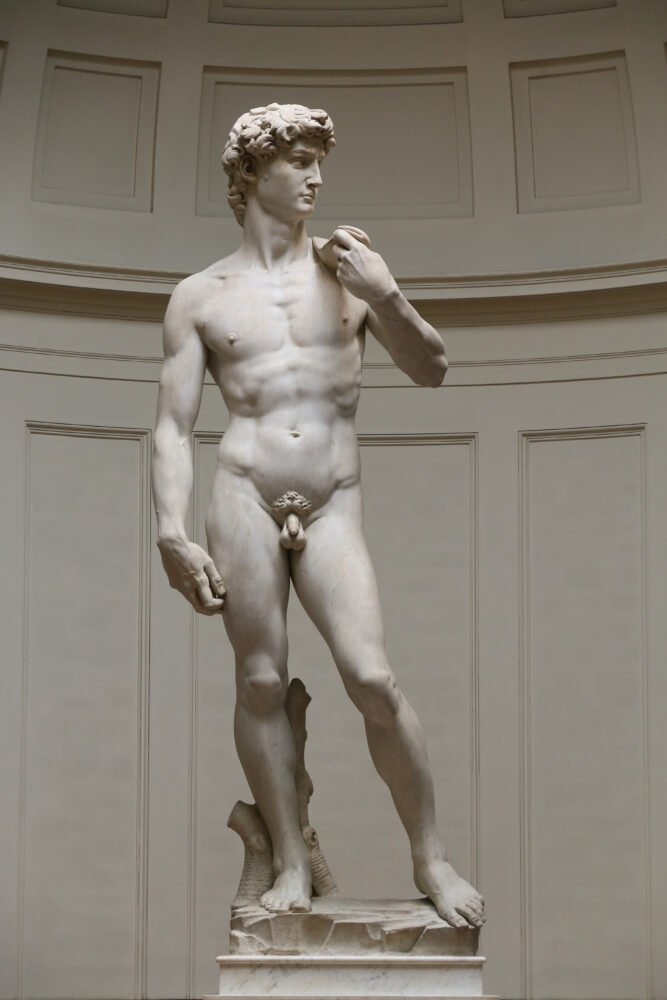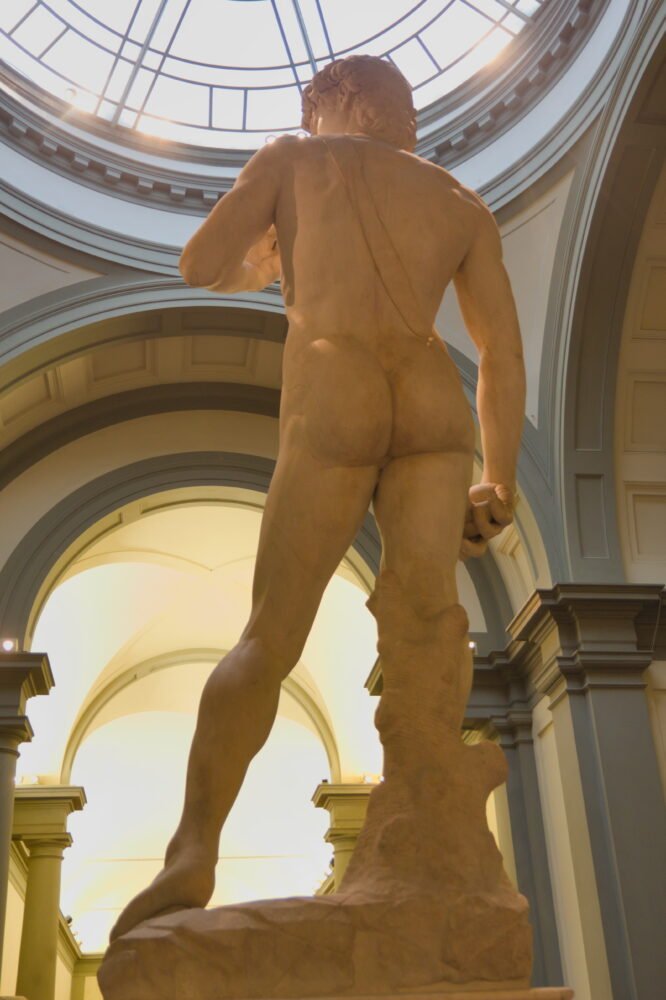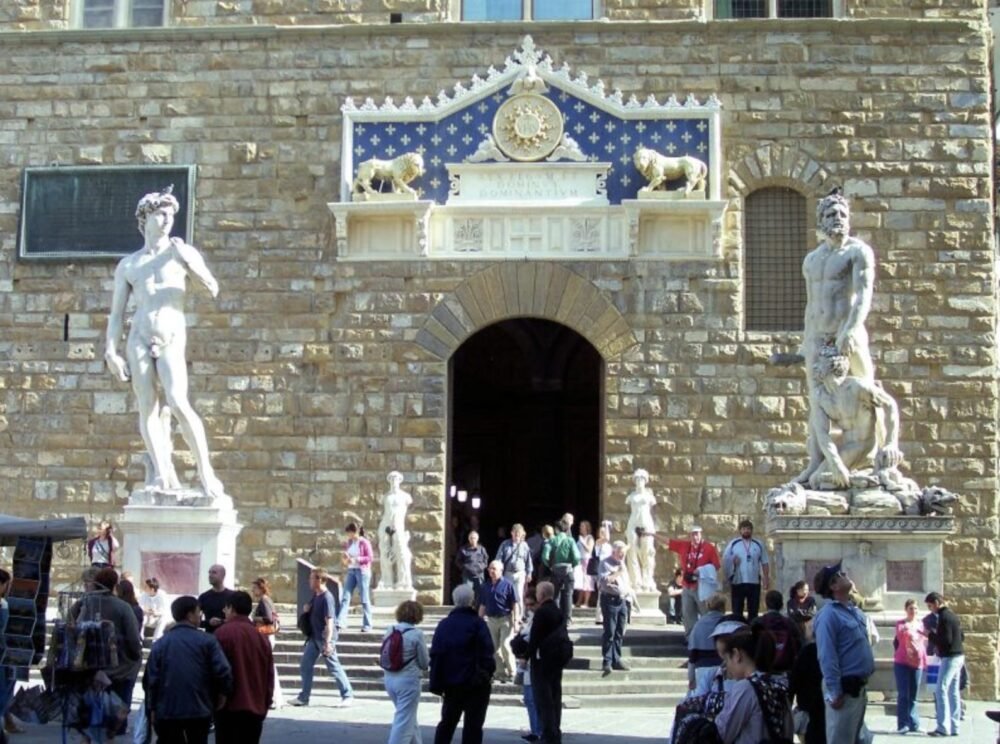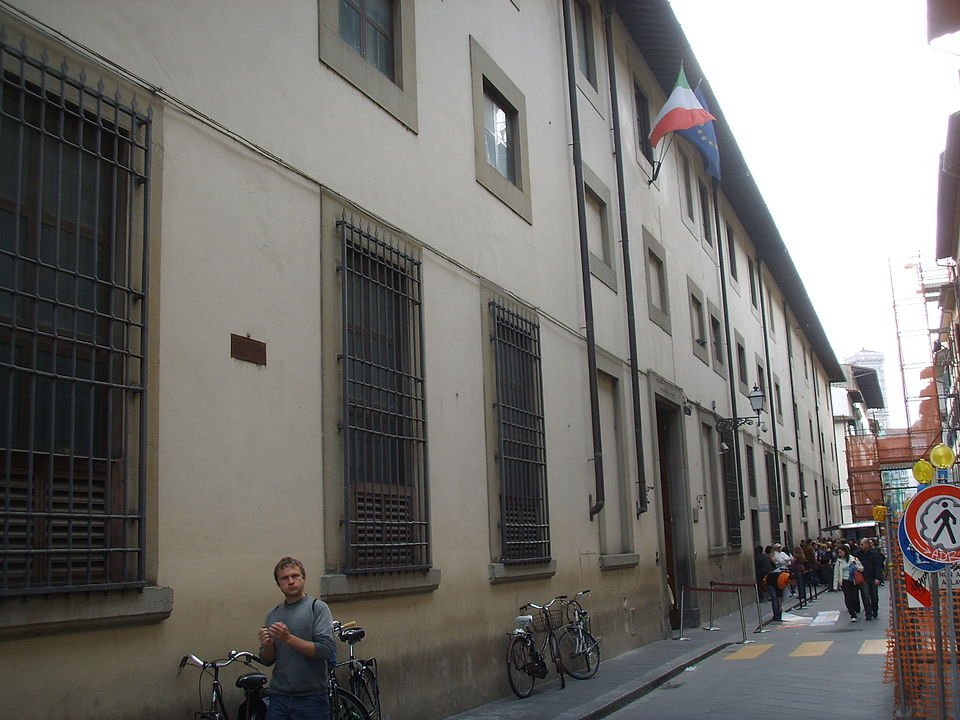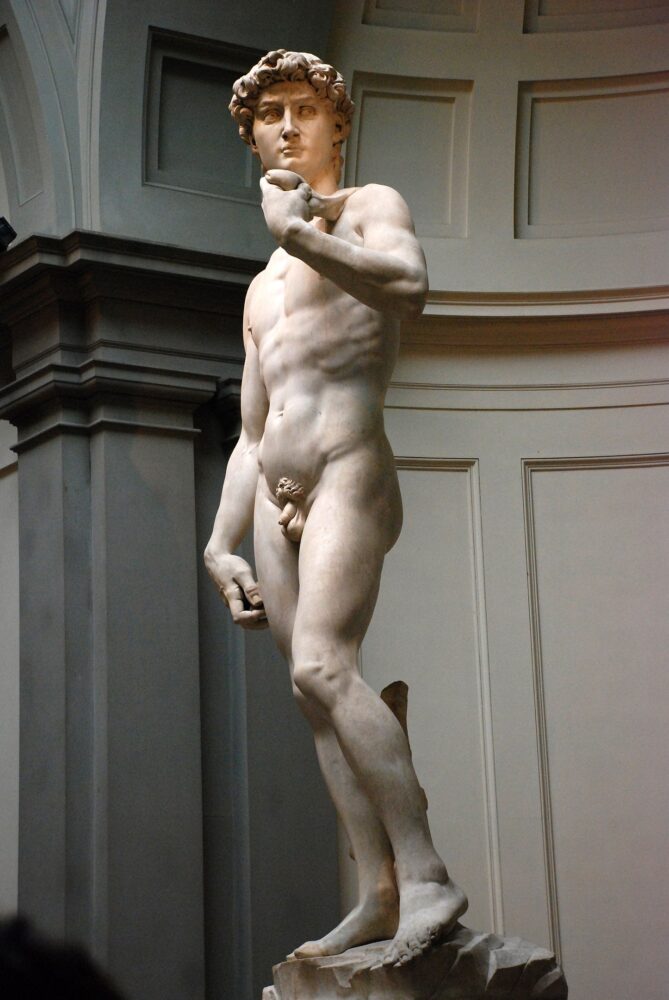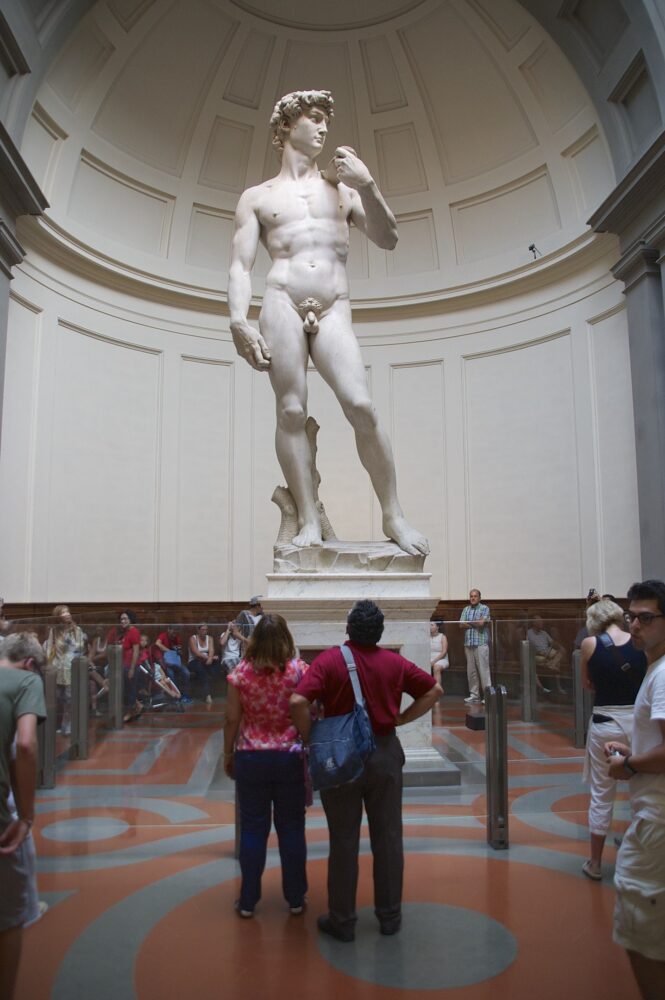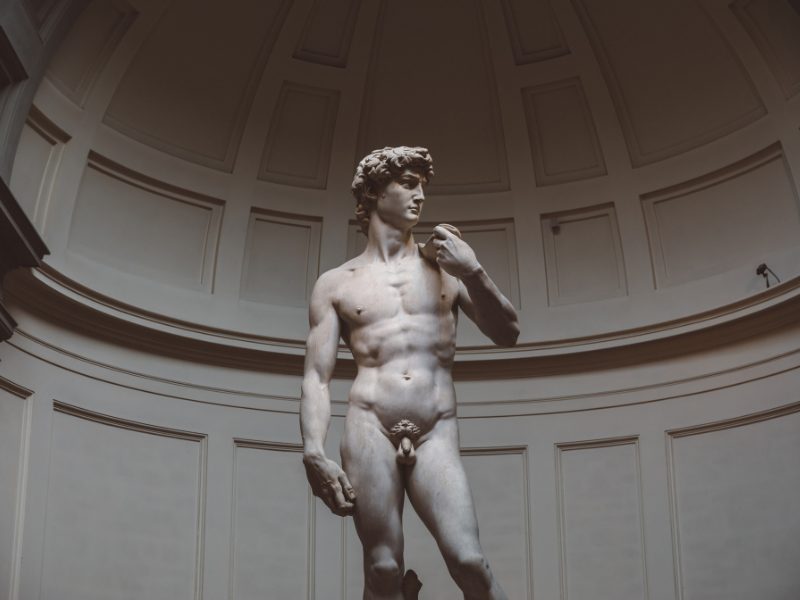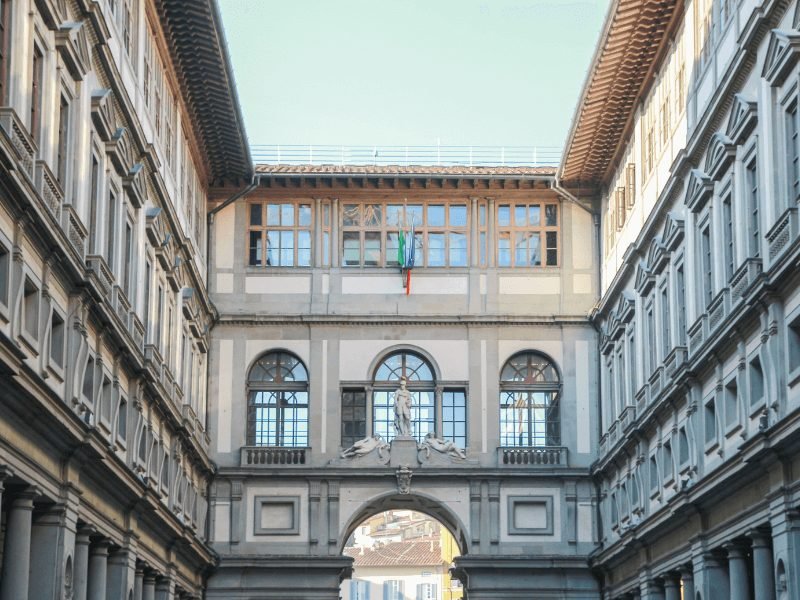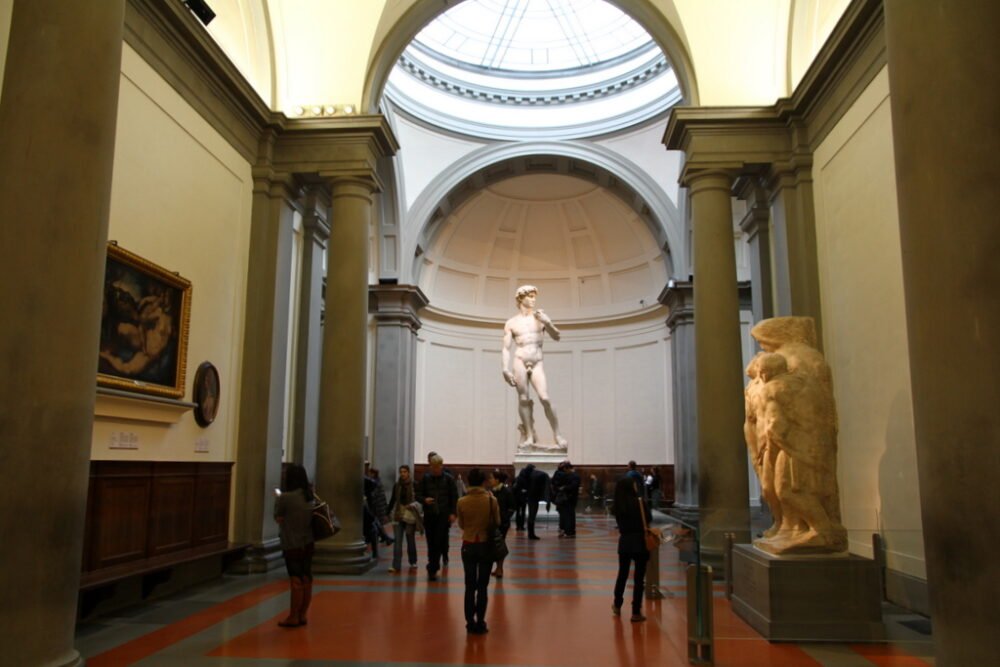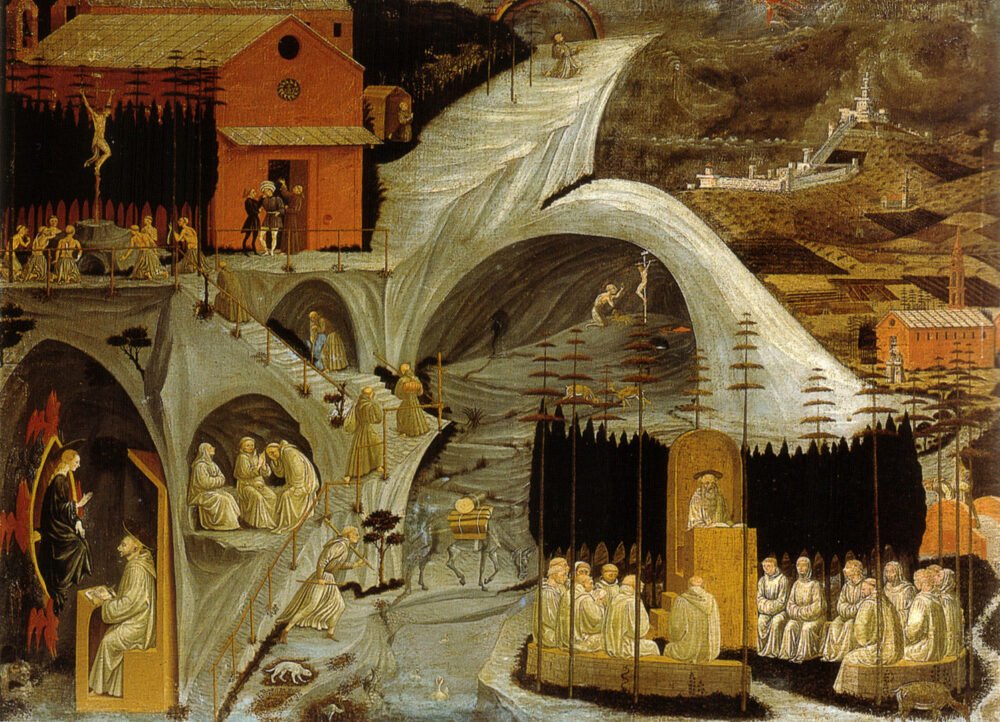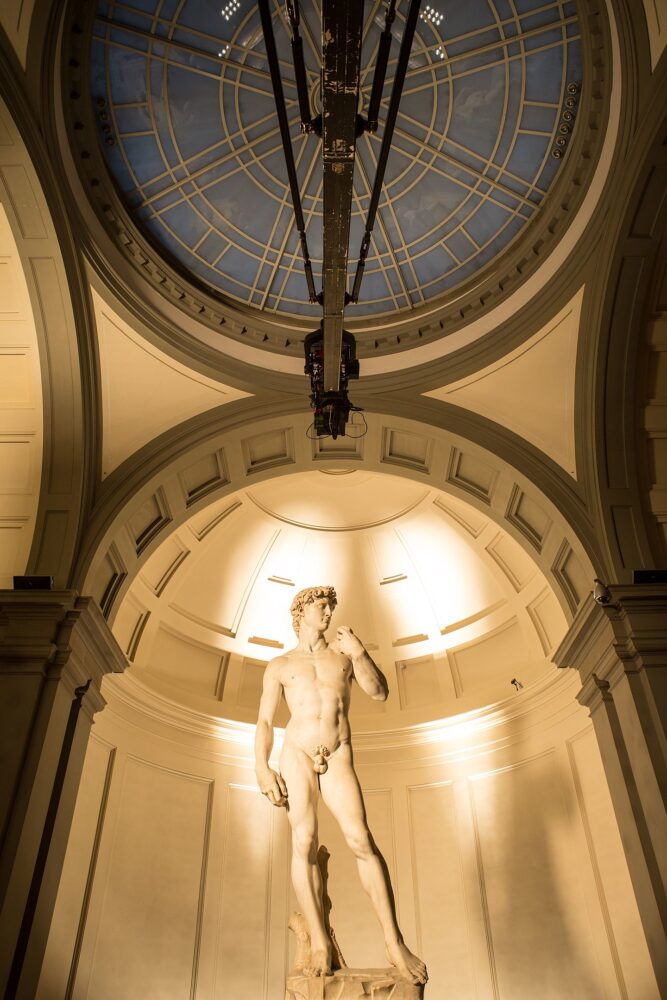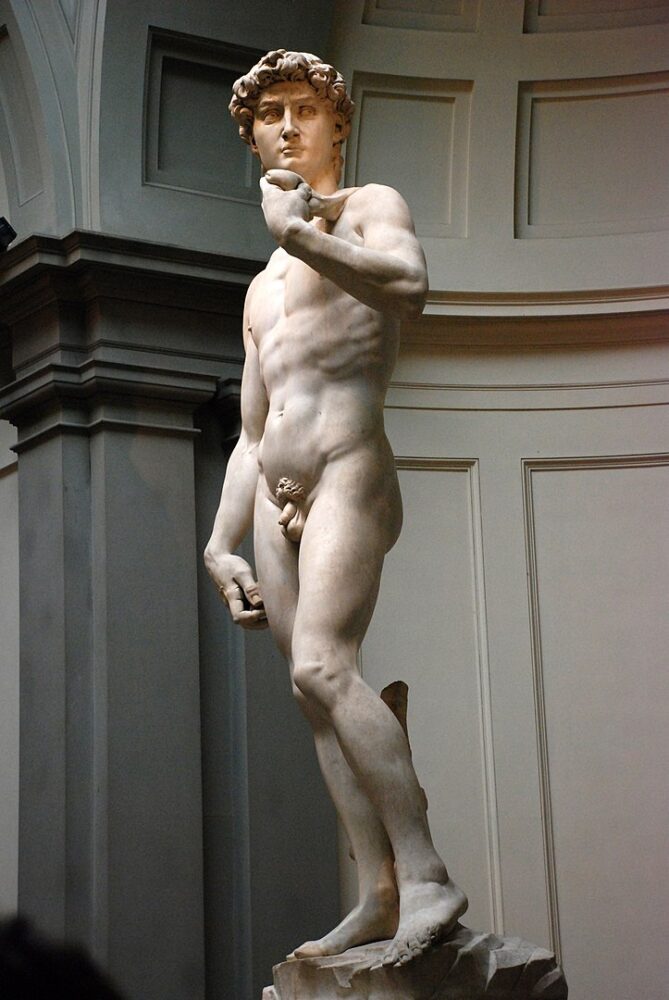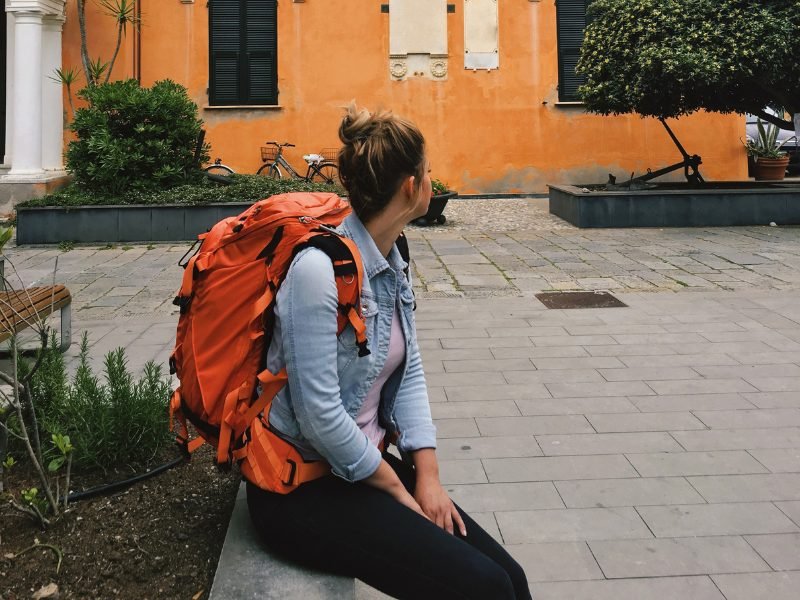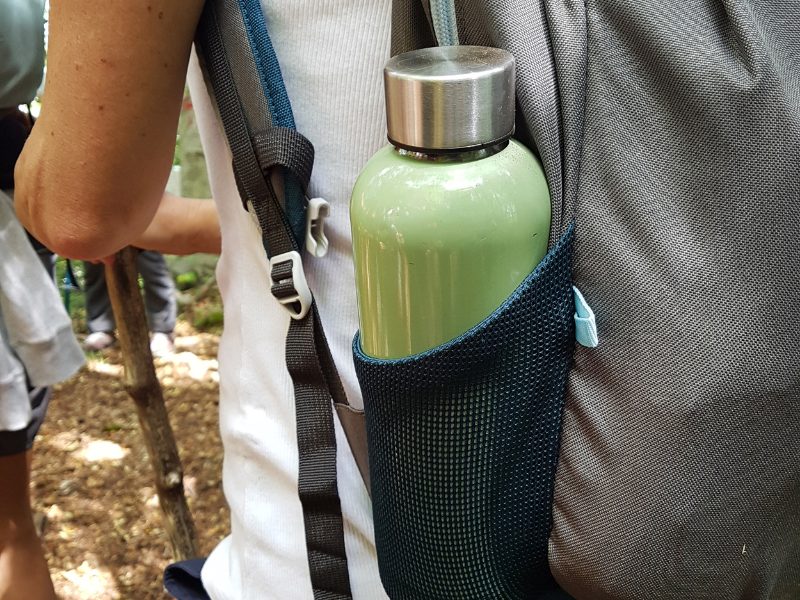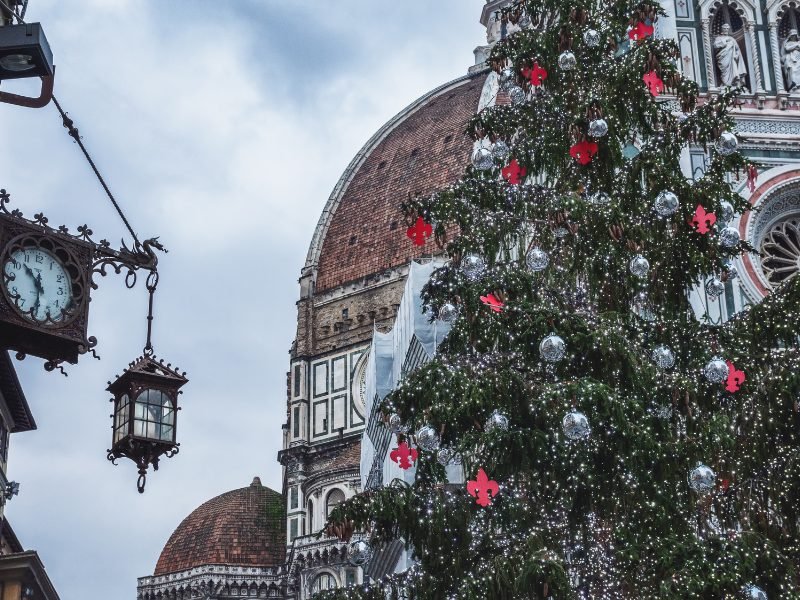Tallinn is always a magical place. But in the winter, Tallinn looks even more like it was plucked from the pages of a fairytale.
Somehow, the city looks more striking against a muted, cloudy sky.
Red roofs, candy-colored façades, spires reaching skywards in shades of green and silver, all against the backdrop of the Baltic Sea.
Simply put, Tallinn is what you dream of when you think of historic European cities.
| ⌛ Planning your wintery Tallinn trip in a hurry? Here are my quick picks. ❄️ Best Tallinn Tours & Experiences 1. Day Trip to Lahemaa National Park & Viru Bo 2. Roundtrip Ferry Tickets to Helsinki 3. Tallinn TV Tower Skip-the-Line Tickets 🛏️ Best Tallinn Hotels 1. Savoy Boutique Hotel (luxury art deco design in Old Town) 2. Taanilinna Hotell (central & boutique with rustic details) 3. Fat Margaret’s (budget hostel with sauna and pool) Arriving in Tallinn by plane? Book your airport transfer here with Welcome Pickups. |
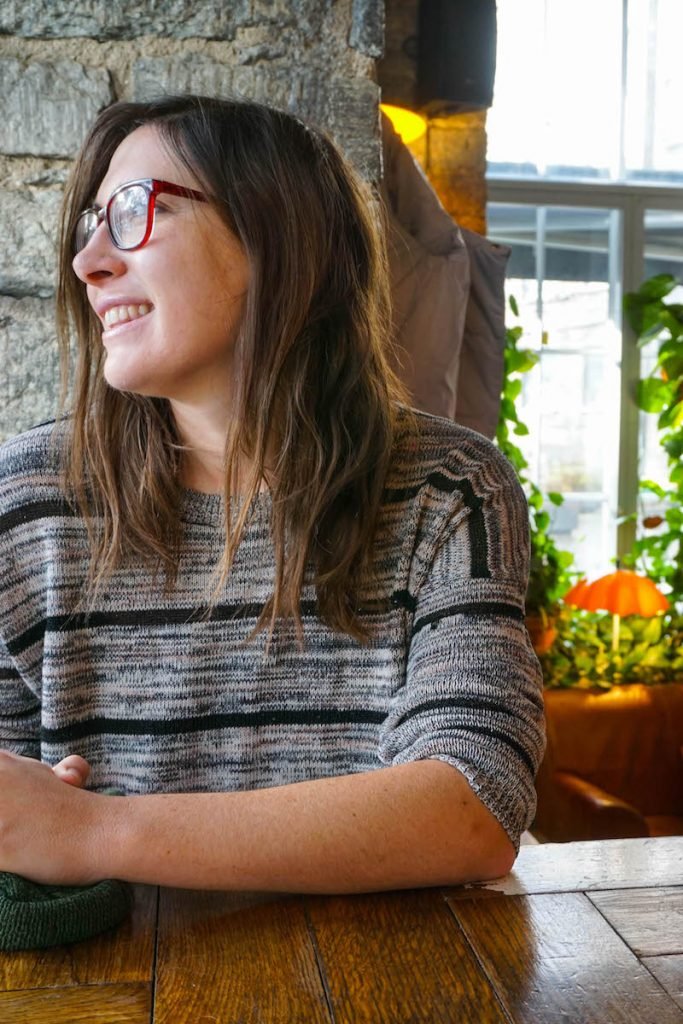
In winter, the masses of tourists clear Tallinn’s city center and it’s somehow easier to see beyond the postcard-perfect streets into the modern, beating heart of a young and creative Estonia.
At the crossroads of Eastern Europe and the Nordics, Estonia manages to merge aspects of both without fitting solidly into either, something distinctly its own.
Without further ado, here are my favorite things to do in winter in Tallinn!
21 Best Things to Do in Tallinn in Winter
Visit the adorable Tallinn Christmas Market.
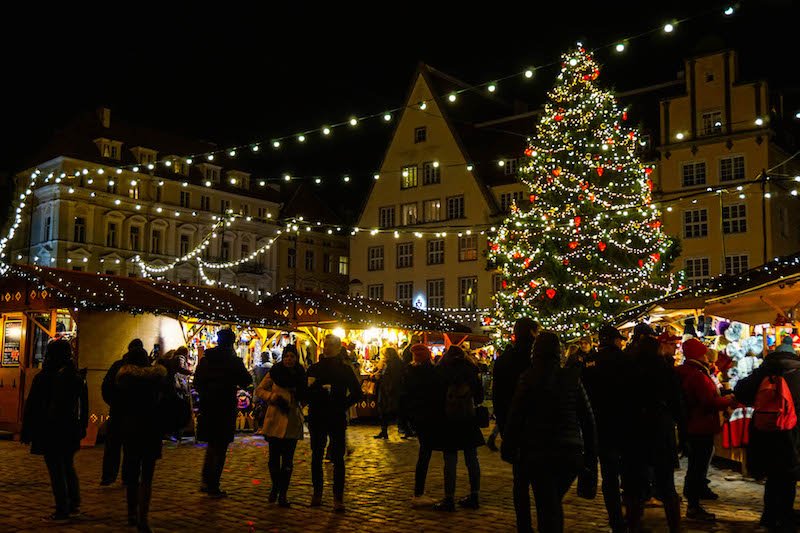
Starting in mid-November, the lovely central square of Tallinn has an adorable Christmas market!
Located centrally in the Town Hall Square, it’s definitely worth a visit when the weather is cold.
I’ll admit it here for the entire Internet to see – I’m a bit of a Christmas Grinch.
But the Tallinn Christmas Market made my heart grow three sizes!
With its enormous tree, cute wooden craft booths, piping hot fresh pancakes, and all the glögg you can drink, the Christmas Market is one of the coziest places in all of Tallinn in December and late November.
Fall in love with Tallinn from above from Toompea Hill.
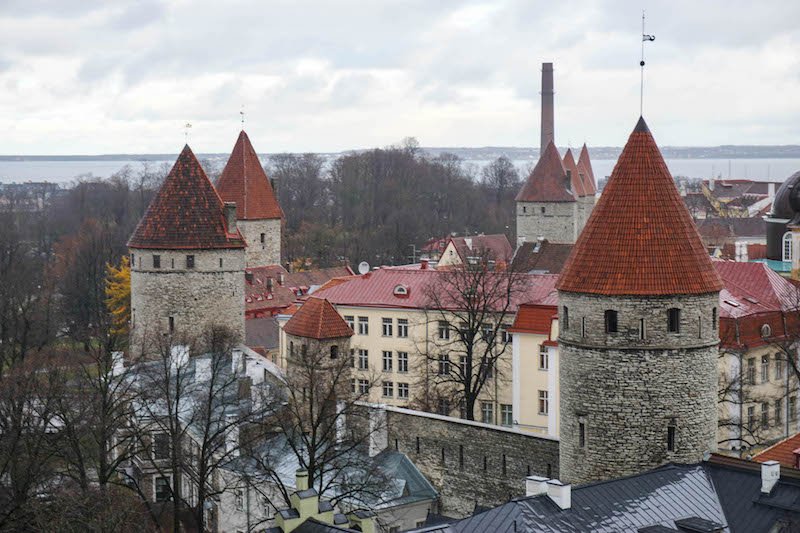
Want picture-perfect views over all of Tallinn in its winter glow?
You won’t want to miss checking out several of the incredible viewpoints around the city.
In particular, Toompea Hill is the place that offers the best views over the Old Town.
There are a few different viewing platforms here with stellar views!
My two favorites are Kohtuotsa and Piiskopi, each of which offers a slightly different angle of a wintry Tallinn cityscape.
Wander around a calm, nearly tourist-free Old Town.
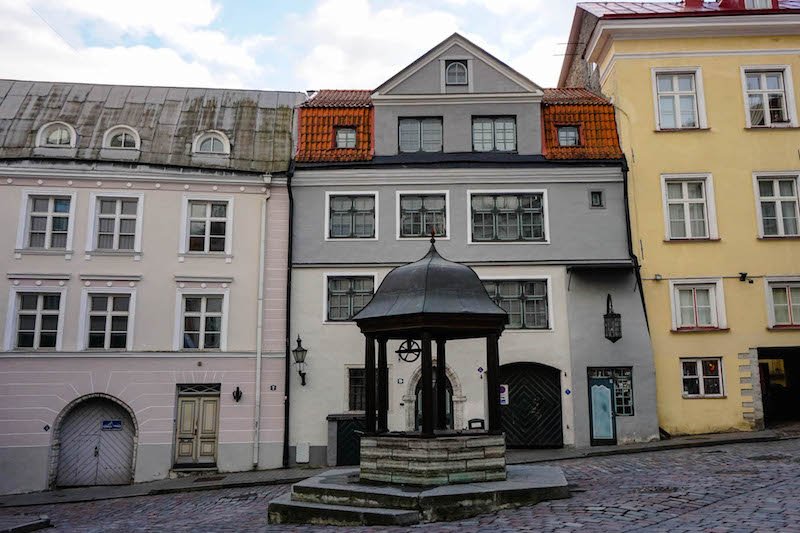
Most historic European Old Towns are ridiculously crowded in the months leading up to Christmas.
Even my beloved city of Prague, where I lived for six months and where my curiosity about the world turned into clinical wanderlust, is hard to tolerate with its Christmas crowds.
But that’s not the case with Tallinn in winter! This charming medieval Old Town is miraculously sedate in the winter.
In fact, once you realize that won’t be packed elbow-to-elbow in the narrow streets of the Old Town like you might in summer, visiting Tallinn in winter starts to seem like a downright reasonable idea after all.
Sure, sure, the winter temperatures hover around or below freezing, and the sun sets around 3 PM.
But isn’t it worth it to have a piece of this fairytale city all to yourself?
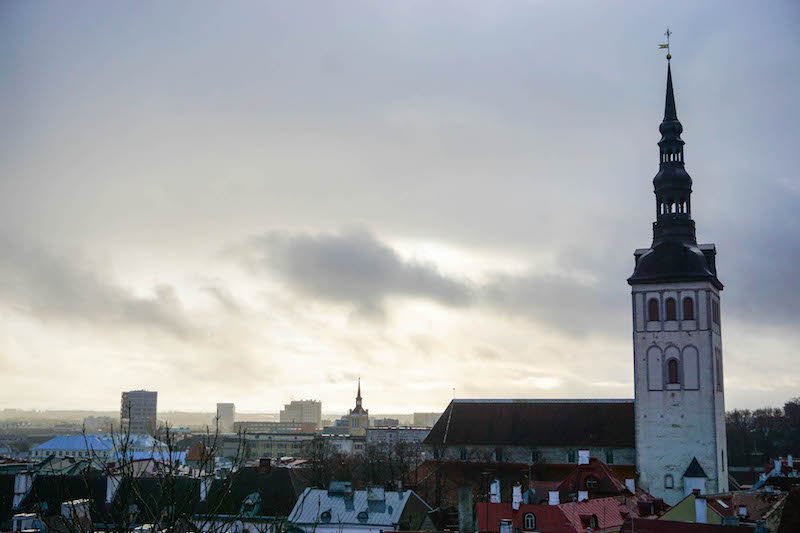
I’m a huge advocate of visiting Northern cities in the winter!
That’s why I have winter guides for Nordic capitals like Stockholm, Helsinki, and Copenhagen…
…. as well as Arctic cities like Rovaniemi, Abisko, and Tromso… whew, do I have a problem or what?
It may be an unpopular opinion, for sure – but bear with me.
In the winter, Tallinn’s Old Town becomes all the more beautiful.
Dustings of snow cradle the rooftops if you’re lucky (though we got unlucky and had a week of drizzly weather).
But I can’t help but agree that snow or no snow, Tallinn is one of the most romantic places to spend winter in Europe.
Spend time in a cozy Tallinn café.
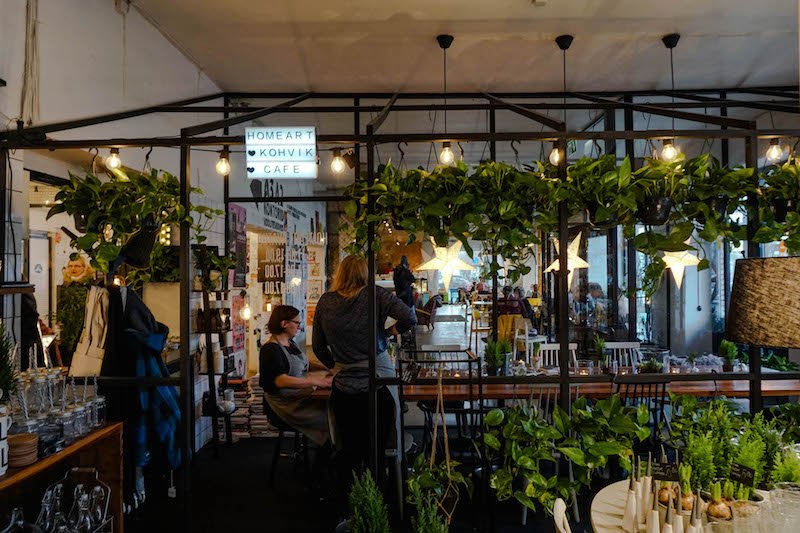
Tallinn in winter can occasionally be a bit bleak, with early sunsets, cold weather, and moody skies.
But there’s one perk of that: a fantastic coffee shop is never far away when you’re in Tallinn!
The already-cozy cafés, with their Nordic-inspired design, seem even more snug and warm when you look outside and see the snow-covered sidewalks you just escaped!
Soft lighting, cozy pillows and throws and expertly pulled espresso from some of Tallinn’s best coffee shops all beckon you to take a break from the Tallinn winter and warm up indoors.
My favorite coffee shop in Tallinn is Kohvik August, with its gorgeous streamlined decor, tasty brunch options, and delicious coffees served exactly the way you like it.
I also loved the coffee shops in Telliskivi Creative City – this one pictured above was part of a design shop, and it was a delightful place to escape from the cold for a bit!
Warm up with a steaming mug of glögg.

If you get cold while walking around a wintery Tallinn, a steaming cup of glögg (the Estonian word for the omnipresent mulled red wine, sold for 2 euros on the streets) will set you right.
A cup of glögg is like a delicious warm hug from the inside out — and you can buy a cup virtually anything downtown.
I decided when living in Prague in the winter that if a wine is served hot, it’s basically a breakfast beverage, like tea of coffee.
Therefore, it’s perfectly fine to drink a warm wine before noon!
So take that as a license to glögg to your heart’s content (I know I will).
Visit the lovely Lahemaa National Park and its unique bog.
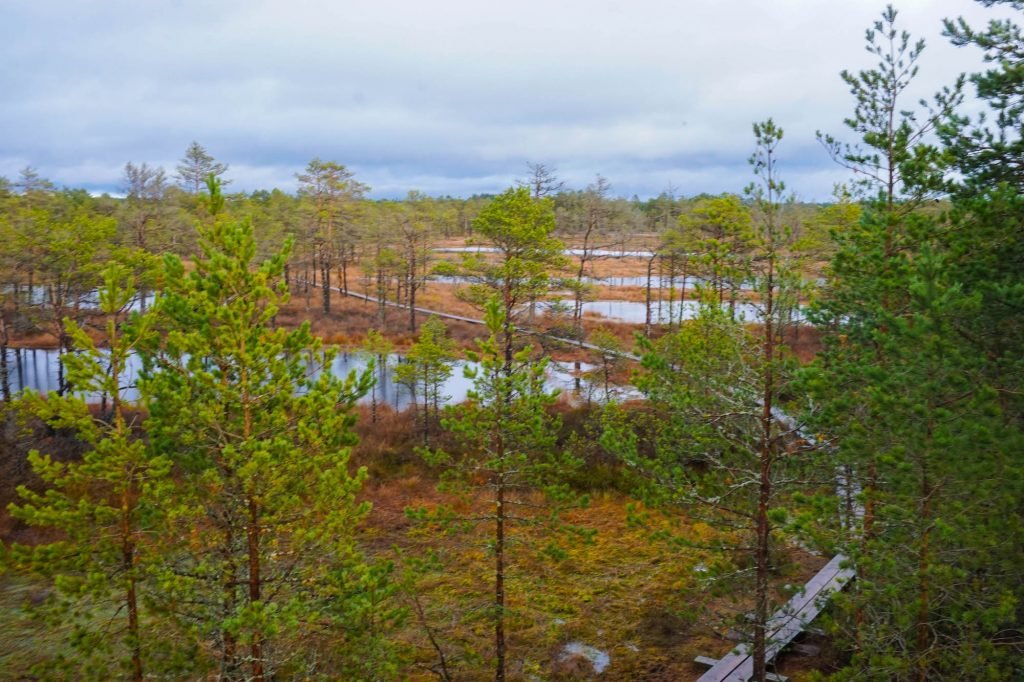
Less than a one-hour drive from Tallinn lies the captivating Lahemaa National Park, a must-visit if you want to see a bit of Estonia’s nature.
The park’s standout feature is the ancient Viru Bog, home to mosses that have thrived for over 3,000 years — bogs older than many modern religions!
For a touch of adventure, you can strap on snowshoes and traverse this fascinating landscape, which promises sheer delight — it’s the closest thing to walking on a natural waterbed you can imagine.
In the late fall and early winter, the bog’s moss morphs into deep, rich shades of rusty orange and crimson.
We had a rental car in Estonia so we drove and met our guide there for our visit to Viru Bog, but guided tours including transportation are also available for those who prefer not to drive abroad.
This tour departing from Tallinn brings you to Lahemaa with a few stops, including one at the spectacular Jägala Waterfall.
In addition to Lahemaa National Park and Viru Bog, you’ll also visit the charming Altia Village, which has maintained its pre-Soviet architecture and is a lovely example of a fishing village in Estonia.
After your walk in Lahemaa and Viru Bog, you’ll head back to Tallinn.
Explore Kalamaja, Tallinn’s hipster hub.
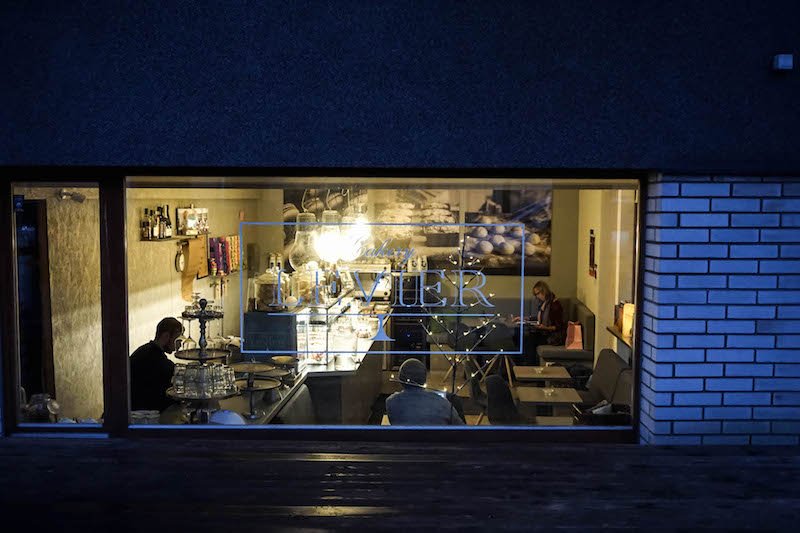
Breaking away from the Old Town, there’s still plenty of things to do in Tallinn outside the city center.
The bustling hipster neighborhood of Kalamaja is full of hidden gems and liveliness even in the winter.
Here, you’ll find groups of friends chatting in restaurants and bars all over the neighborhood.
The area of Kalamaja around Telliskivi Creative City is full of cafés and bakeries oozing hygge, that Danish buzzword that the world has simplified to mean “coziness.”
Check out some of Tallinn’s cool and quirky museums
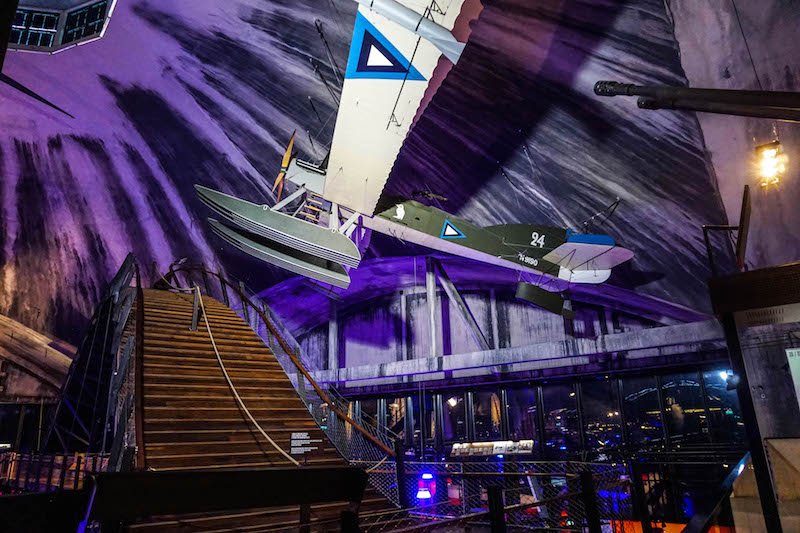
Despite my love for wintry destinations, I’m a Californian at heart and can’t stay outdoors in the cold for long.
To cope with the winter, one of my favorite things to do when traveling in cold weather is to spend my time getting my nerd on, holed up in various local museums — the quirkier, the better.
One of my favorite ways that I whiled away the Estonian winter was visiting the unique Seaplane Harbor Museum.
The museum is located just outside of hipster Kalamaja and is housed within an old seaplane hangar.
Before you roll your eyes at me for being the biggest nerd on the planet, it’s actually super awesome.
There are over 200 different artifacts to explore, including Estonia’s oldest ship to a real live submarine you can actually board.
The museum is incredibly interactive and surprisingly fun given the potential for the subject matter to be a bit dry — it really wasn’t!
Learn some history at the KGB Museum.

Not into seaplanes and all things maritime? OK, I guess I get that.
Luckily for those who visit Tallinn in winter, the city has a ton of amazing museums to choose from.
The KGB Museum located in the Viru Hotel is my favorite history museum in the city.
Personally, I’m a huge sucker for Soviet history, having studied 20th-century Russian history in college.
Due to my fascination with Central and Eastern Europe, this has — plot twist — actually proven to be one of the more relevant classes I took in undergrad.
During its forced annexation as part of the USSR in 1940, Estonia endured half a century under Soviet control.
During this era, tourism in Estonia was tightly regulated, and the only state-sanctioned hotel was Hotel Viru… which was operated by the Soviet travel agency, Intourist.
But that was just a front, as Hotel Viru actually served as a facade for Soviet espionage activities, with the KGB commandeering the entire 23rd floor.
Once it became clear that the USSR was bound to dissolve, the KGB operatives hastily evacuated, taking what they could and obliterating any remaining evidence of their covert operations.
Today, the Viru Hotel is home to the KGB Museum, showcasing an array of Soviet-era artifacts including propaganda, uniforms, surveillance equipment (even ingeniously hidden in dinner plates), and documents.
Led by an expert docent, it’s a fascinating way to experience this part of Estonia’s history almost firsthand, reliving it through the artifacts and imagining what actually took place in these rooms.
Admire the epic views from atop the Viru Hotel.
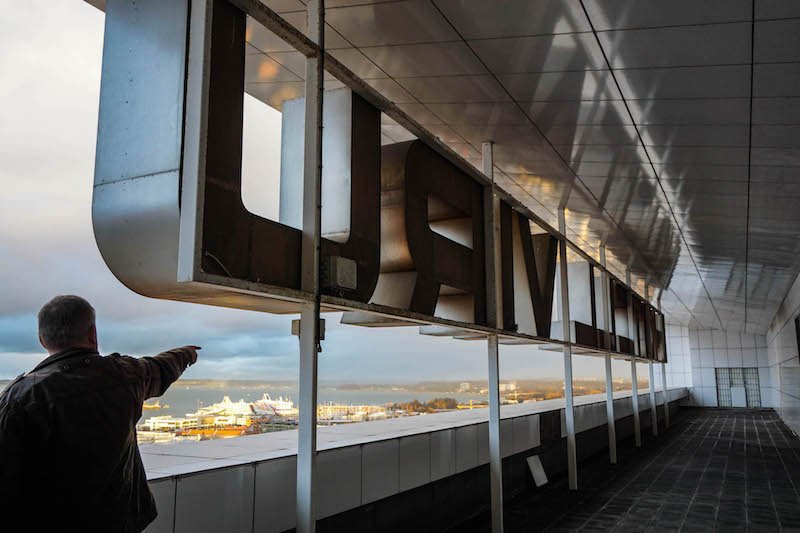
Visiting the KGB Museum is a two-for-one experience because not only do you get to see one of the coolest museums in Tallinn, you also get one of the best views!
Since the KGB operations took place on the 23rd floor, the museum is located there… which also means you get to take a walk on the panoramic terrace and admire the views from 23 floors up!
And since Tallinn is a relatively small city with not a lot of skyscrapers, that means you get a pretty sweeping view.
In a way, the Viru Hotel is similar to observation decks in NYC in terms of perspective of how high you are vs. the rest of the city below you.
Admire the winter views from Tallinn’s funky TV Tower.

For another fantastic view, don’t miss the Tallinn TV Tower.
It dates back to the Soviet era and their strange fascination with massive TV towers as a show of strength (and control).
Still to this day, it is one of the tallest constructions in all of Estonia.
It offers fantastic views over the city from a different perspective slightly outside the city center.
Visit the Alexander Nevsky Cathedral.

Not to be confused with the cathedral of the same name in Sofia, Bulgaria, Tallinn’s Nevsky Cathedral is much smaller and humbler, but just as lovely.
Crowned atop Toompea Hill, the Alexander Nevsky Cathedral is a marvel of 19th-century architecture in the Russian Orthodox style.
Known for its white-and-taupe color, its iconic black onion domes, and its gilded Orthodox crosses, the cathedral perched atop a hill punctuates Tallinn’s skyline, beckoning visitors from afar.
Step inside to admire the opulence that is Russian Orthodox churches: gold gilding, ornate mosaics, chandeliers, and all sorts of religious iconography.
Travel back in time at the shops of St. Catherine’s Passageway.

A hidden nook amidst all the crannies of Tallinn’s Old Town, St. Catherine’s Passage is a wonderful relic of Tallinn’s past and a perfect place to kill some time on a winter day.
Once home to a convent that was also a hub of education, its cobblestone path still exudes a historic authenticity truly untouched by time, an easy highlight in Tallinn’s Old Town.
Like much of Tallinn’s old town, the architectural integrity of this passage has been preserved beautifully.
What makes St. Catherine’s Passage particularly special is that it’s still home to many quaint boutiques that sell local handicrafts, apparel, and gifts, staying true to its artisan past.
Eat a hearty medieval-style meal at Olde Hansa.

I can admit when I’m wrong: Olde Hansa wasn’t initially on my radar.
I mistakenly assumed this medieval-themed restaurant was more gimmick than gastronomy, which isn’t my go-to dining style.
However, based on a recommendation, I decided to give it a shot — and the food was one of the best surprises I could expect on a cold Tallinn winter day!
The ambiance and menu transported me straight into a scene from Game of Thrones, where it wouldn’t have been out of place to The Hound feasting beside me.
With an array of medieval dishes, including an impressive selection of wild game delicacies like bear, boar, and elk sausages, it’s a treat for those looking to expand their palates.
Try more refined Estonian dining around the city.
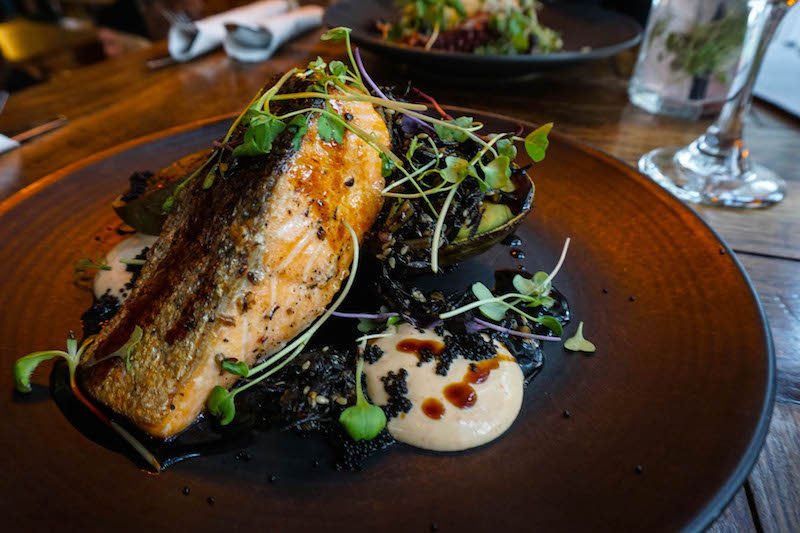
While I enjoyed Olde Hansa a lot, I have to say I preferred sampling all the lovely new styles of Estonian food that creative chefs around the city are putting out there.
One of the best restaurants I tried was F-Hoone, located right next to Telliskivi Creative City.
I loved my tasty dish of salmon with baked avocado, crunchy tobiko eggs, and a perfectly-textured seaweed salad.
My friend also had seafood, but her dish had a more Mediterranean spin as opposed to the Japanese-inspired fare I had: a deliciously cooked octopus atop a bed of spinach orzotto.
Other restaurants I loved were Lee Restoran with its fantastic Estonian black bread (the best bread on the planet, sorry Paris!) and Paju Villa (located outside the center, but worth the trip).
Check out the Kumu, aka the Estonian Art Museum.

For art geeks, check out the Kumu (shorthand for Eesti Kunstimuuseum in Estonian, which simply means Estonian Art Museum) just outside the city center.
It’s located just outside of Kadriorg Park and it’s a great way to get an idea of Estonian history and expression, all shown through centuries of art.
During my visit, the museum had a great temporary exhibits, which demonstrated how the 70s hippie movement in America influenced from the perspective of artists in Soviet-era Estonia.
There was another great contemporary exhibit, focused on travel and human migration, showing Tallinn’s forward-thinking approach to multiculturalism.
You can buy tickets online here to skip the lines at the museum.
Explore Kadriorg Park and its palace.

Kadriorg Palace stands as a testament to 18th-century Russian architecture, commissioned especially for Catherine the Great.
Over the years, it has served many roles: a home to the Russian royalty, a summer abode for Estonian leaders, and the official residence of Estonia’s first president.
Today, it’s none of the above: rather, its hallowed hallls now house a segment of the Art Museum of Estonia (focusing on foreign art from the 16h century onward).
The entrance fee is separate from the Kumu and costs 9 Euros — check the website here.
Bonus points for Kumu and Kadriog Park: I had the best pastry in all of Estonia at the nearby Gourmet Coffee, with a perfect flat white to boot.
Check out Tallinn’s beer scene.

Even in winter, Tallinn’s nightlife scene goes on, though admittedly it is more laid-back than in the summer.
But it’s not so much about clubs and cocktails. Rather, craft beer is a big deal in Estonia!
At night, you’ll find lots of people enjoying Estonia’s most creative new brews at hip bars around the city.
The bar scene is especially vibrant in the Kalamaja and Telliskivi areas.
If you’re a fan of craft beer, you’ll want to check out my friend Megan’s craft beer guide to the city!
Photograph the city in beautiful golden and blue light.
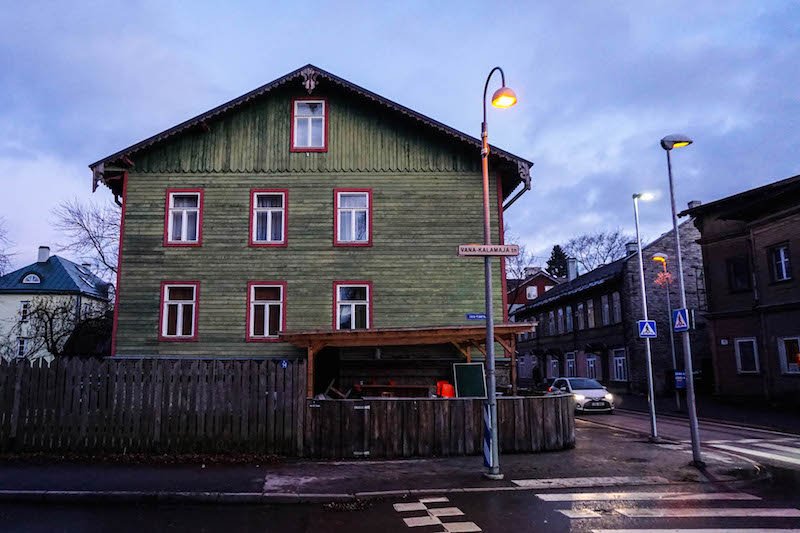
Even though the sun sets at 3:30, the joy of that is that the late afternoon light seems to last that little extra bit longer.
Plus, the blue hour feels just a little bit brighter somehow, and it settles into night more slowly.
Admittedly, with only a few hours of daylight, you have to use your time wisely in the winter.
But for me, who procrastinates way too easy, that’s part of the joy of winter in the Nordic region.
You start approaching each day with a plan, relishing those few moments of sunshine, always finding the beauty even in the liminal moments of twilight.
Eat and explore Balti Jaam, Tallinn’s largest indoor market.

Balti Jaam Market used to be a Soviet-style greenmarket back when Estonia was part of the USSR.
Recently, it’s taken on a vibrant new life of its own – one that likely would have been unthinkable three decades ago.
International is the name of the game here now!
You’ll find fluffy bao buns and other street food, funky dog-friendly bars, vegan vendors, and fresh organic produce.
Basically, Balti Jaam Market is a hipster mini-mecca, and it’s a good sign of where Estonia is heading in the years to come.
As it’s almost entirely indoors, it’s a great way to while away an hour or two in Tallinn in winter to warm up and escape the cold!
Take a day trip to Helsinki.

If you’re planning a trip to Tallinn and don’t have Finland later on your itinerary, I strongly suggest doing a day trip to Helsinki (you can do it independently by ferry — buy your roundtrip tickets here!)
Yes, these two capital cities are so close that it’s a mere 2-hour ferry ride between them, making it an easy day trip.
Helsinki is a fantastic winter destination in its own right.
But if you don’t have a few days to dedicate to Helsinki (or if budget is a concern, as Helsinki is about twice the price of Tallinn), a day trip is a perfect middle ground.
If you just have one day to see Helsinki at your own pace, here’s what I suggest.
See the modern Helsinki Cathedral and eat your way through its delicious covered market hall.
Take a boat out to visit the fortress on an island, Suomenlinna, check out a public sauna (and jump into the icy sea if you’re brave), and marvel at the Christmas markets if your trip lines up!
Where to Stay in Tallinn

Budget: Fat Margaret’s
Tallinn is a popular destination with backpackers along with the other Nordic capitals, so you won’t have any trouble finding a hostel in Tallinn.
Fat Margaret’s is one of the top choices for hostels, with dorm beds around $20 per night.
Private rooms are also available and offer a great deal for a central location just outside the Old Town and close to the port and Kalamaja.
If I was traveling solo to Tallinn it’d be my top choice – it has a sauna and an indoor pool – virtually unheard of for a budget choice!
Mid-range: Taanilinna Hotell
There’s a lot of selection in the mid-range budget tier, as this is where most hotels in Tallinn fall.
Design is really important in Estonia, so its boutique hotels are next level.
One of the nicest boutique hotels is Taanilinna Hotell, which has beautiful rustic details, bright interiors with gorgeous light, wood-beamed ceilings, and cozy rooms.
It’s also right in the Old Town so the location can’t be beat.
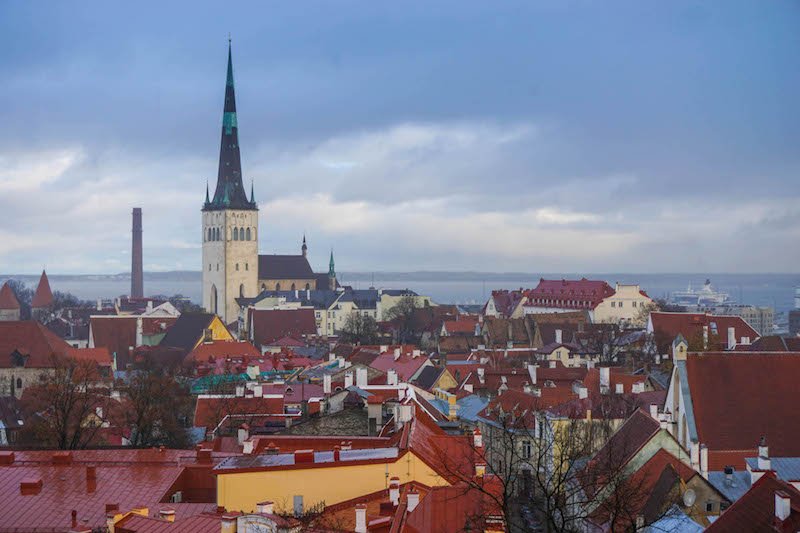
Luxury: Savoy Boutique Hotel
Nestled in the heart of Tallinn’s Old Town, Savoy Boutique Hotel is an intimate but luxurious property, part of the Rixwell Collection.
It’s all about details: generous amenities like soft robes and welcome fruit, tasteful art deco designed rooms, and an in-house restaurant everyone loves.
Allison Green is a former teacher who has been travel blogging since 2016. She has a Masters in Teaching and a B.A. in English and Creative Writing. Her blog posts merge her background as an educator with her experience traveling to 70+ countries to encourage ethical, meaningful travel. She has been a speaker at the World Travel Writers Conference and her writing, photography, and podcasting work has appeared in National Geographic, CNN Arabic, CBC Canada, and Forbes, amongst others. Now a full-time traveler, she has lived in Prague, Sofia, New York City, and the San Francisco Bay Area.
